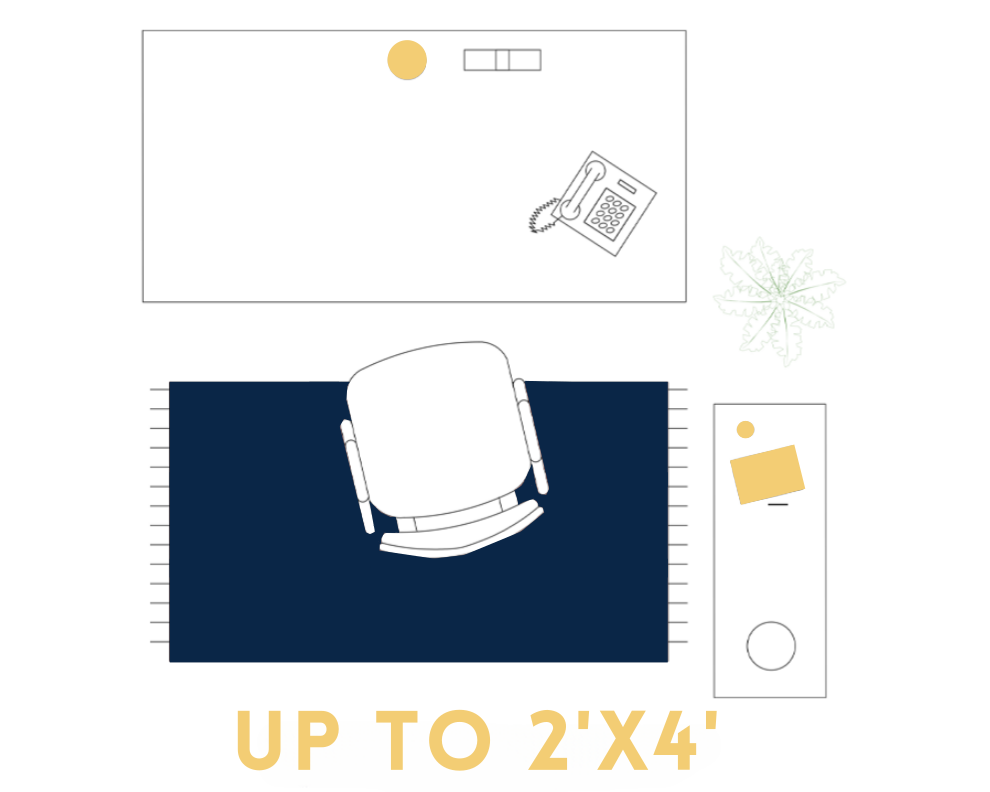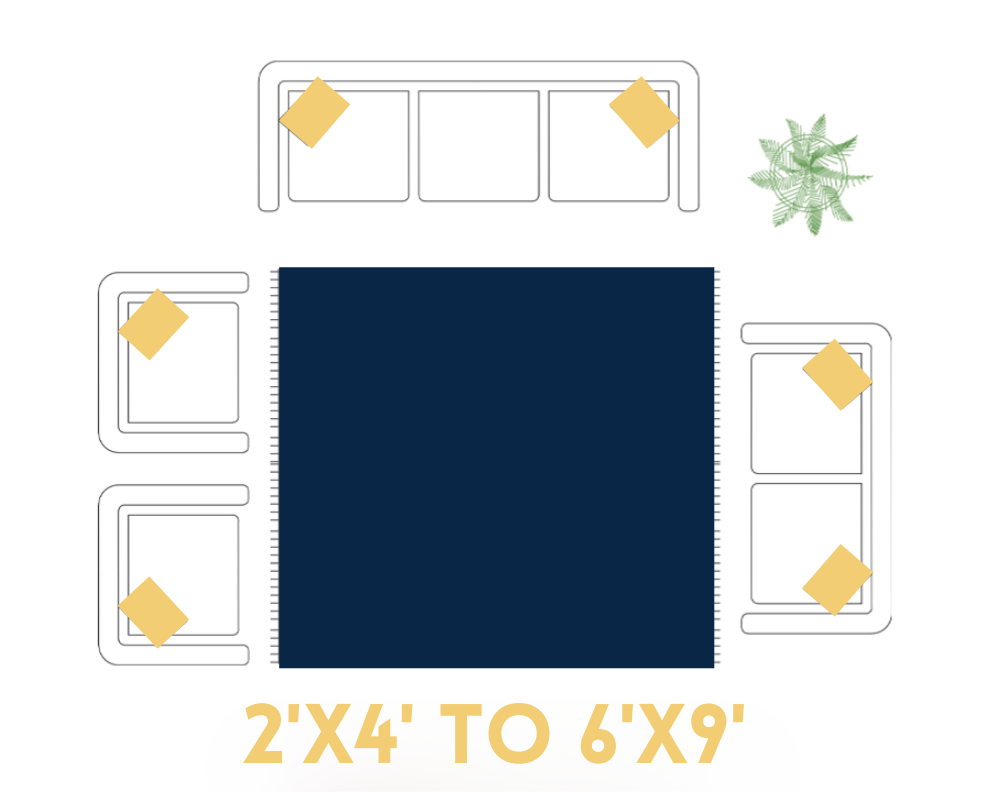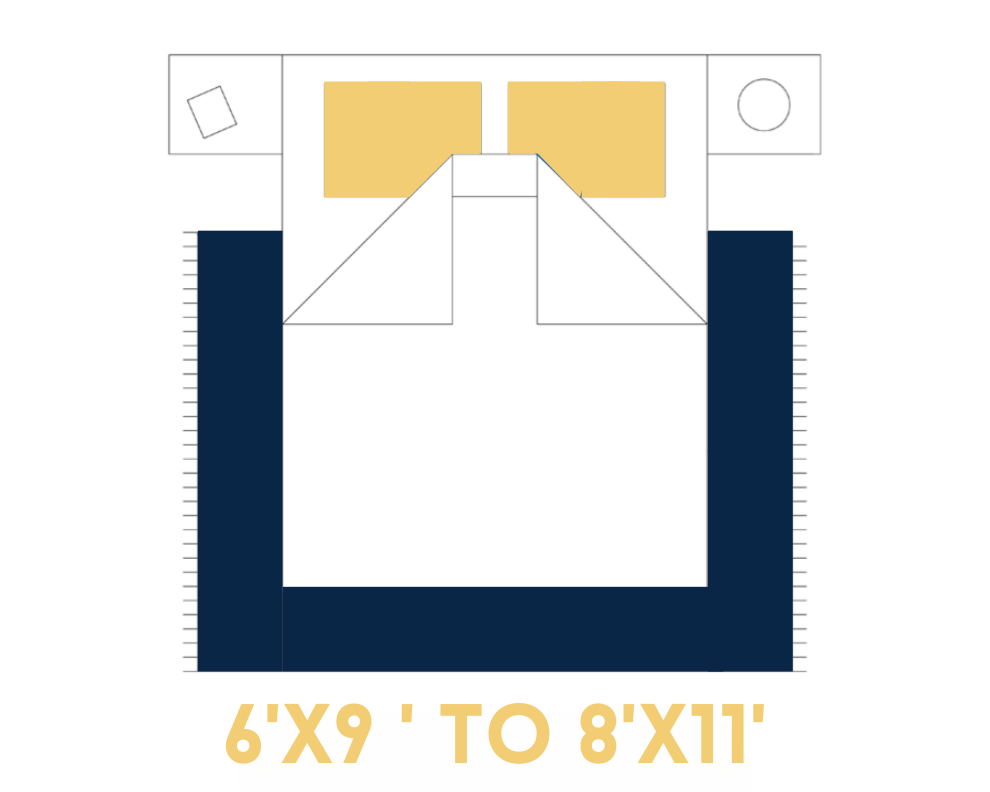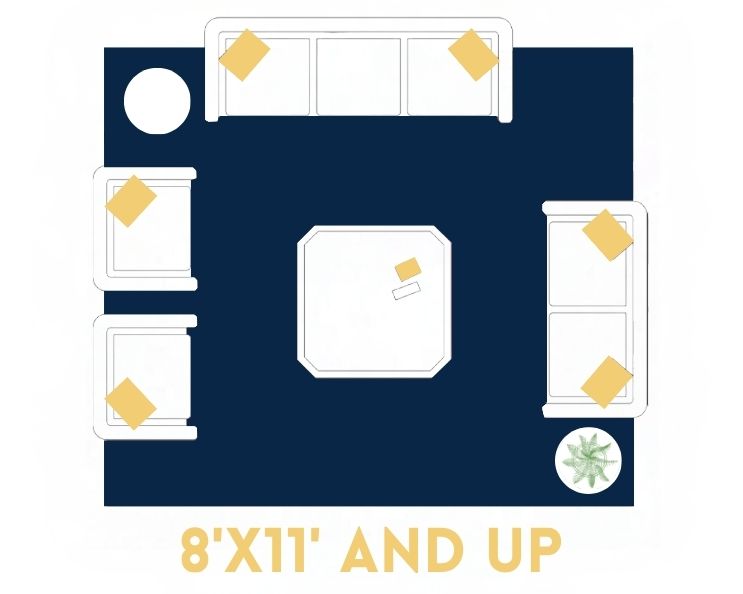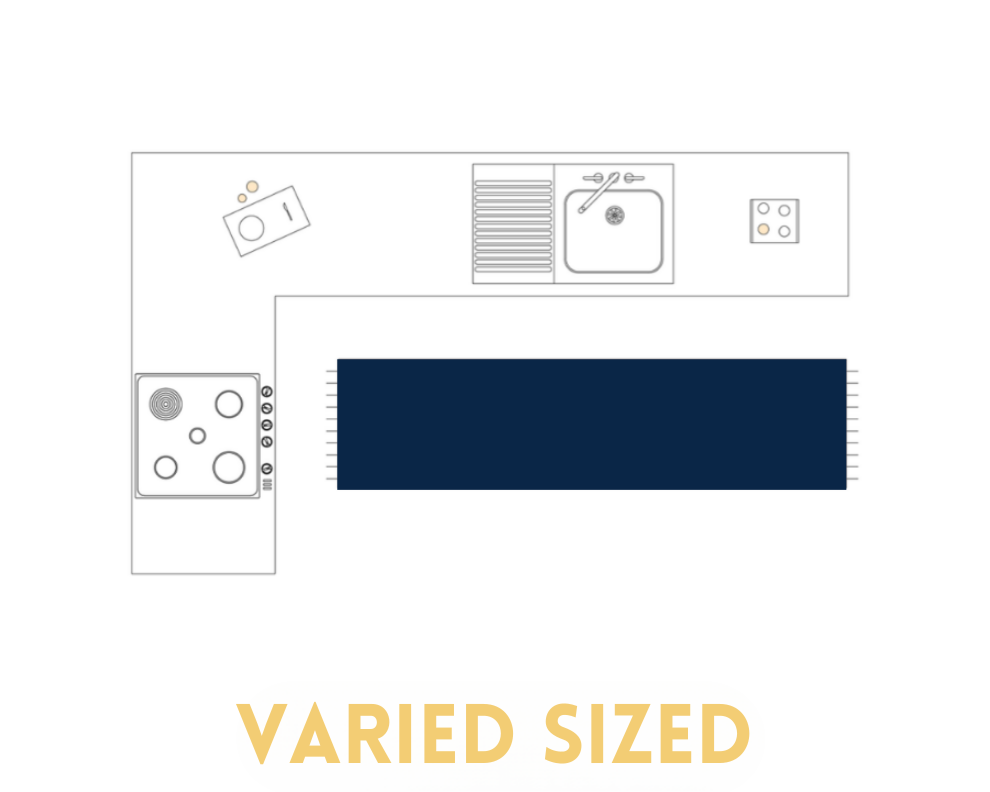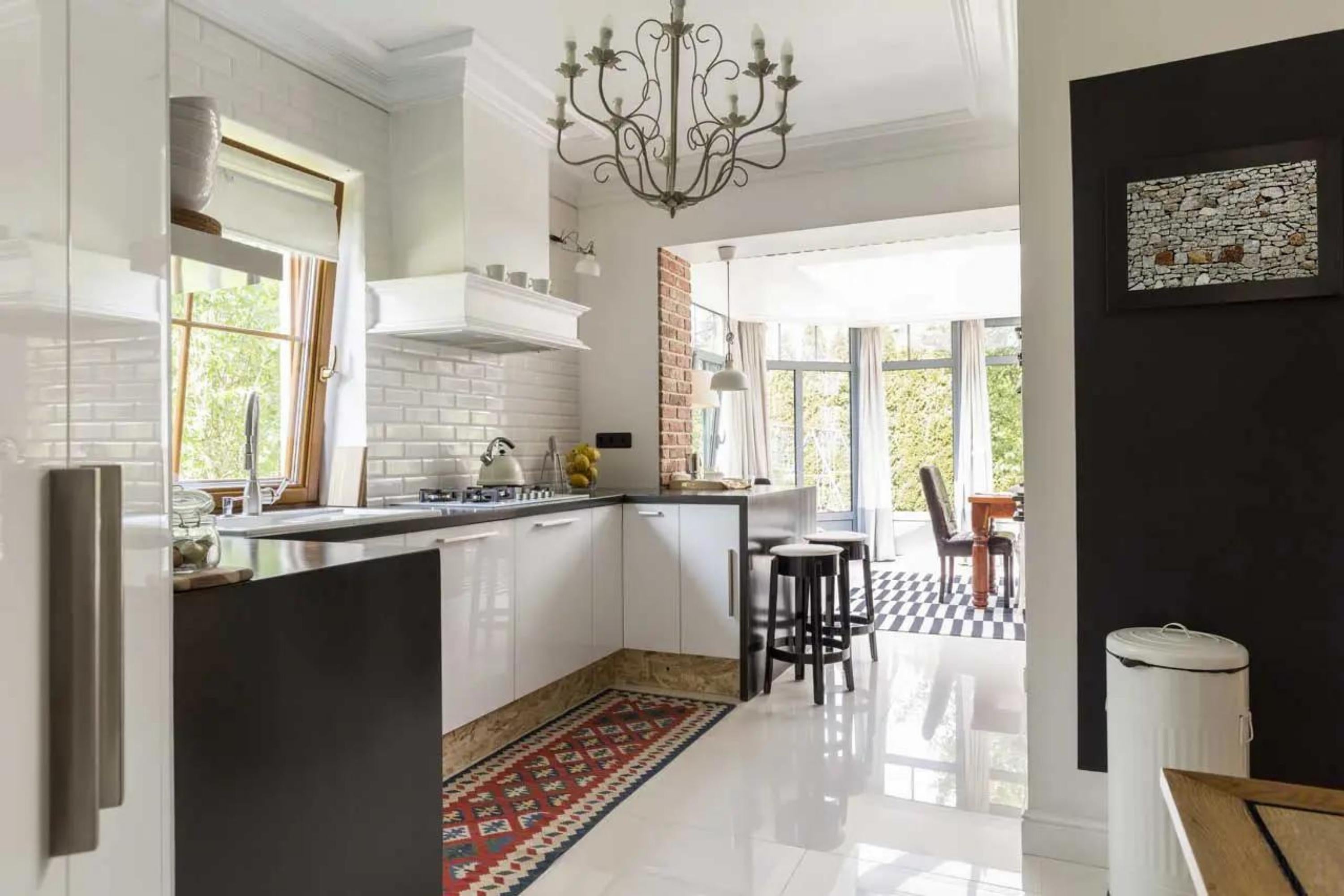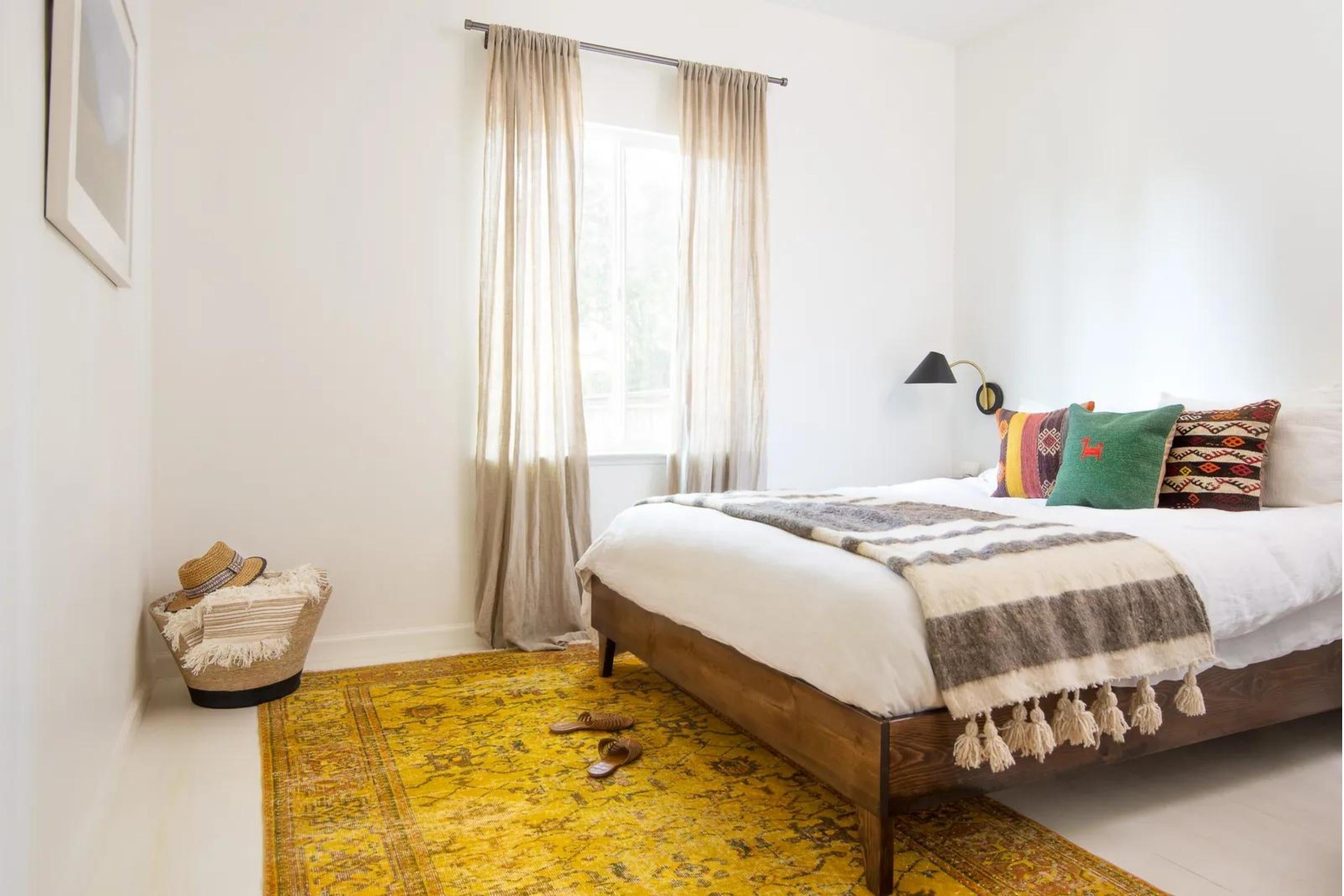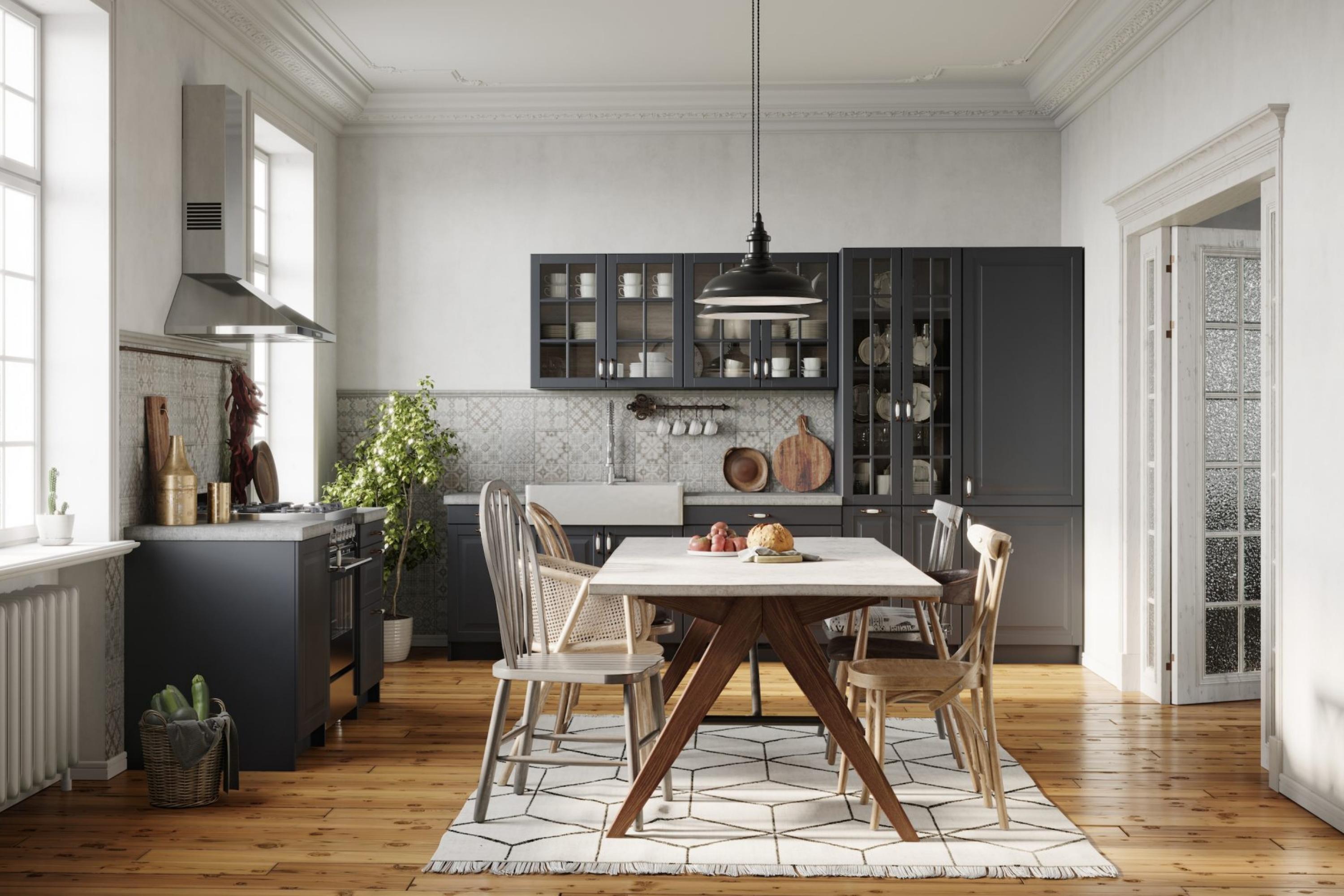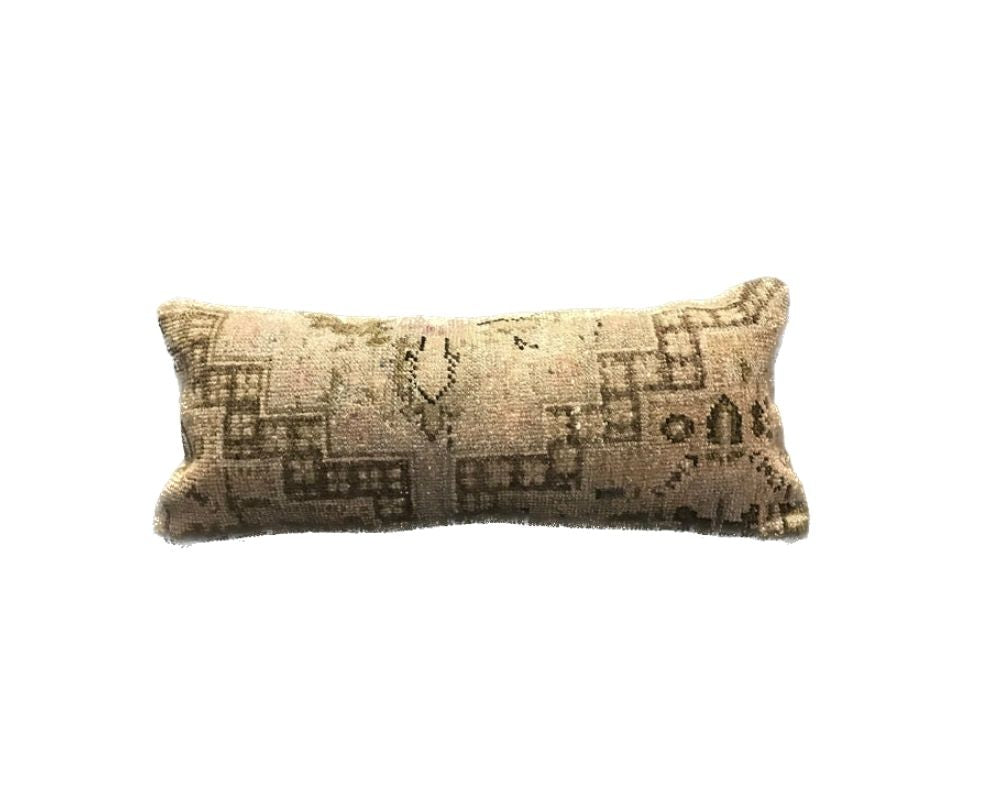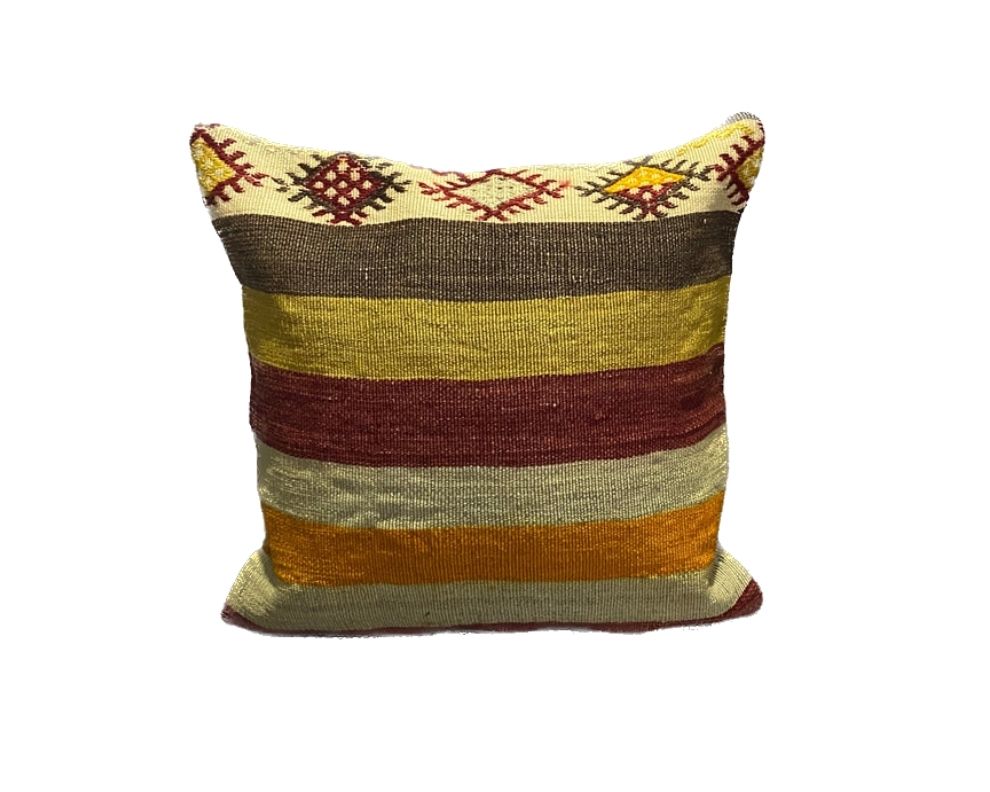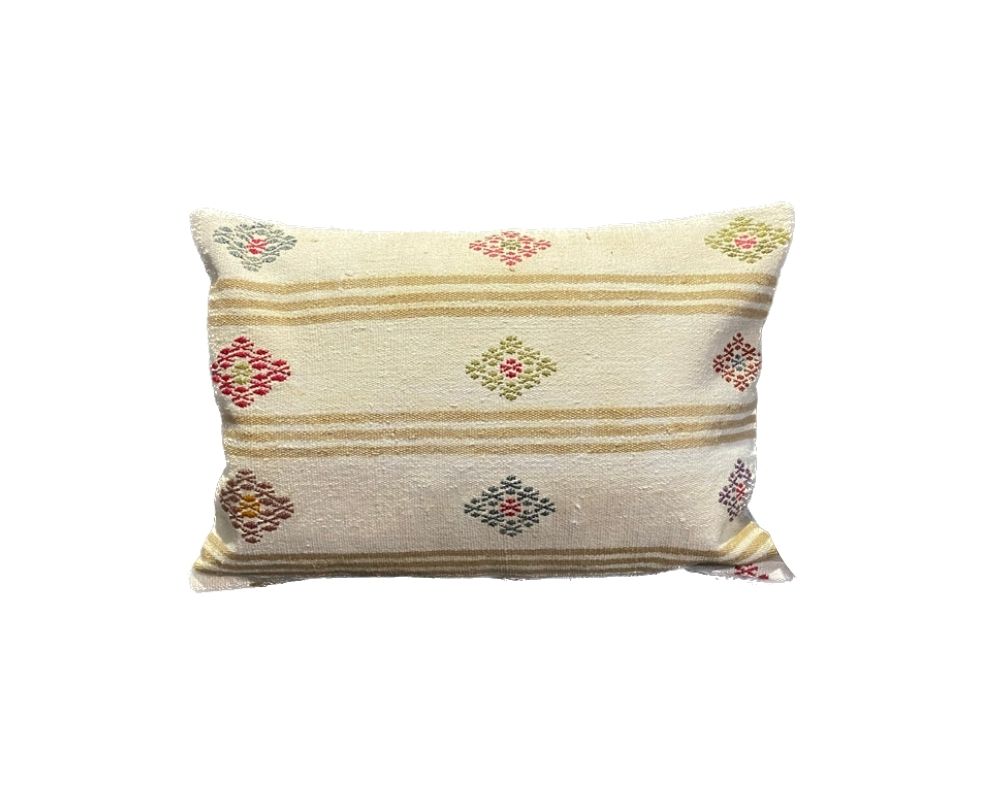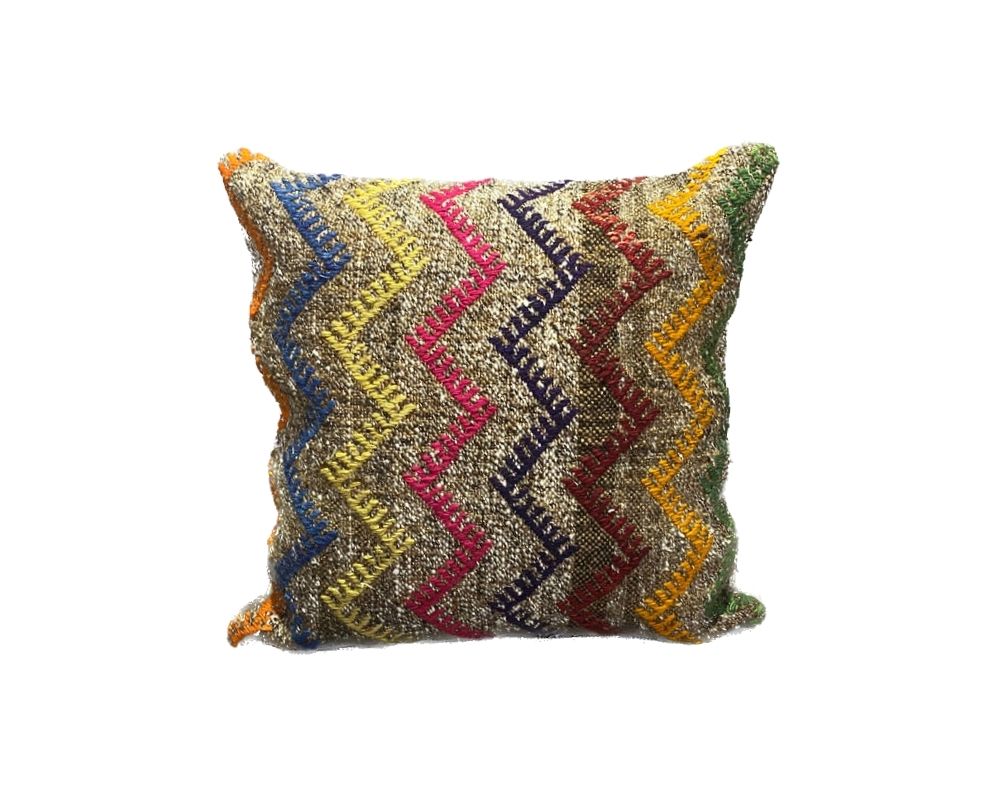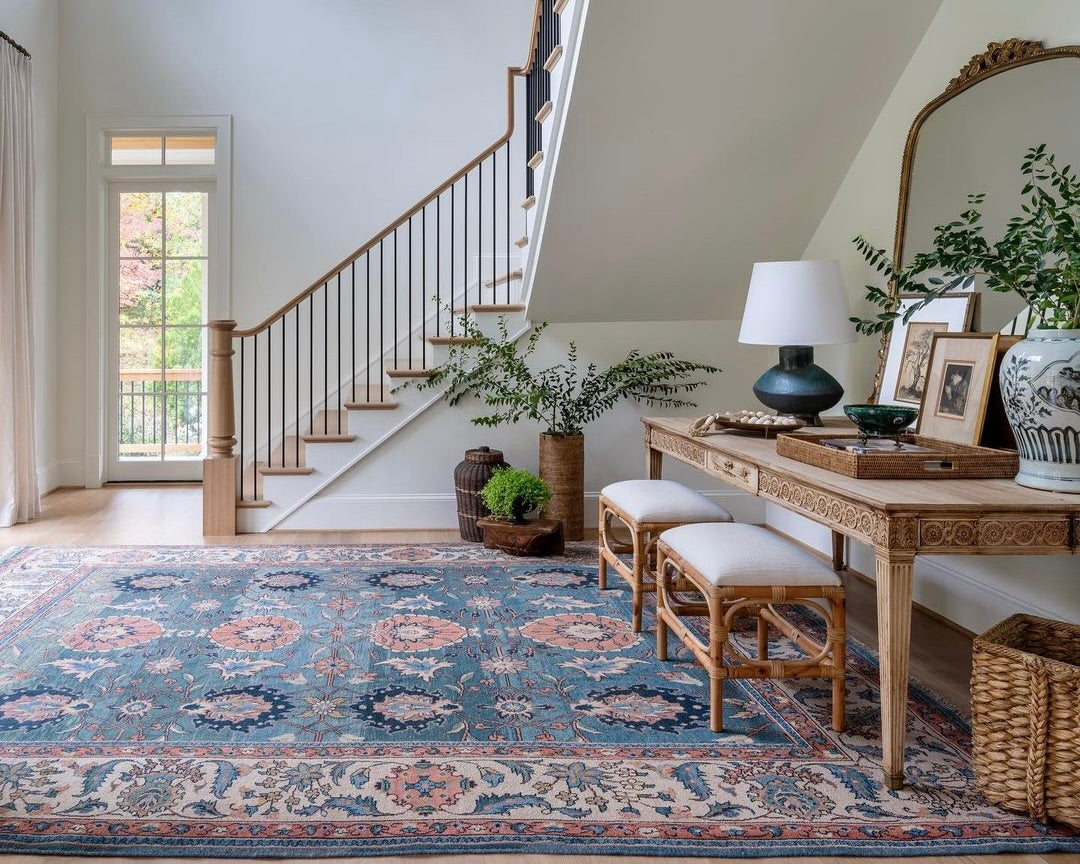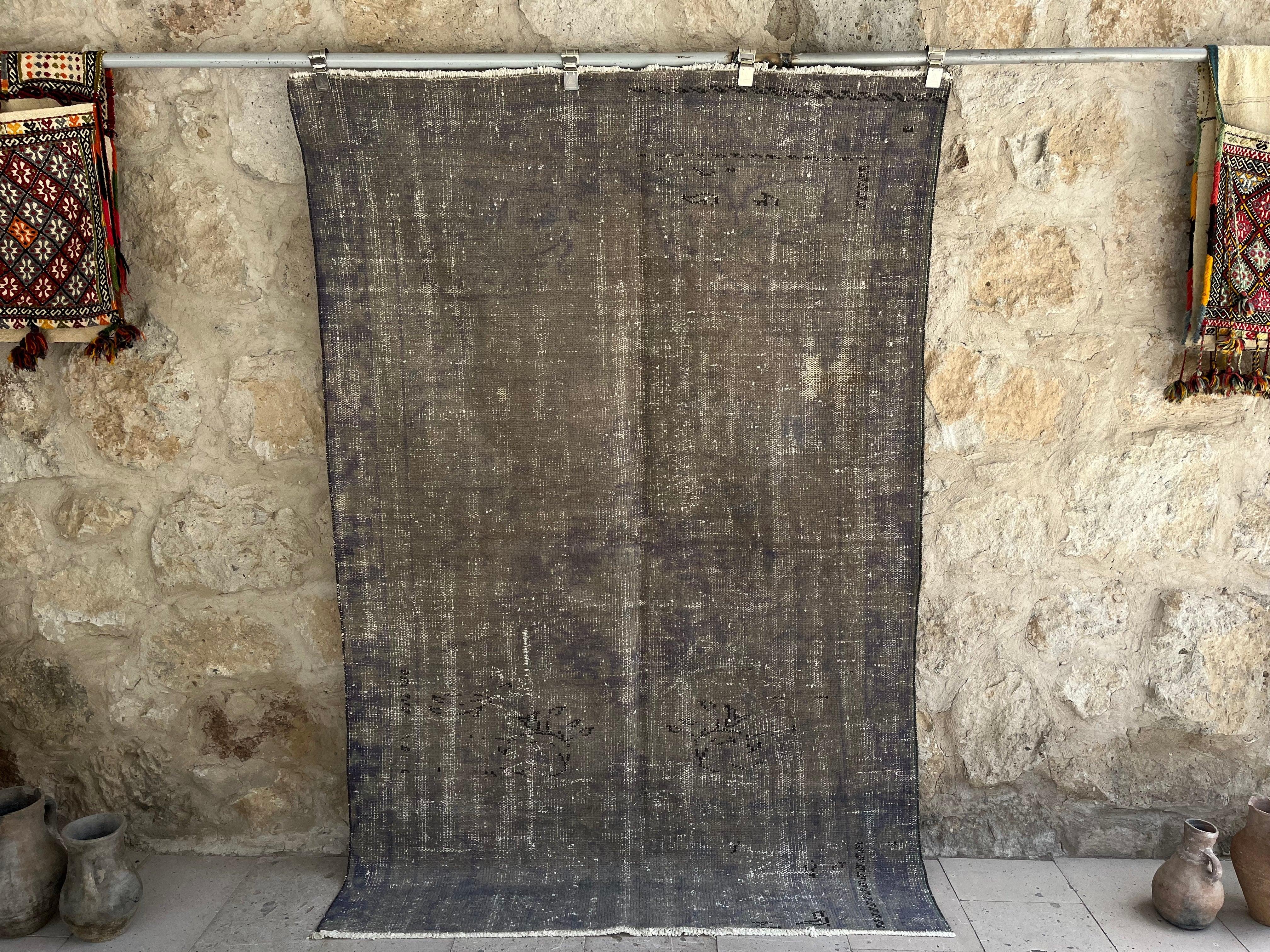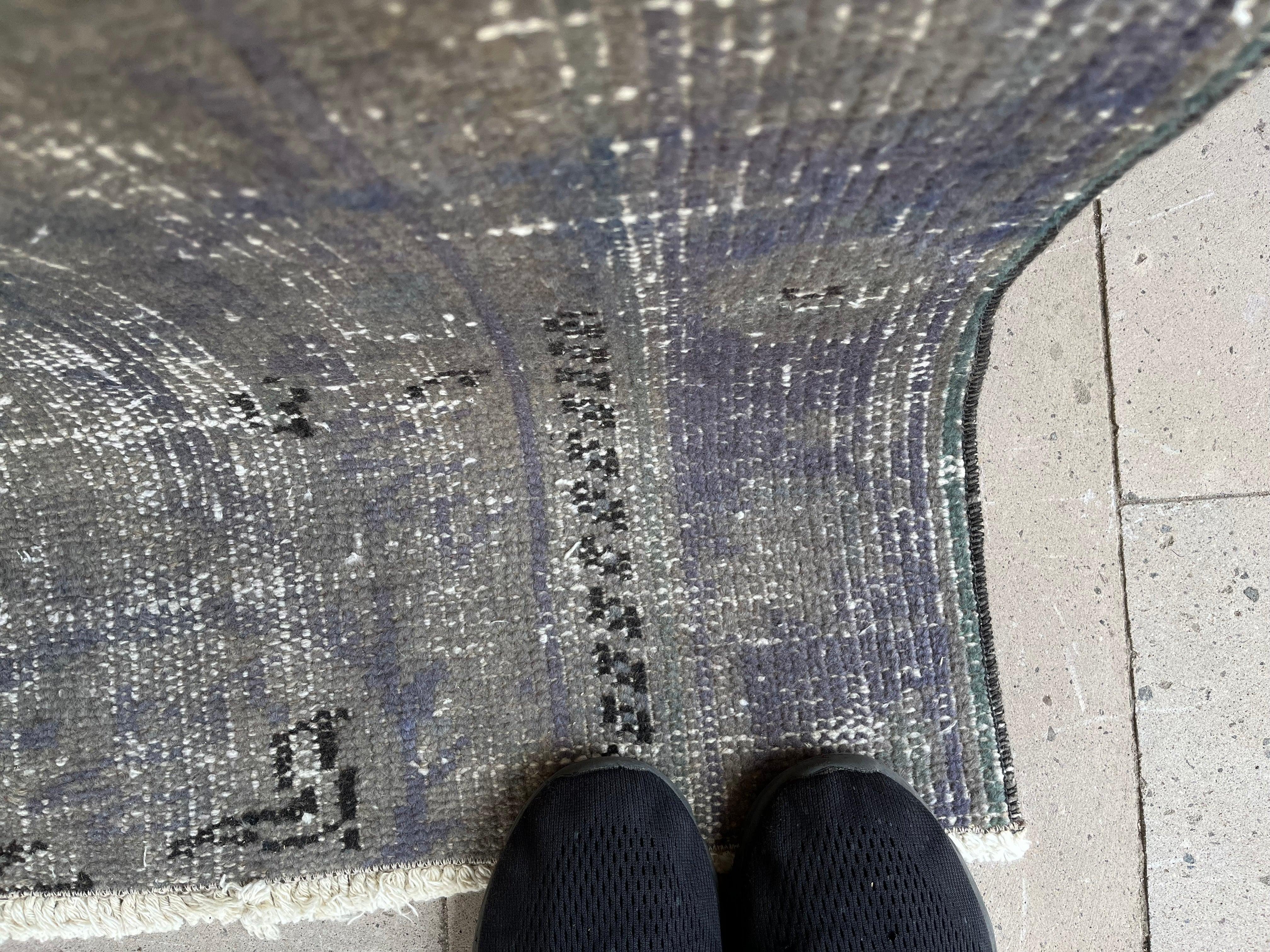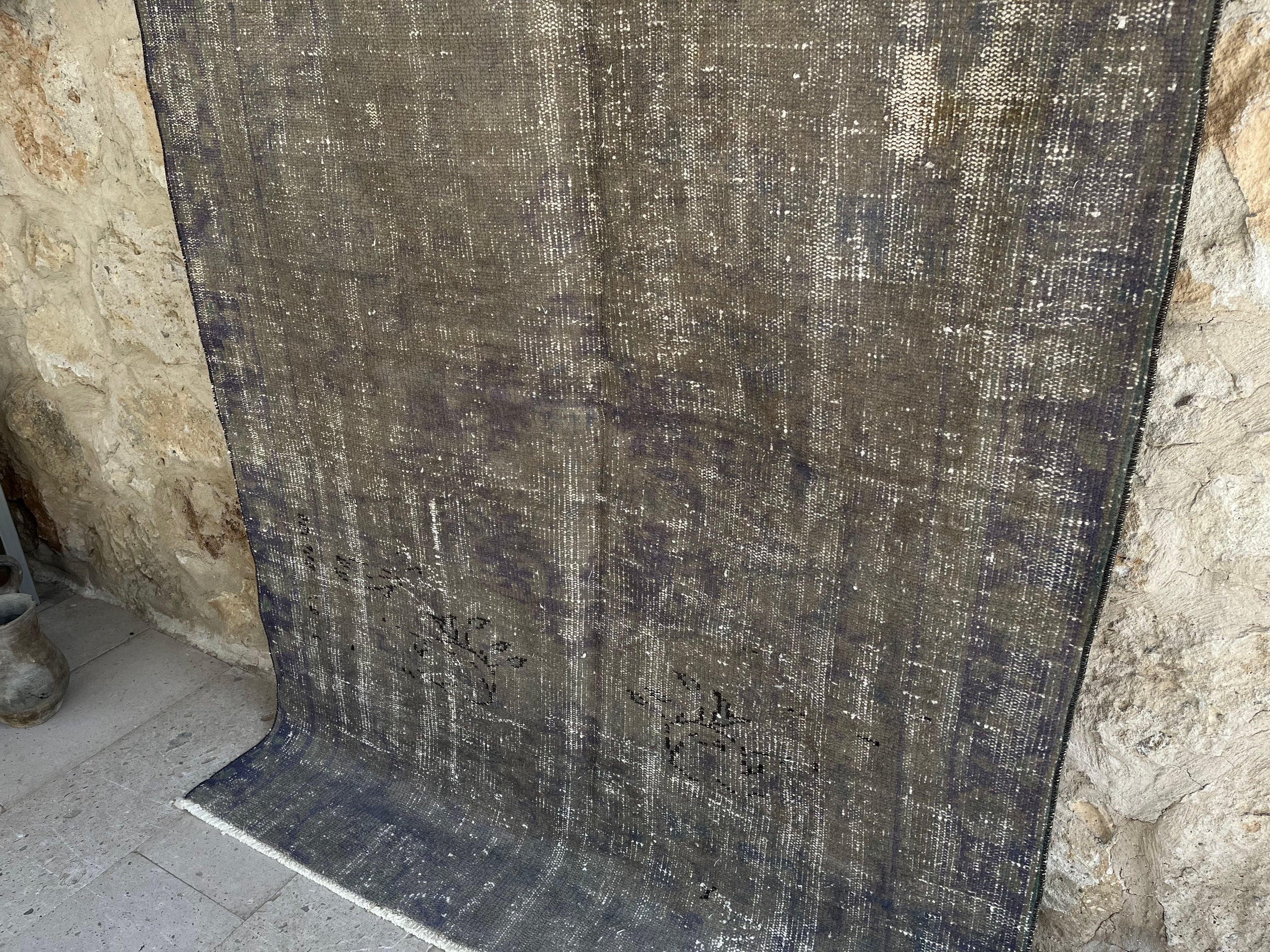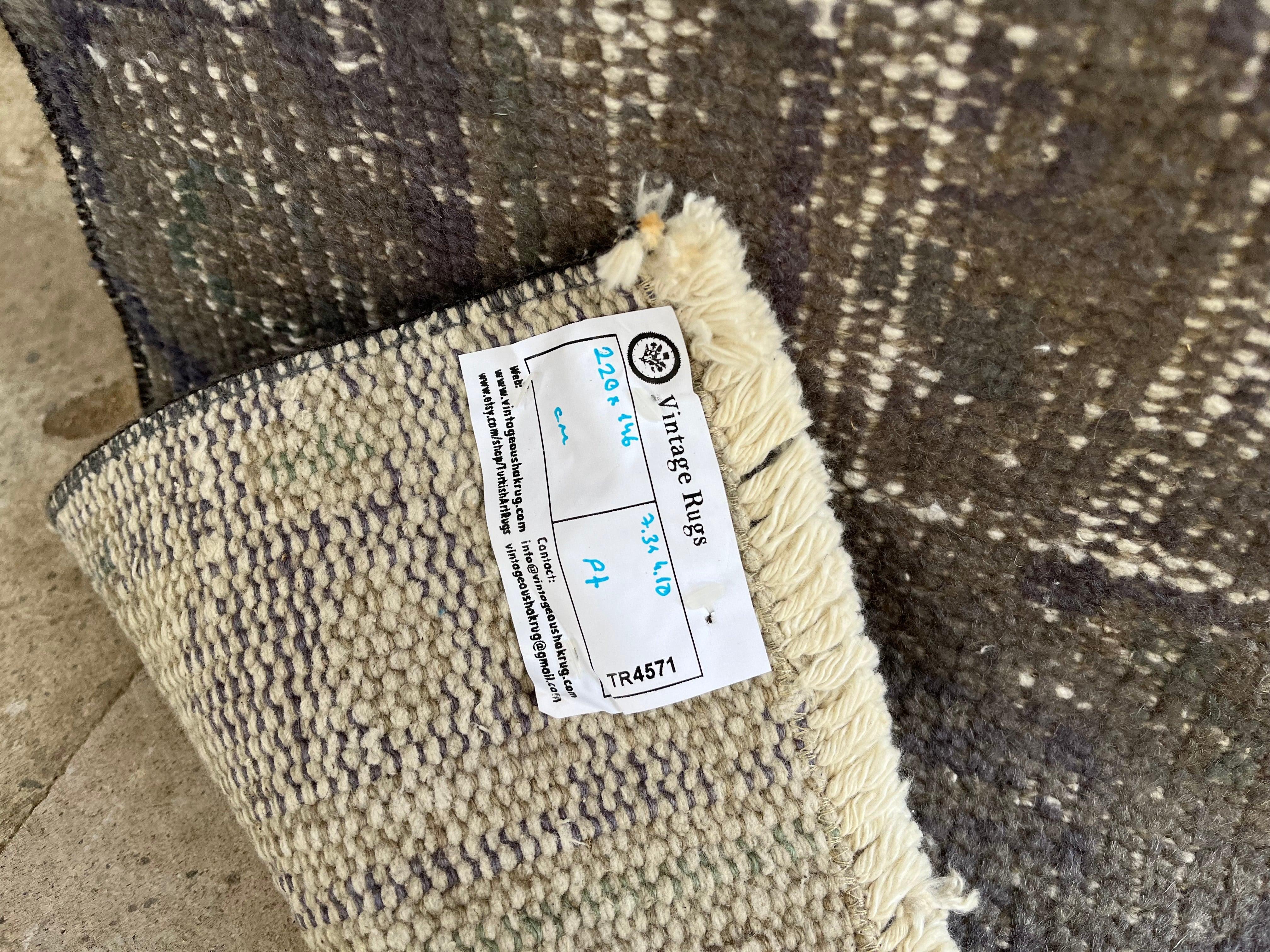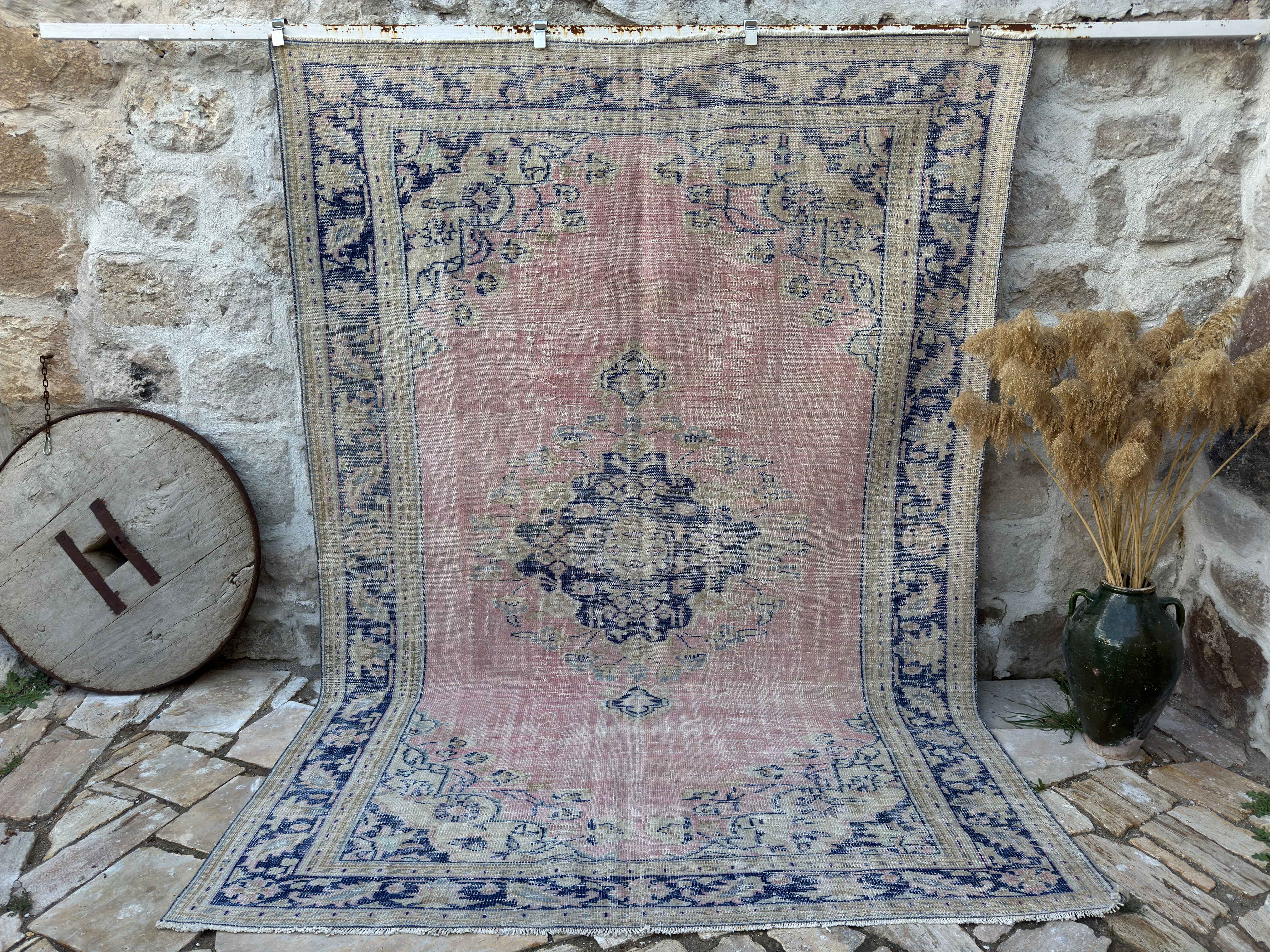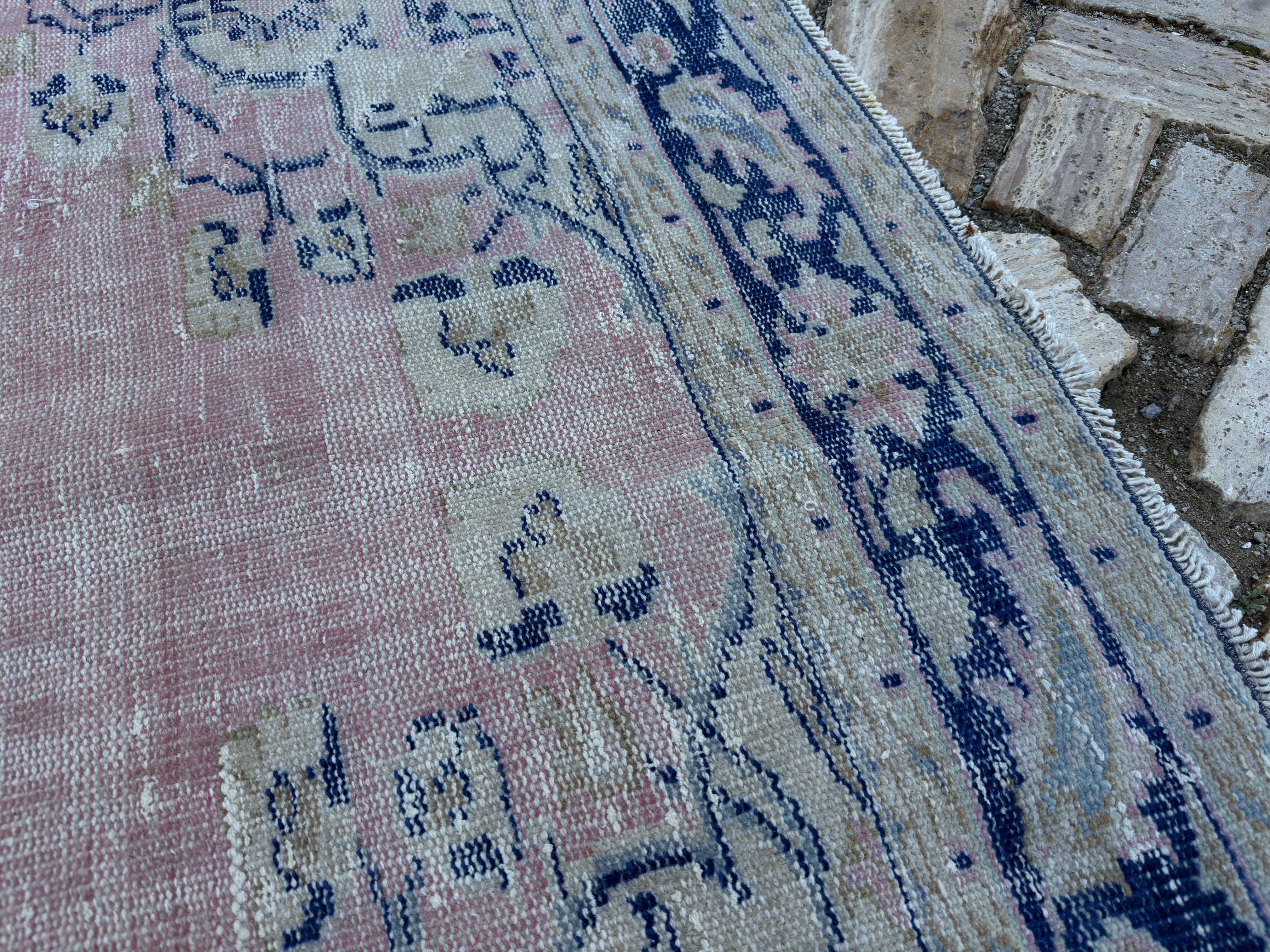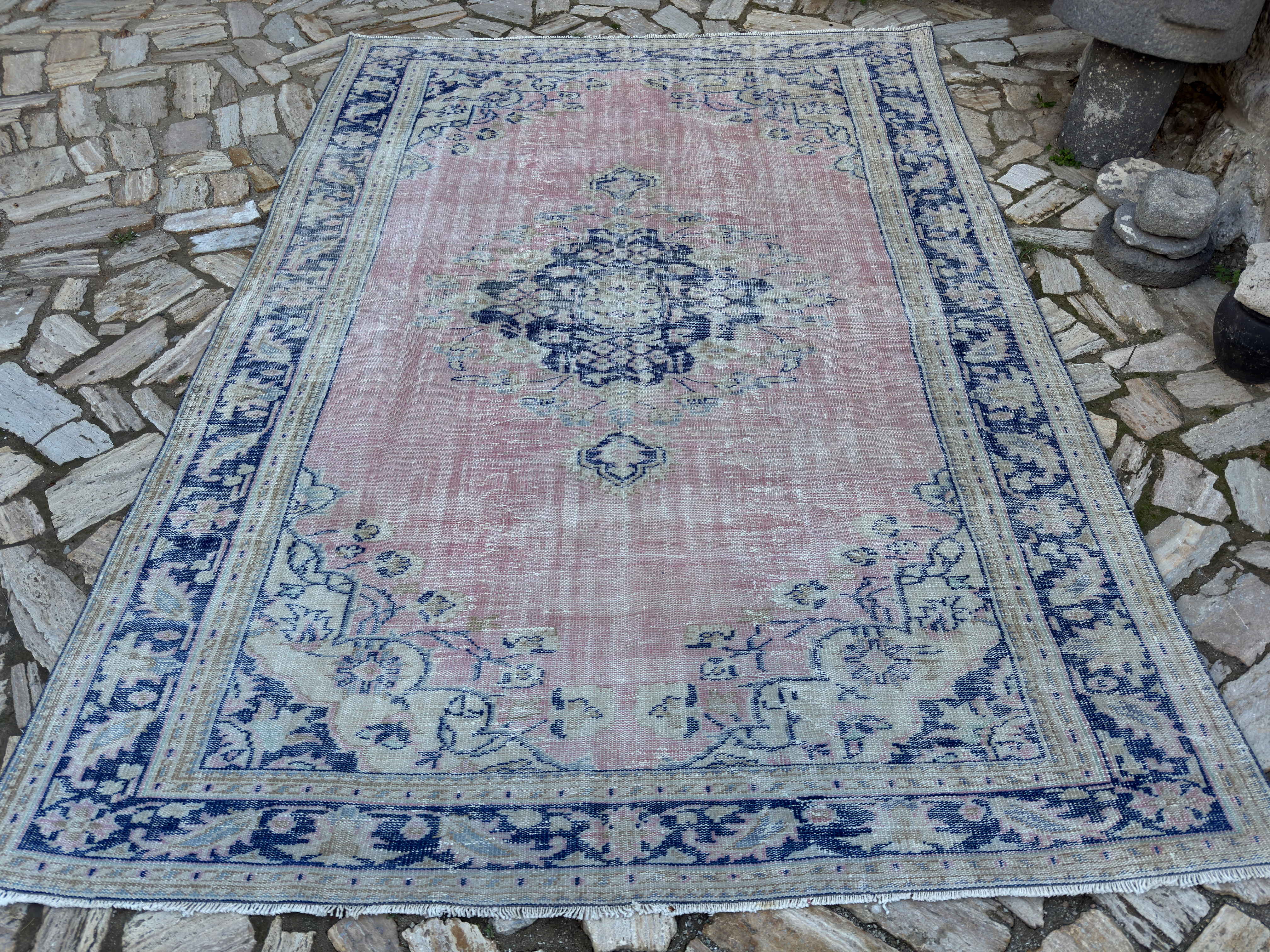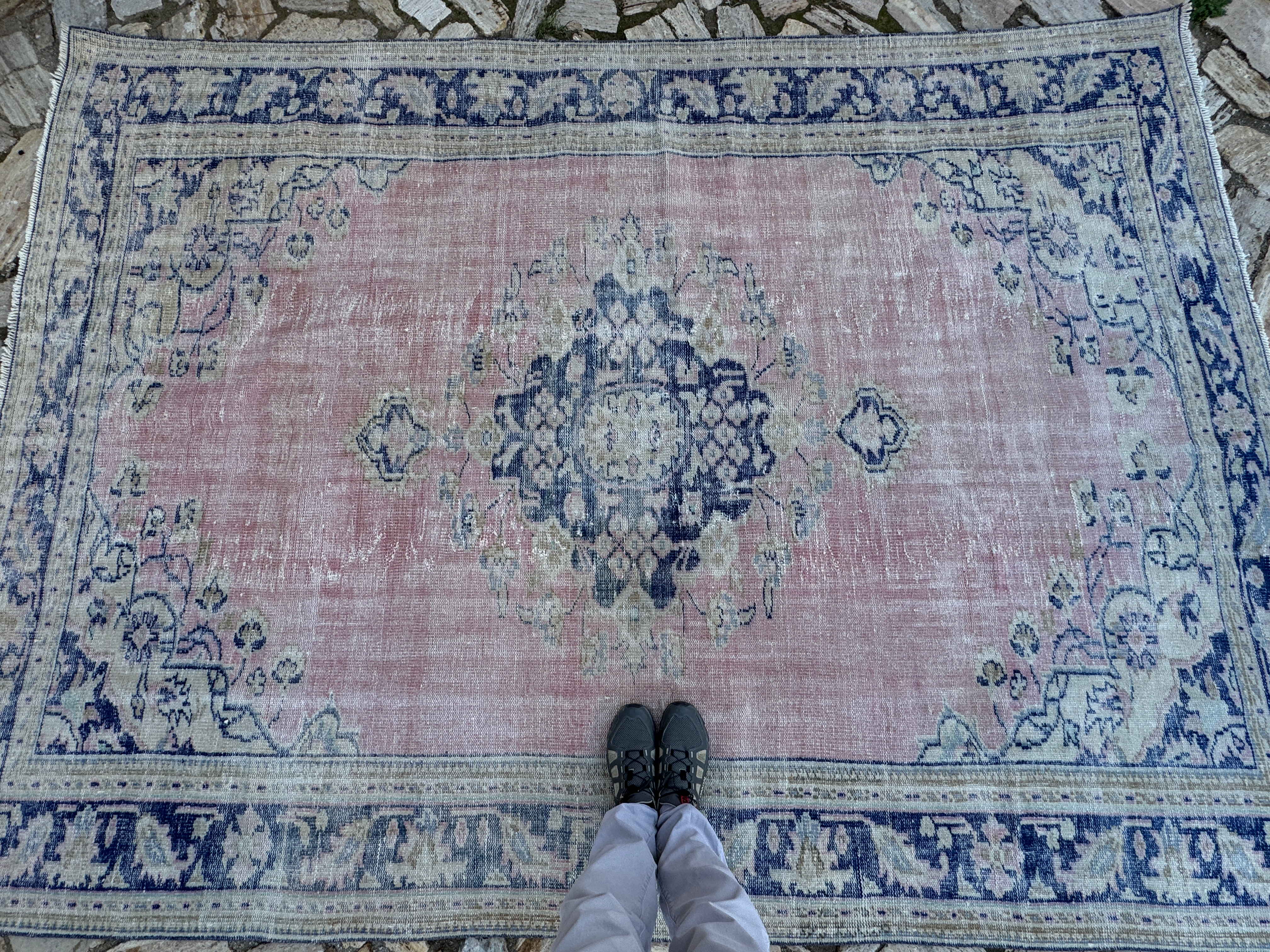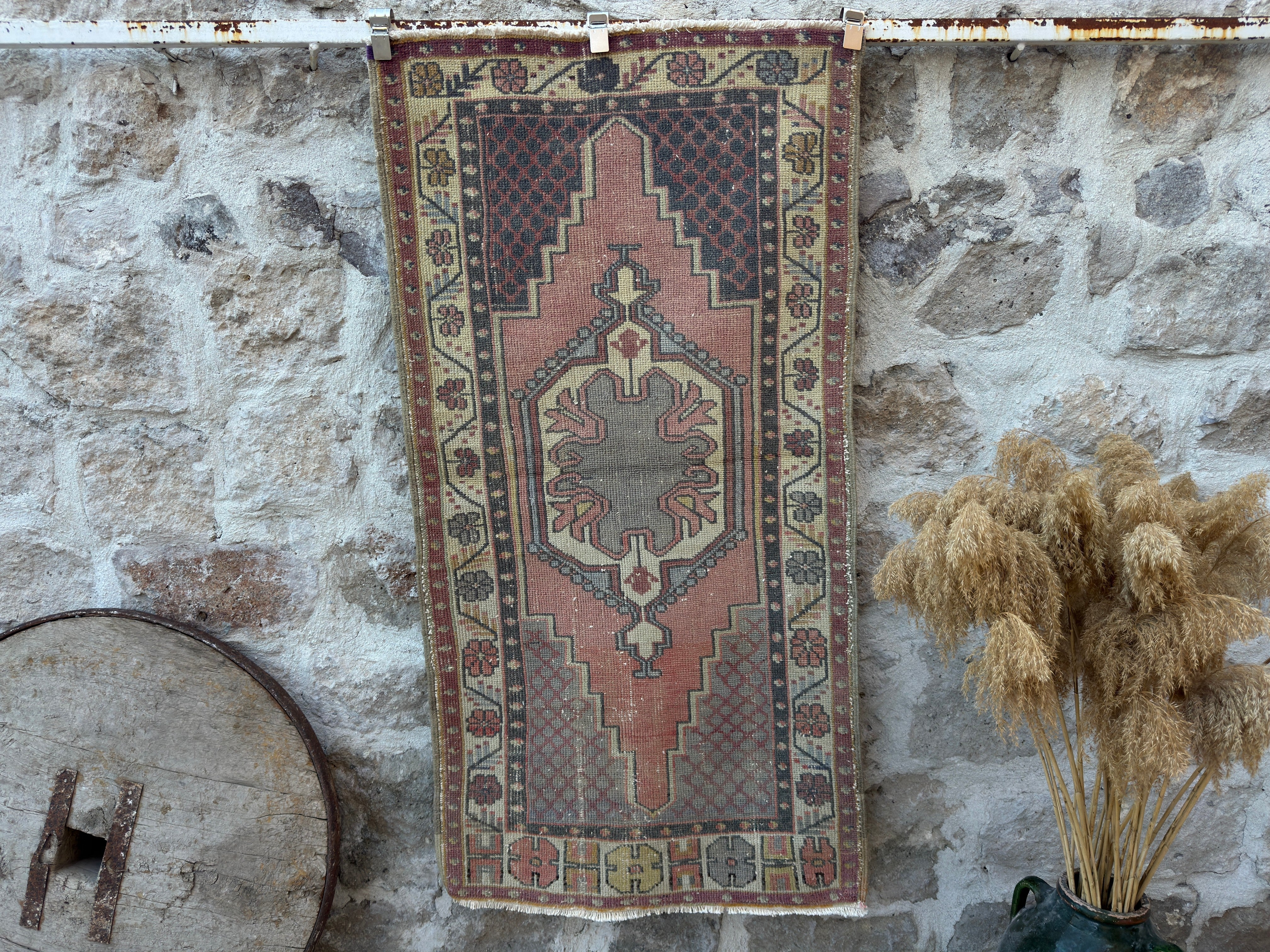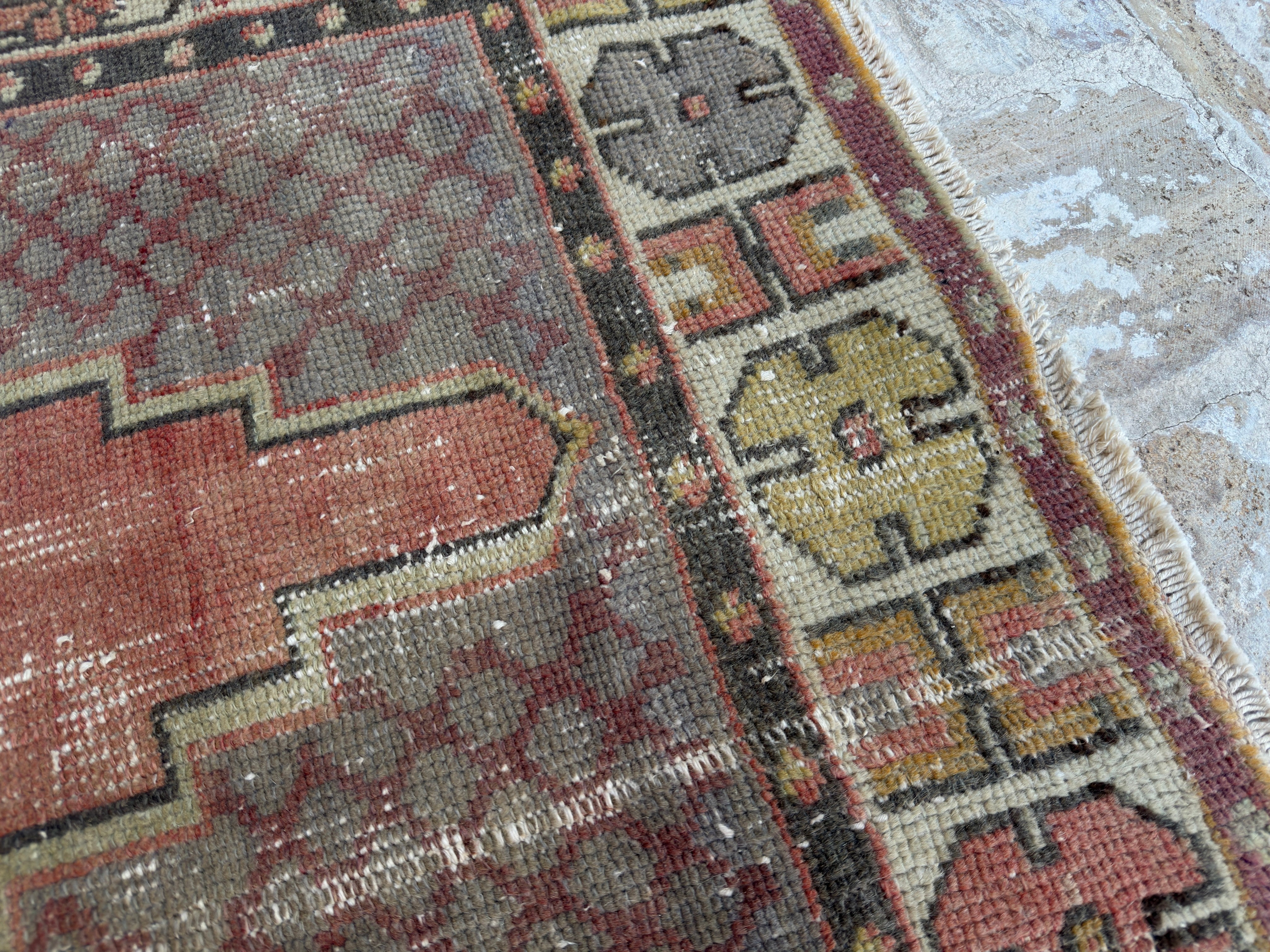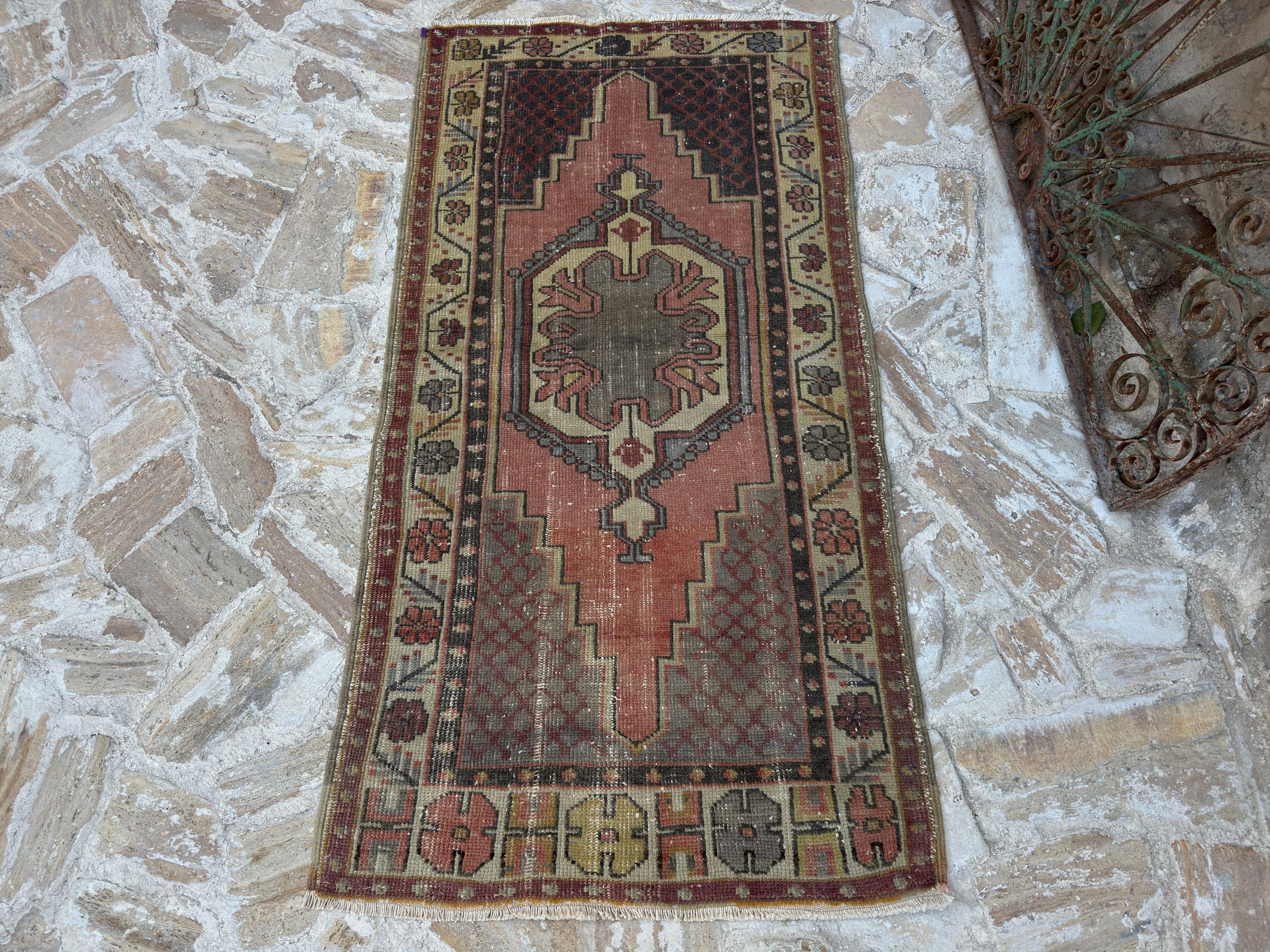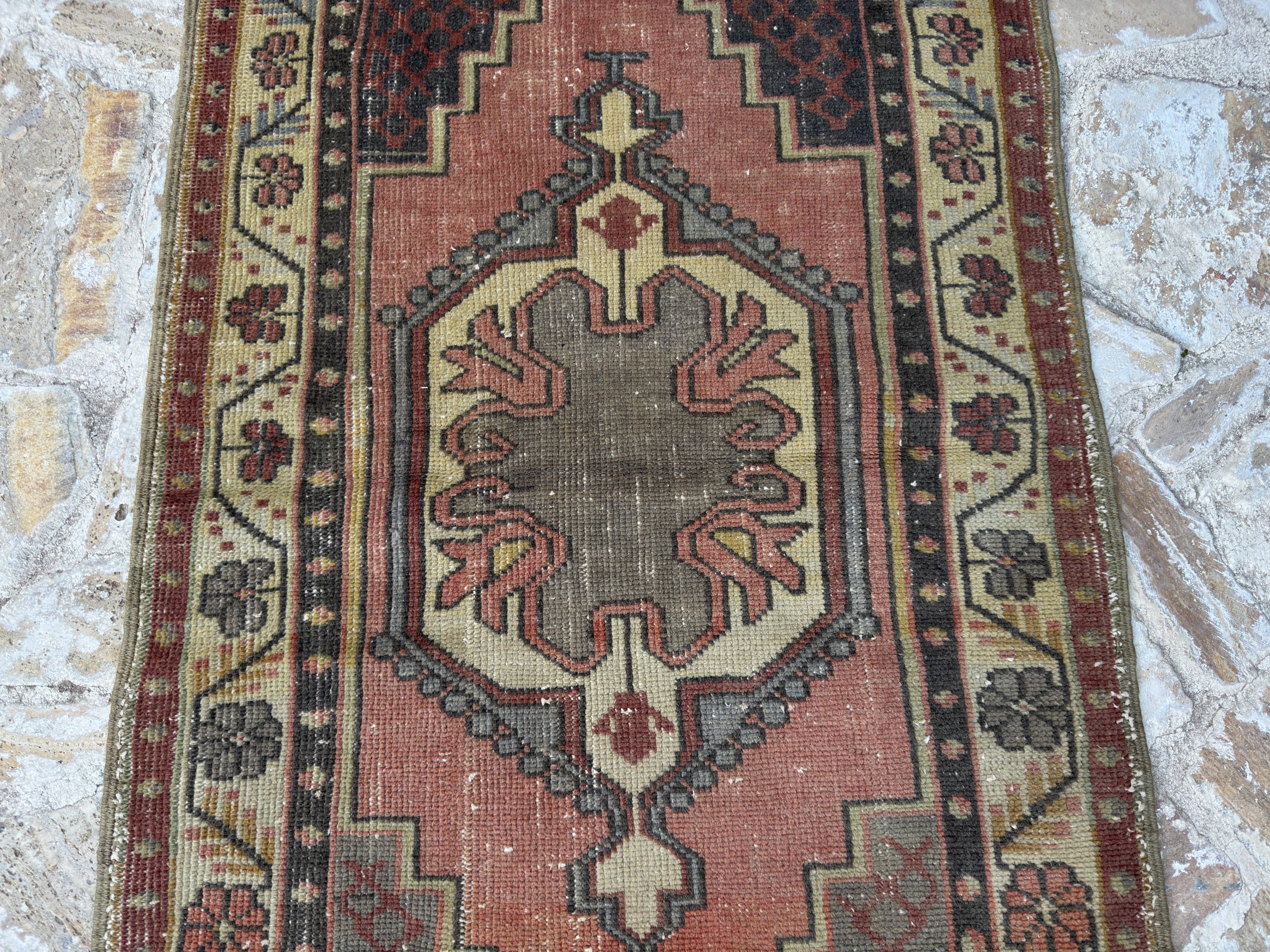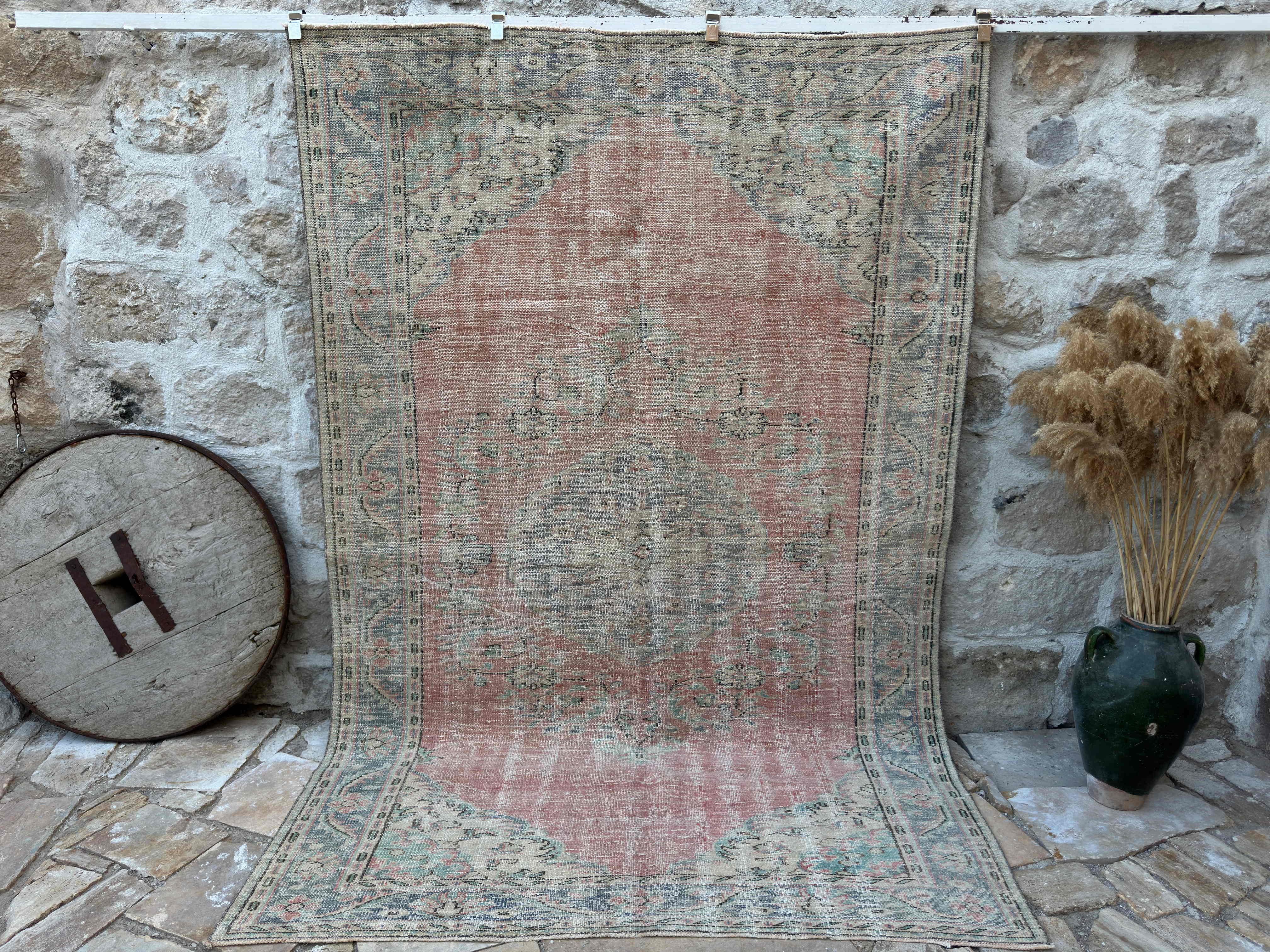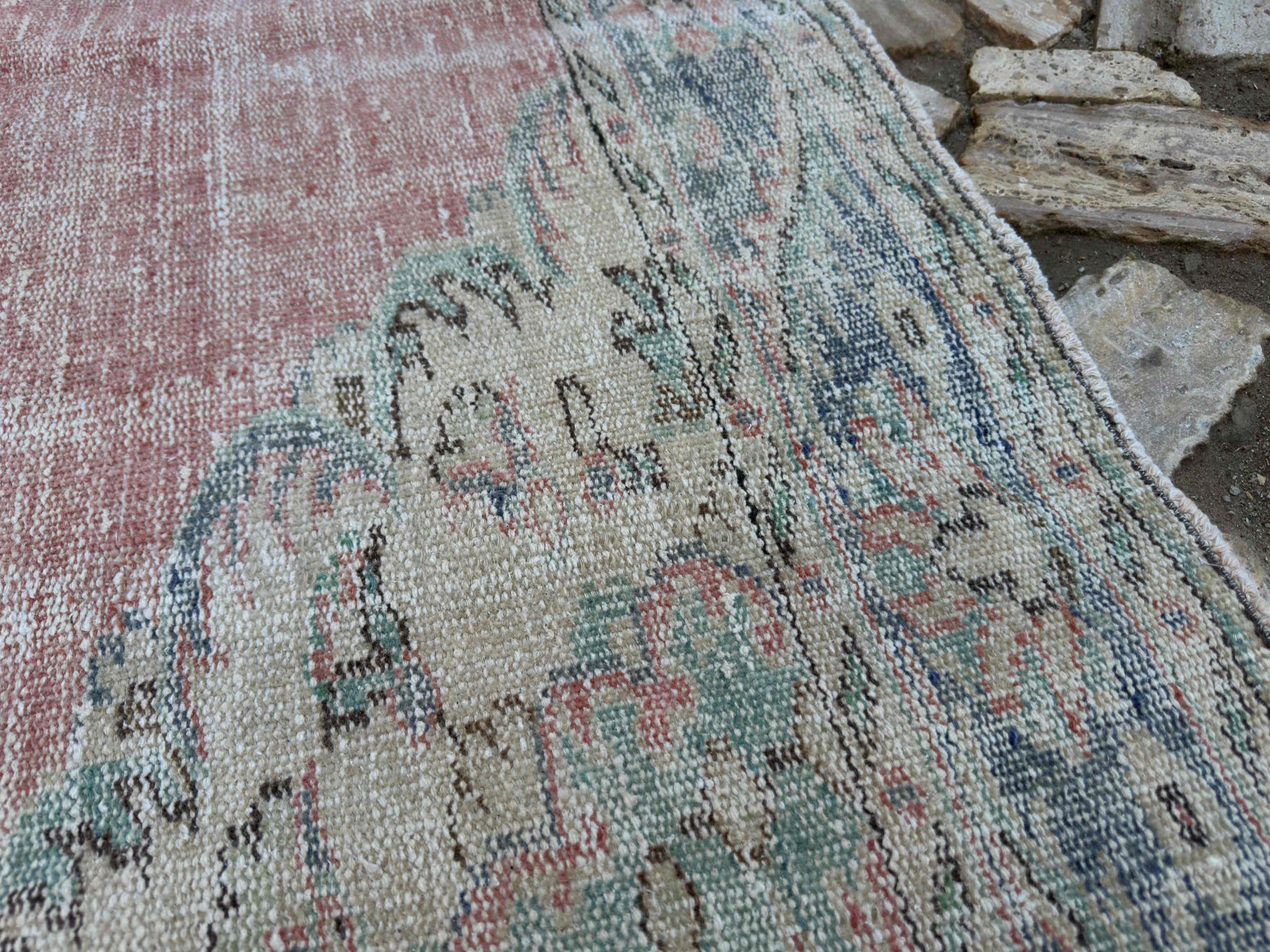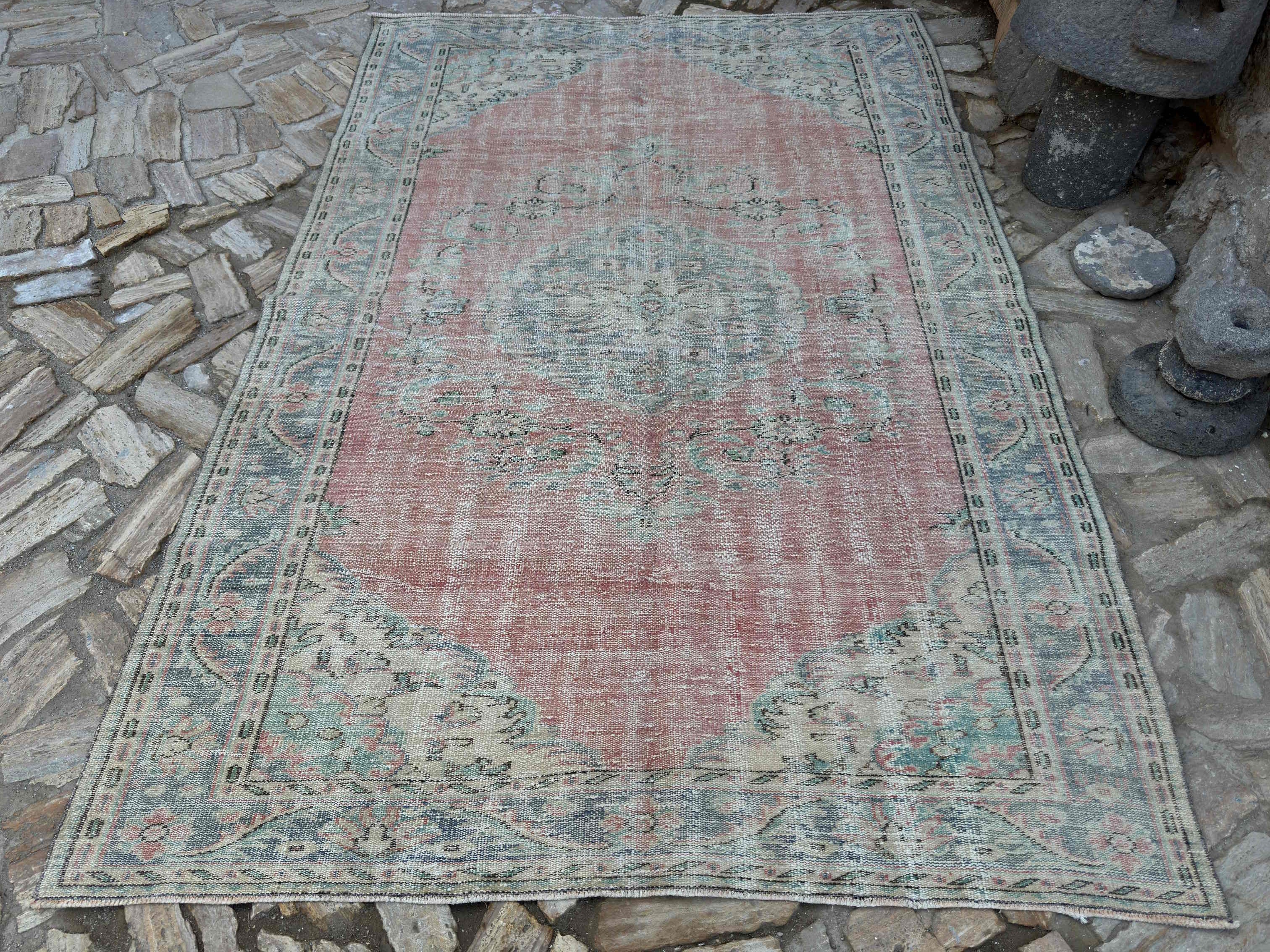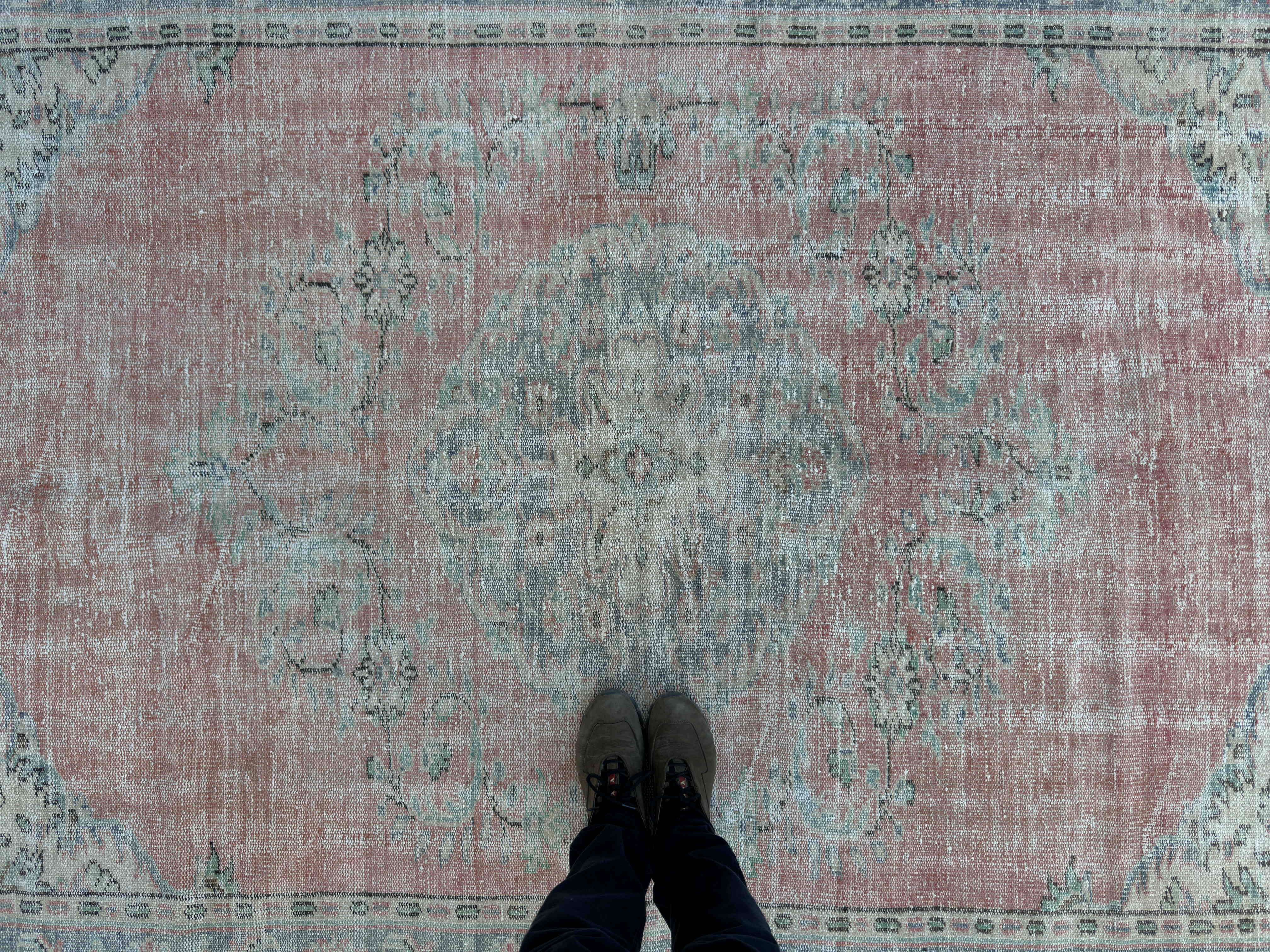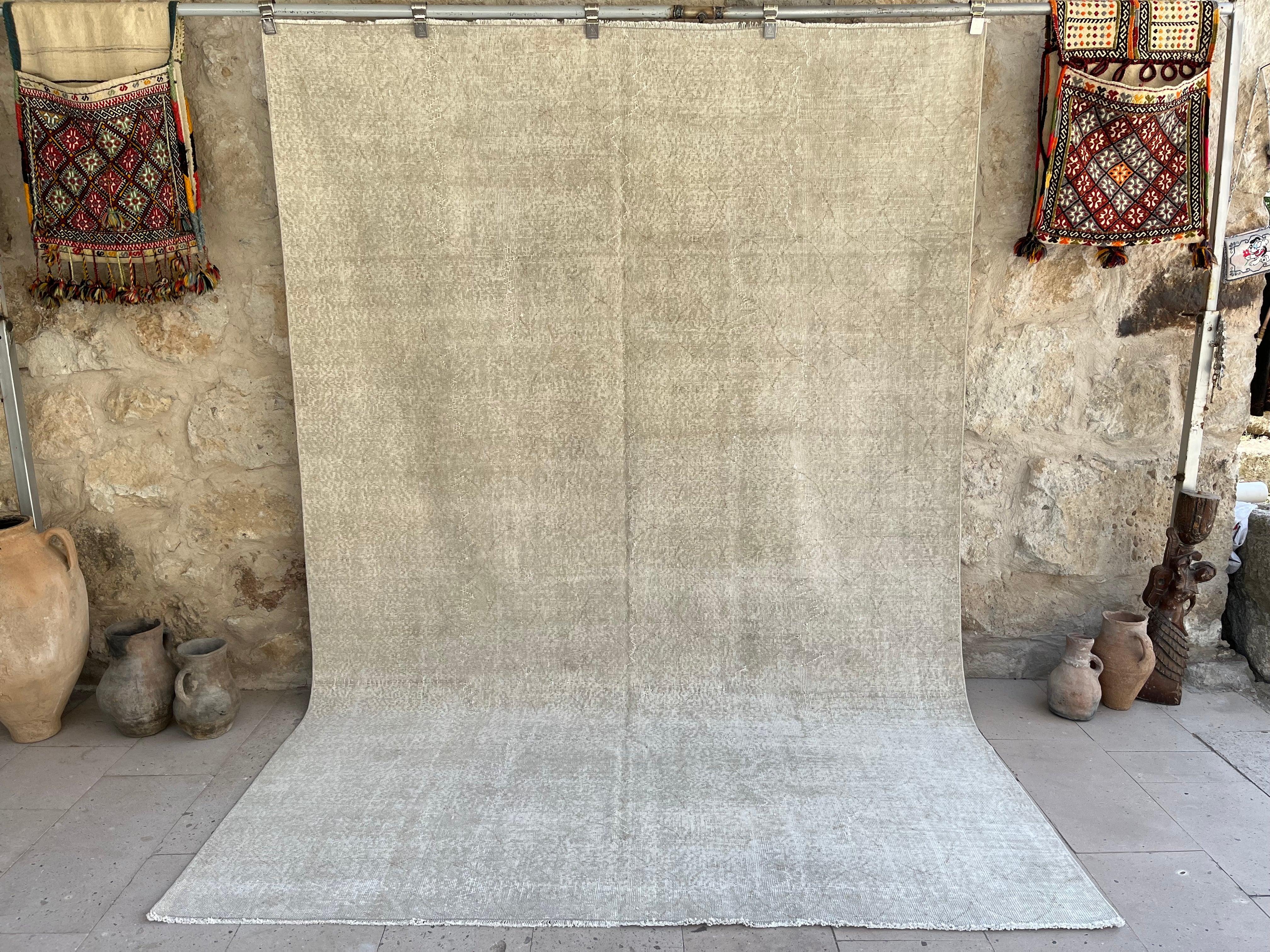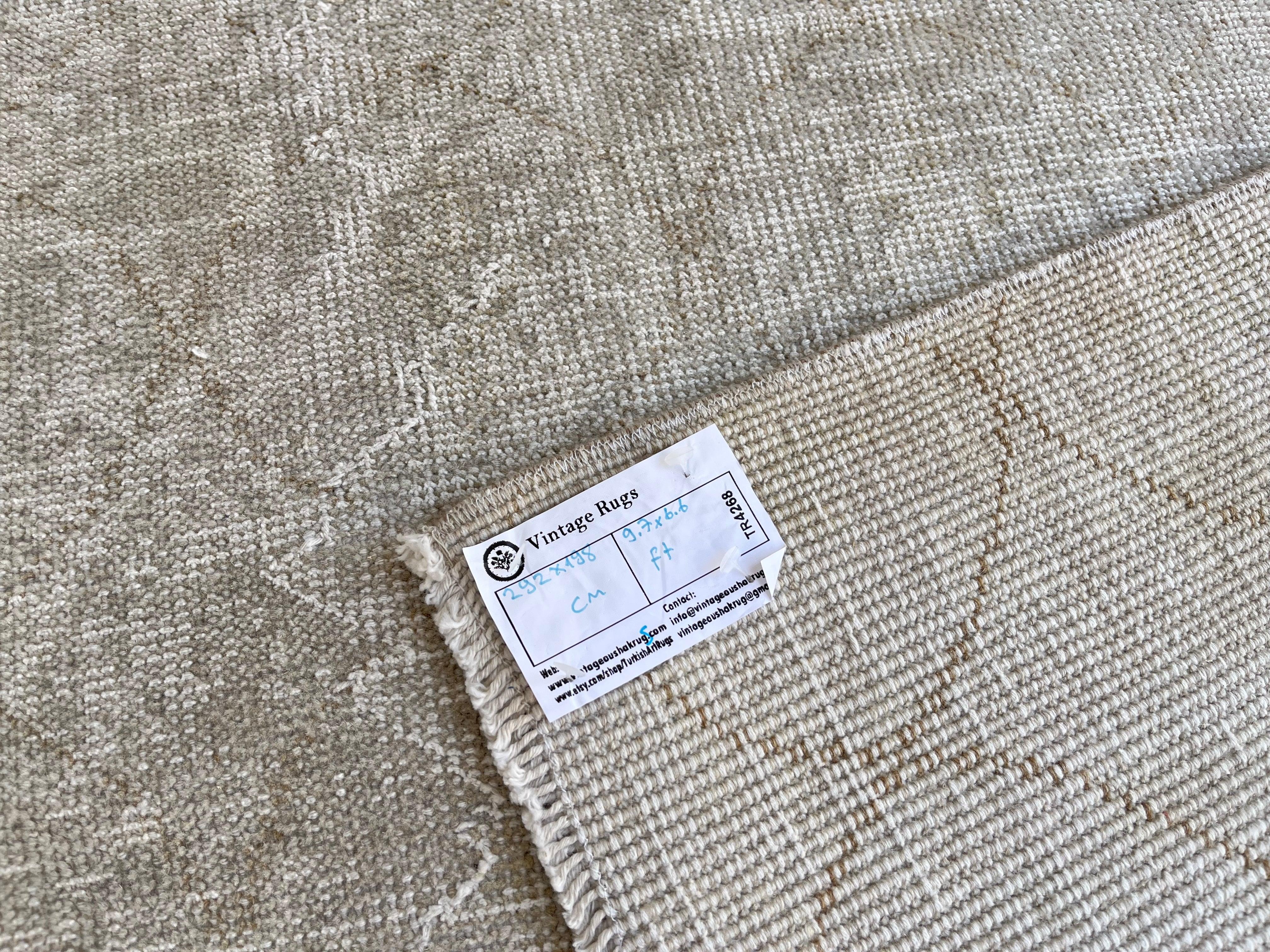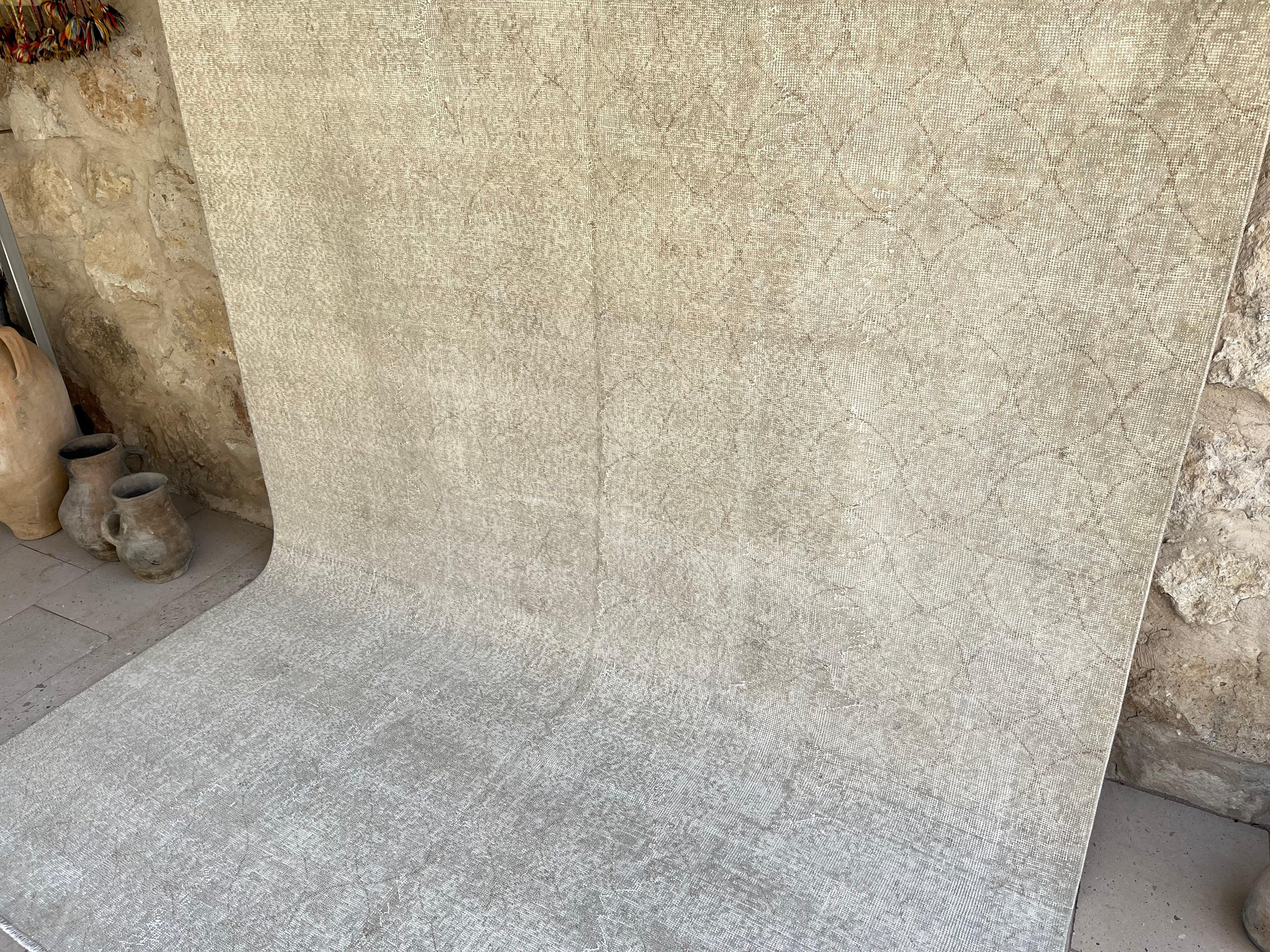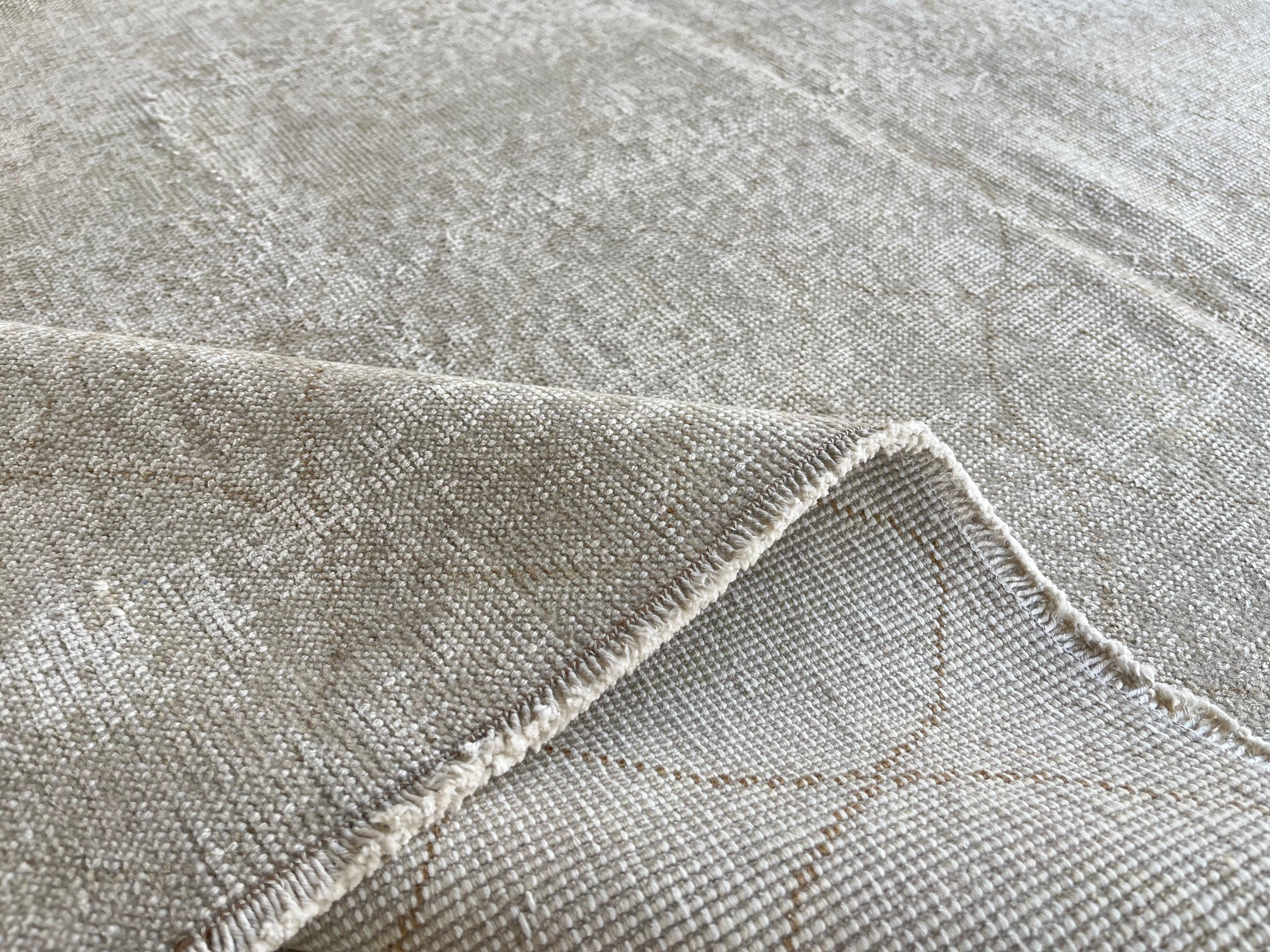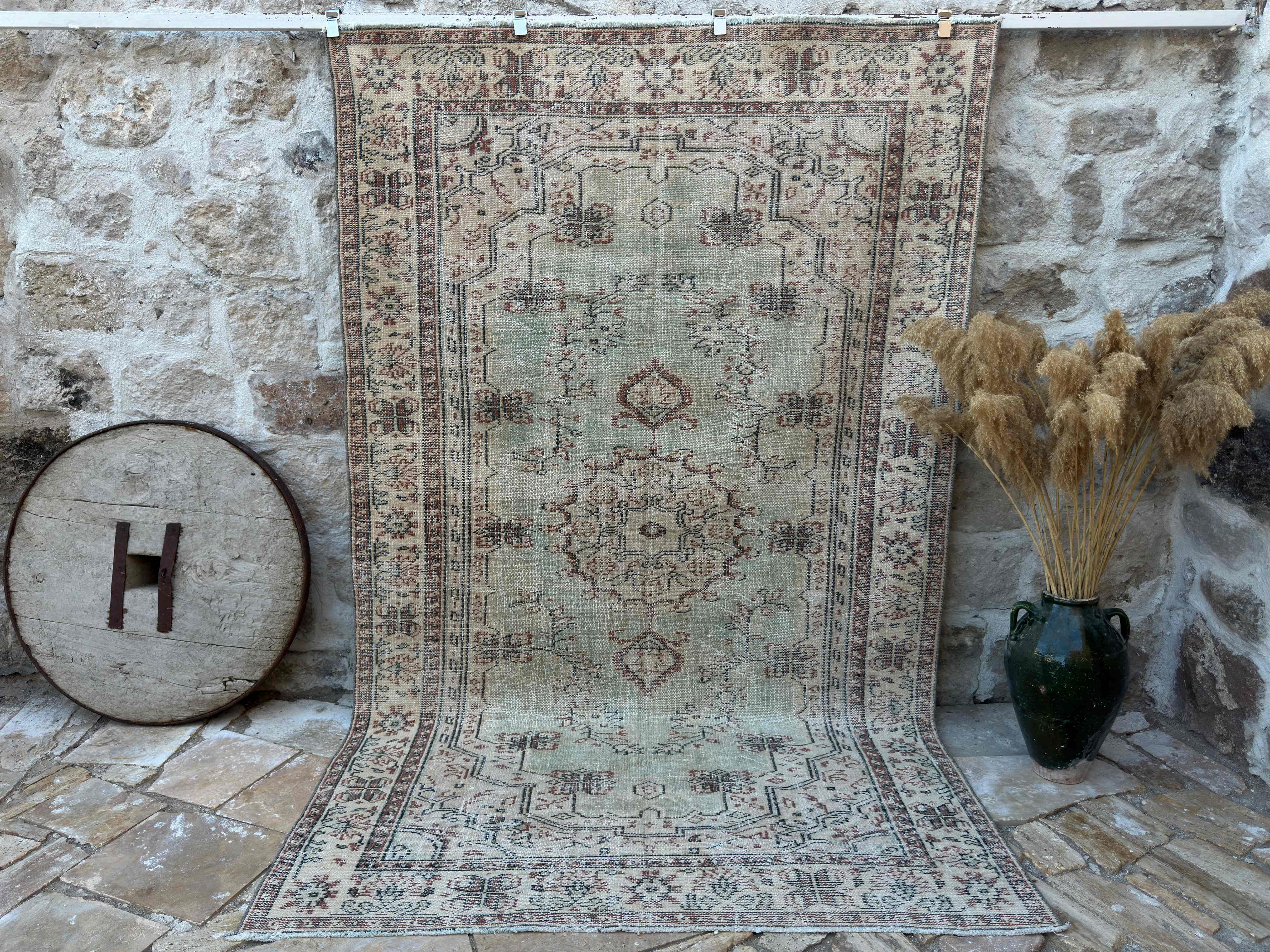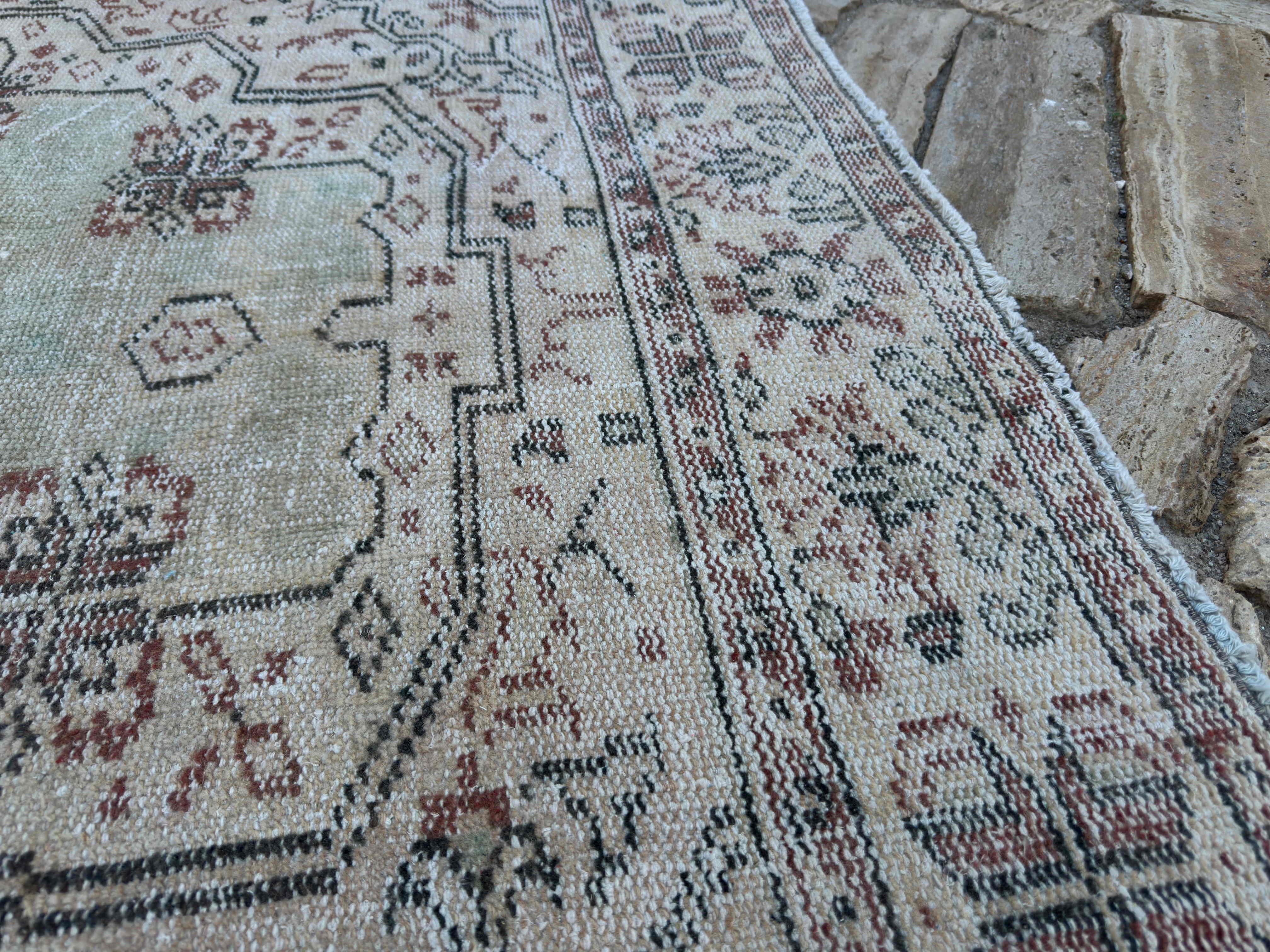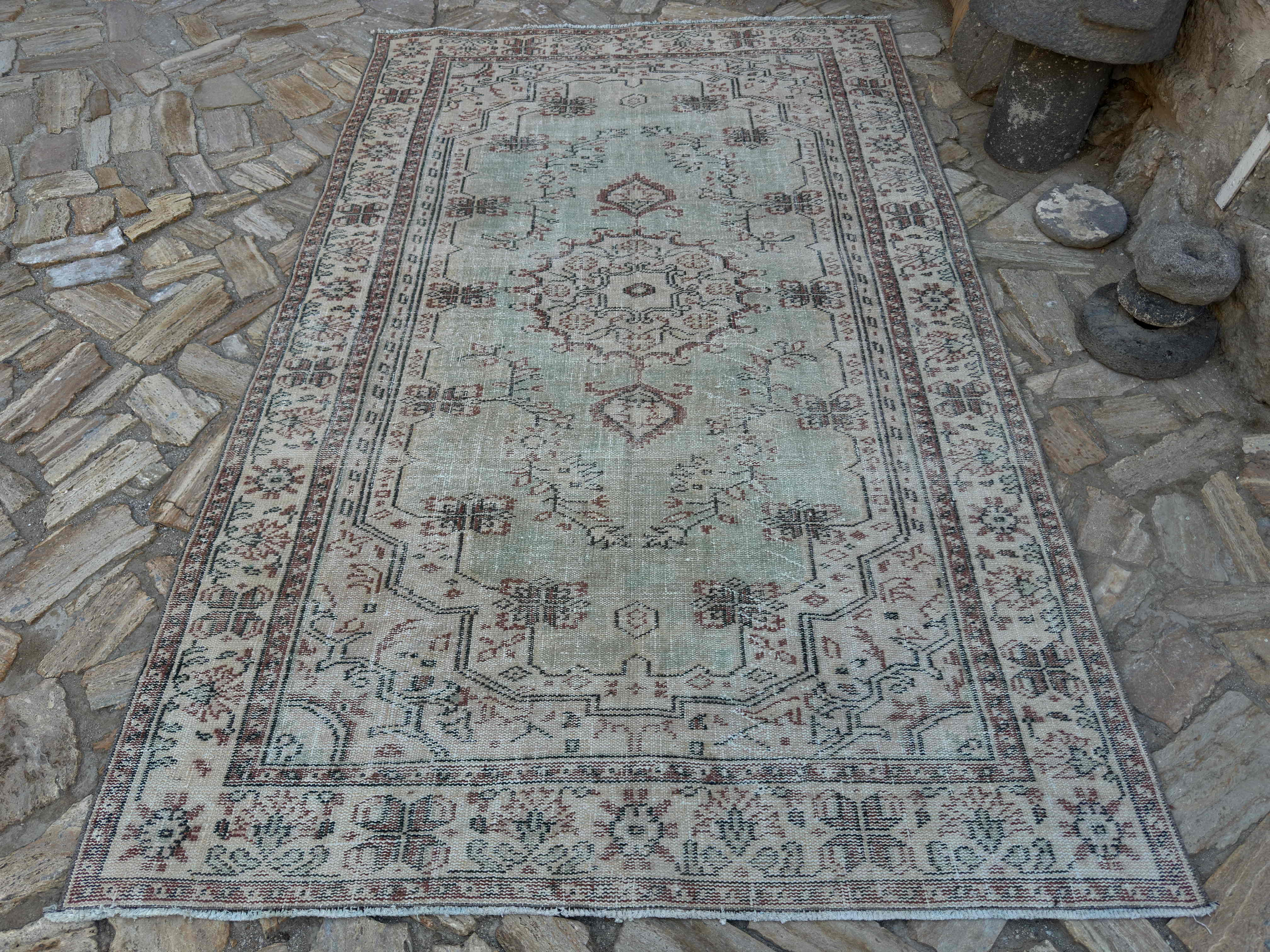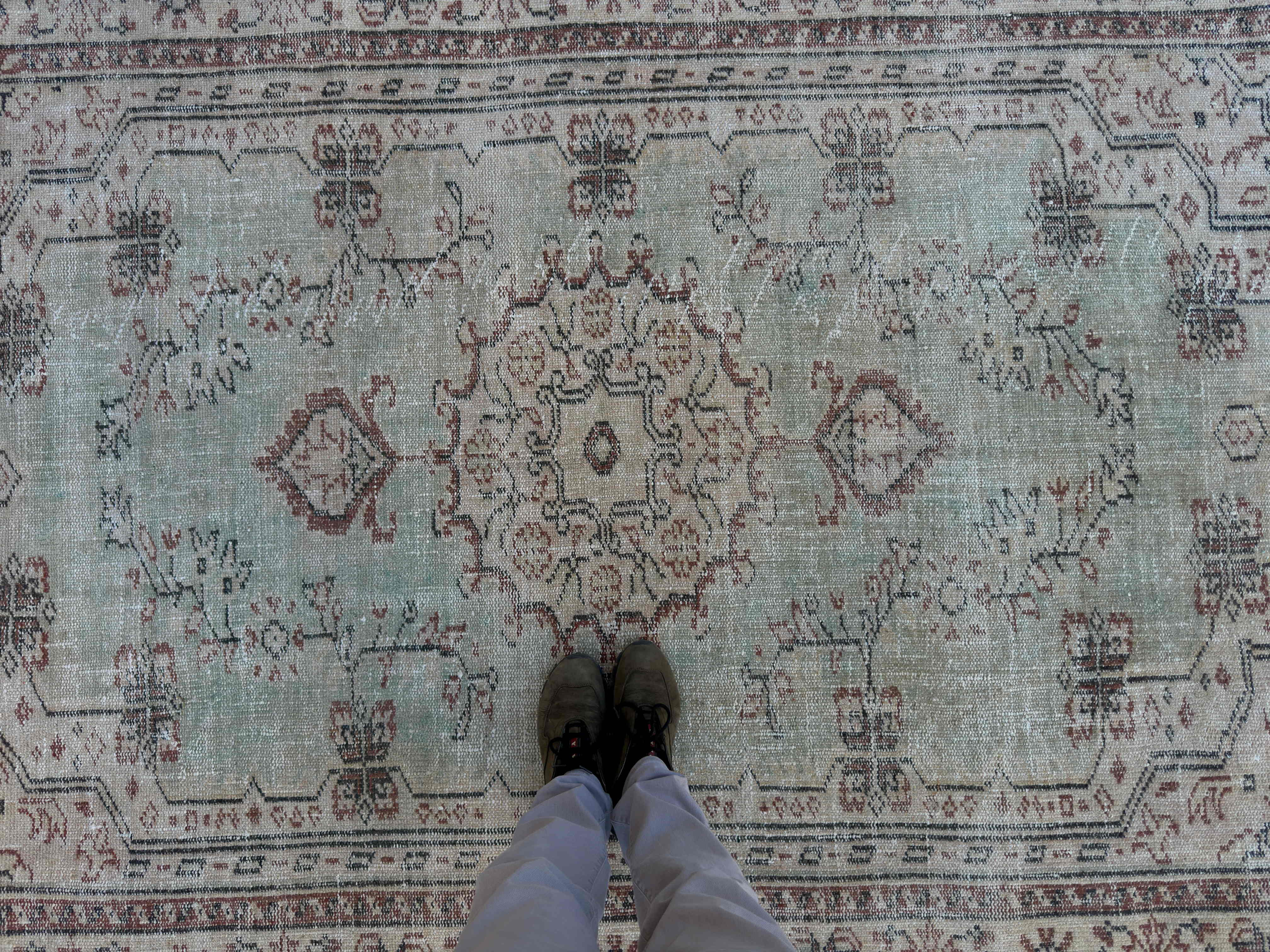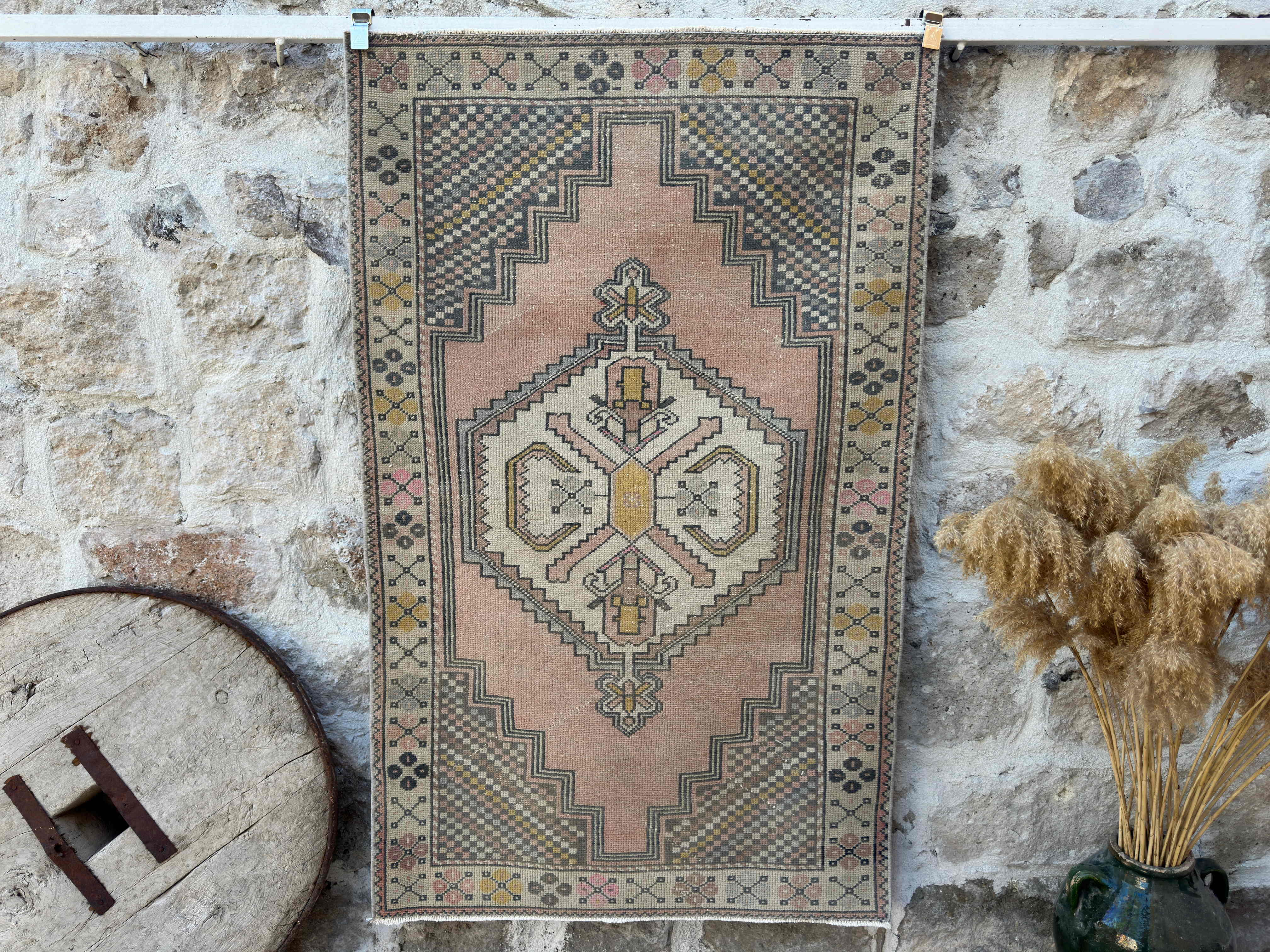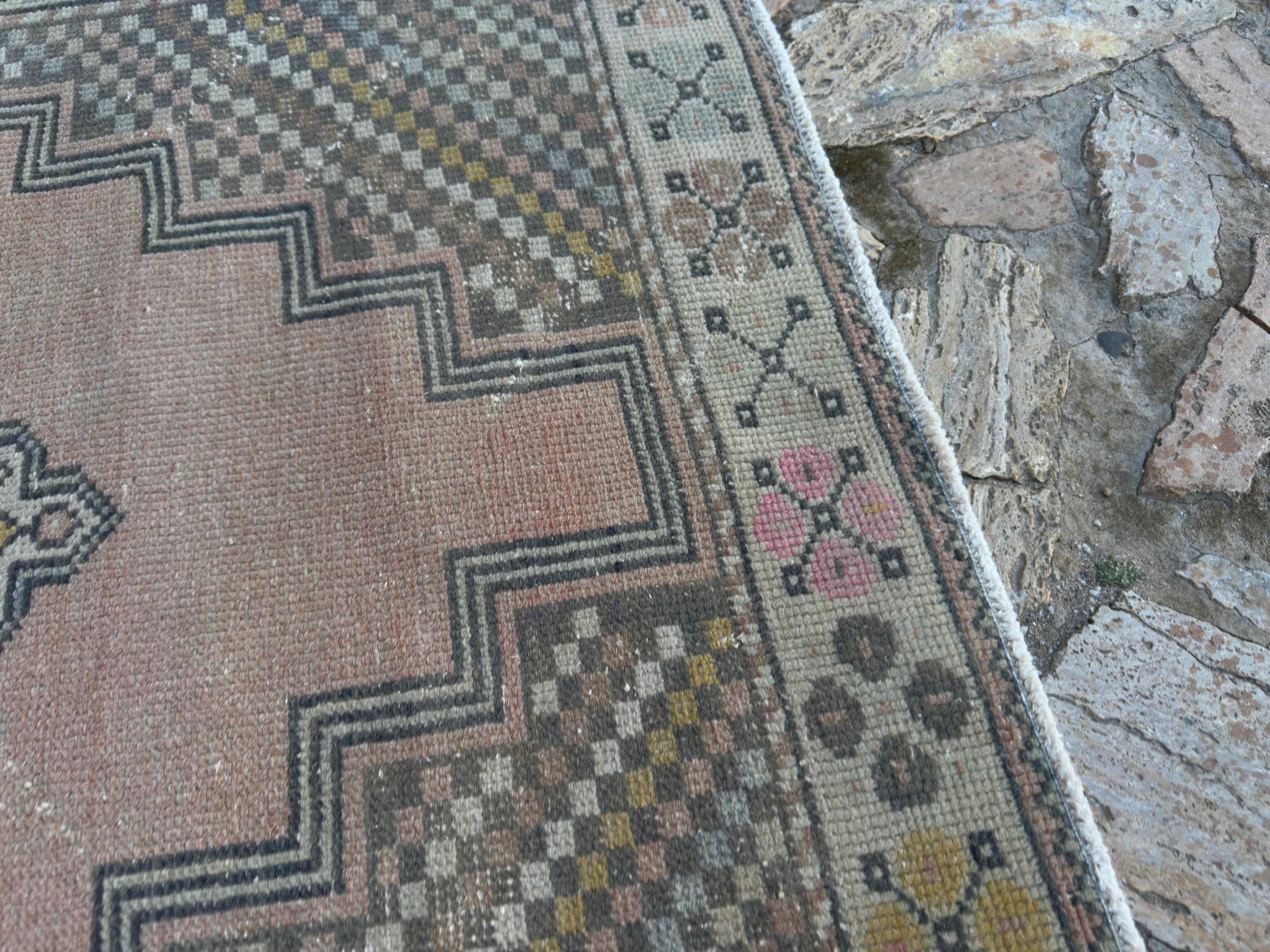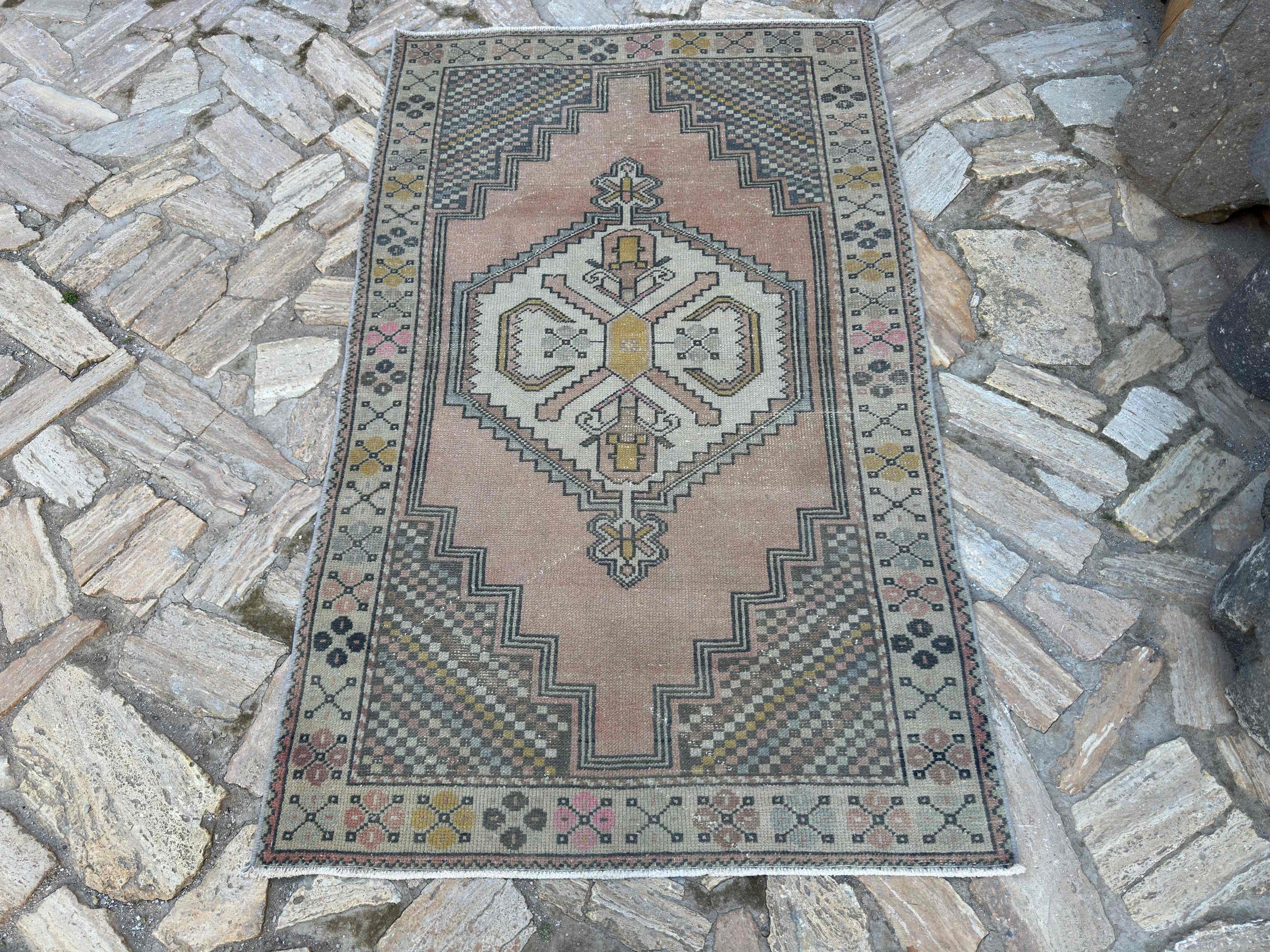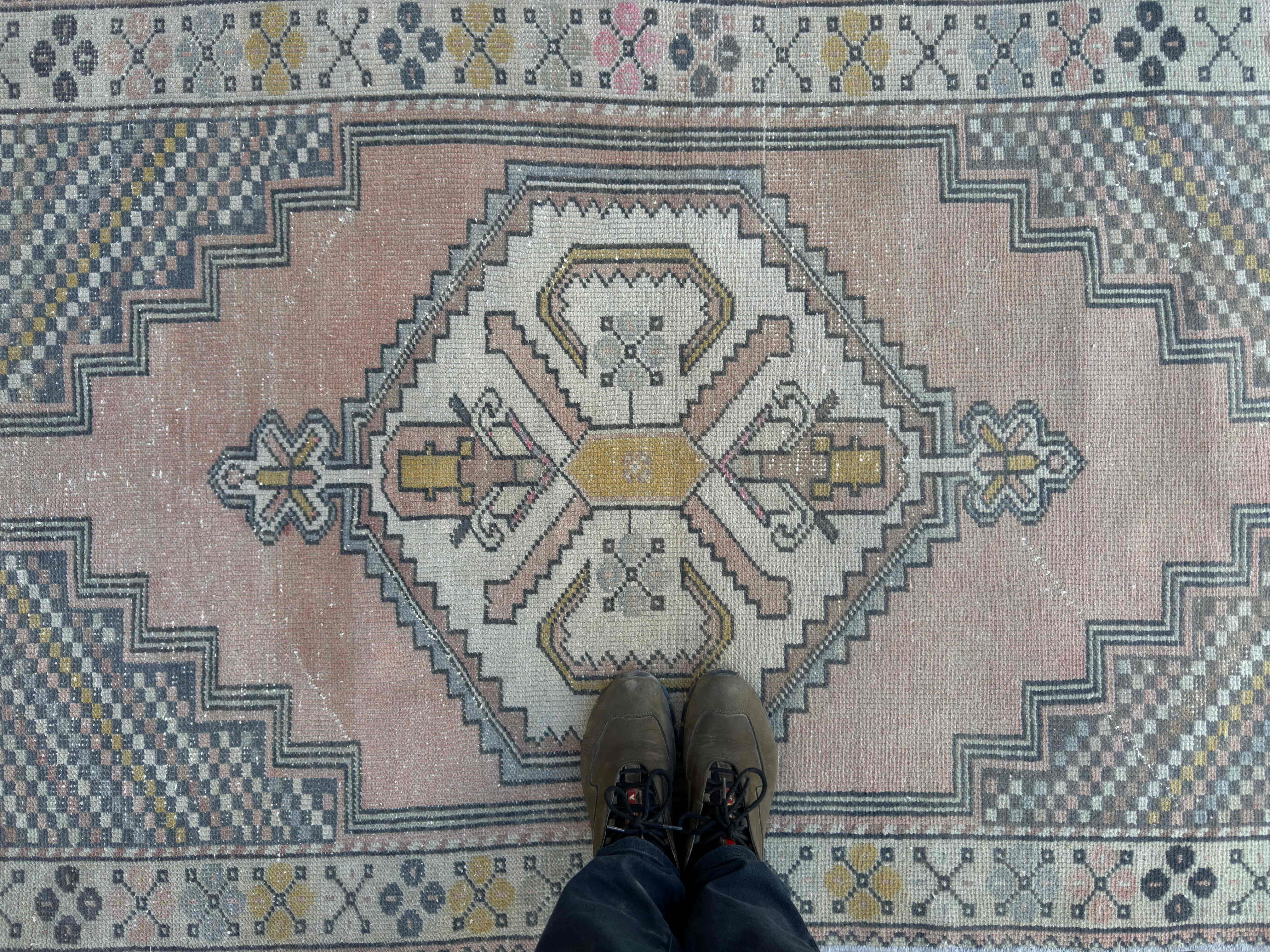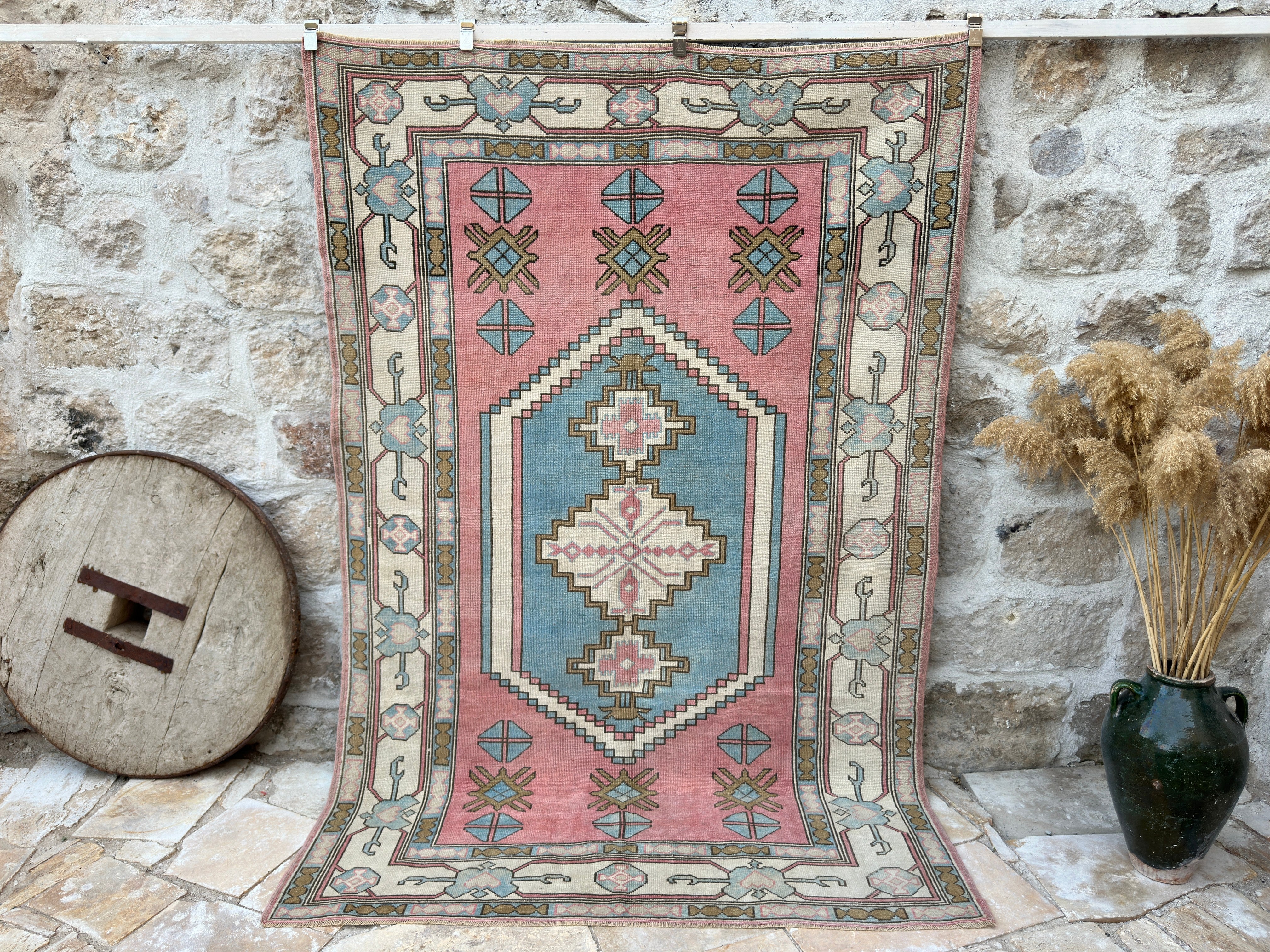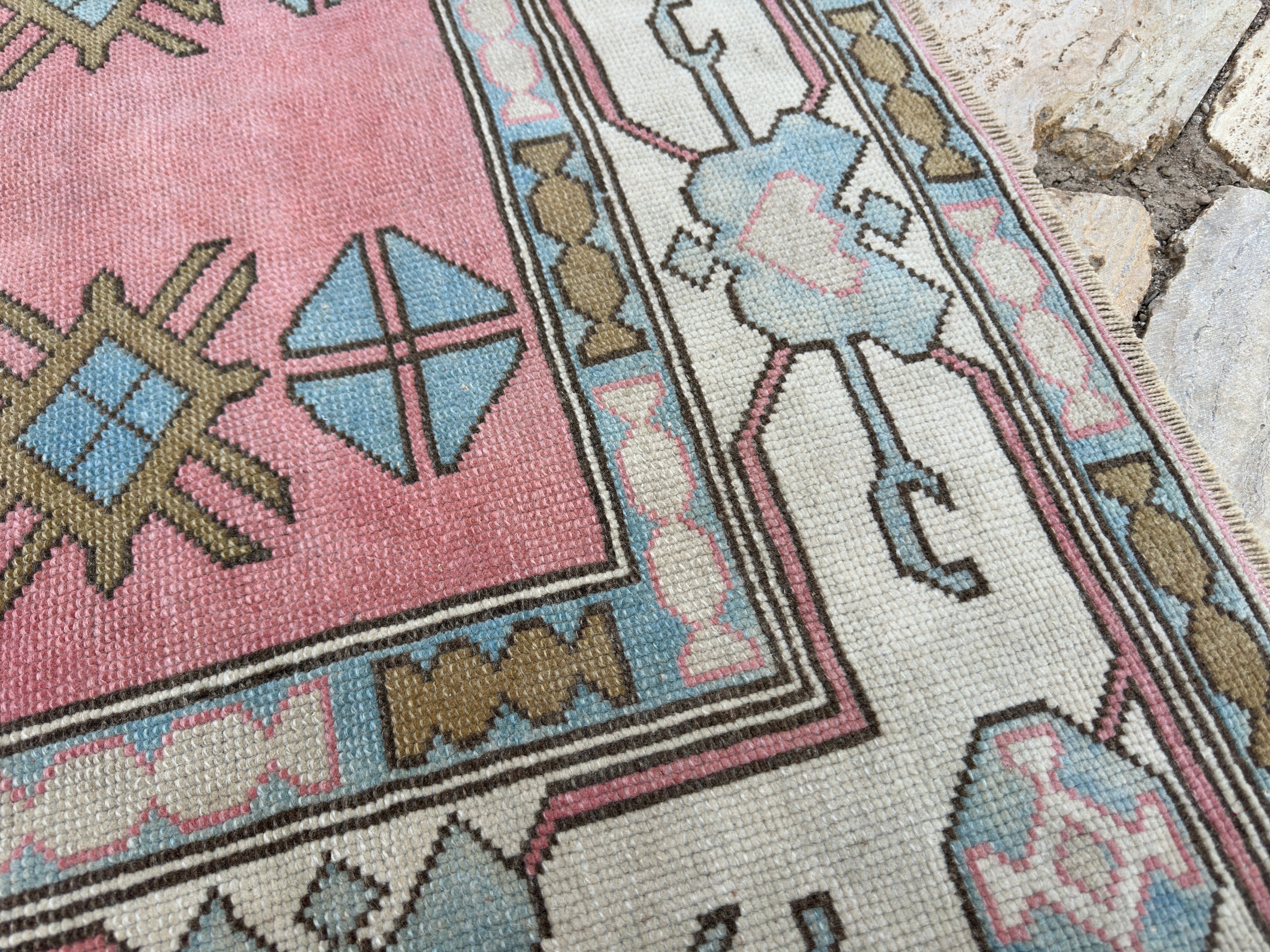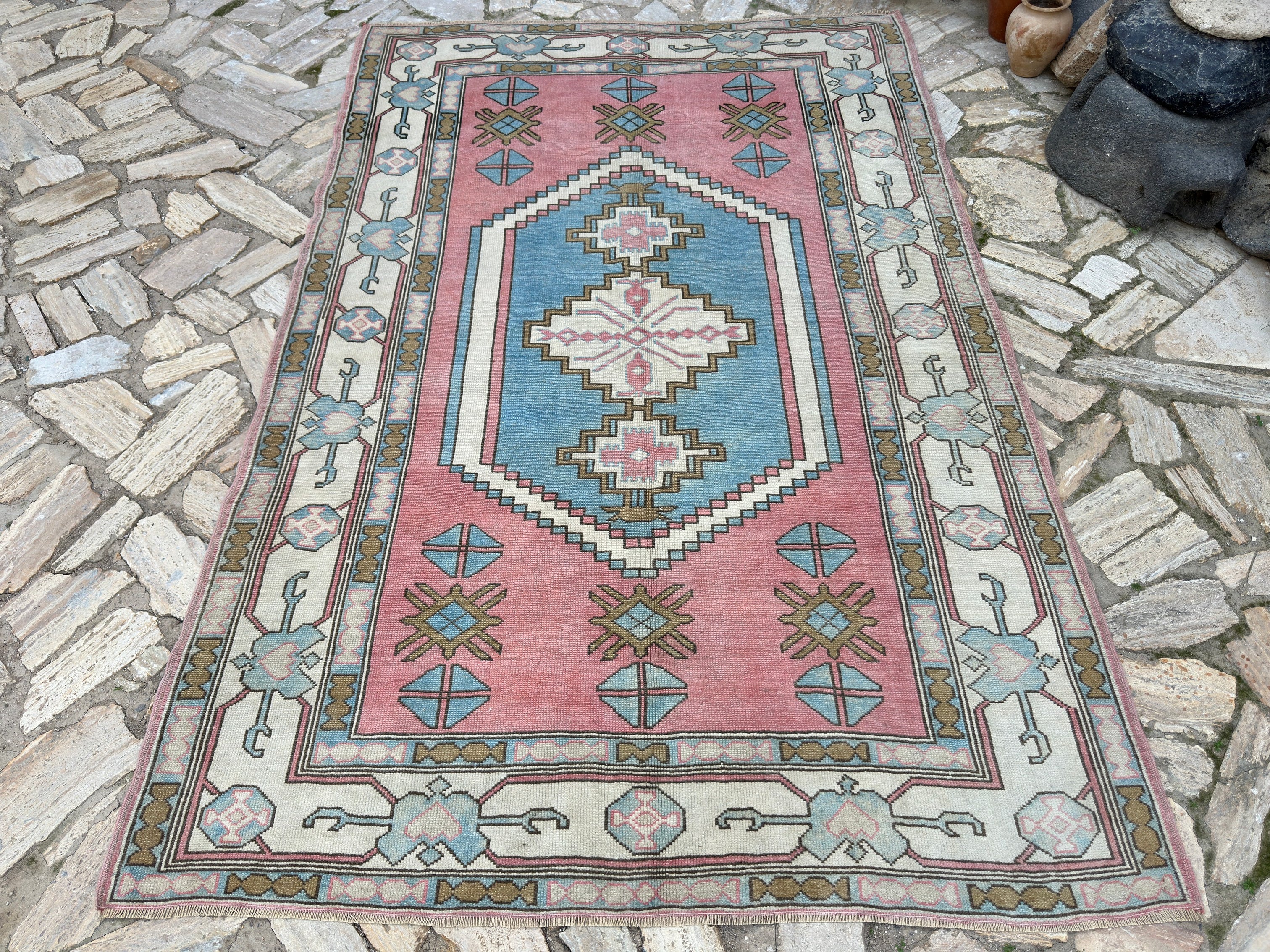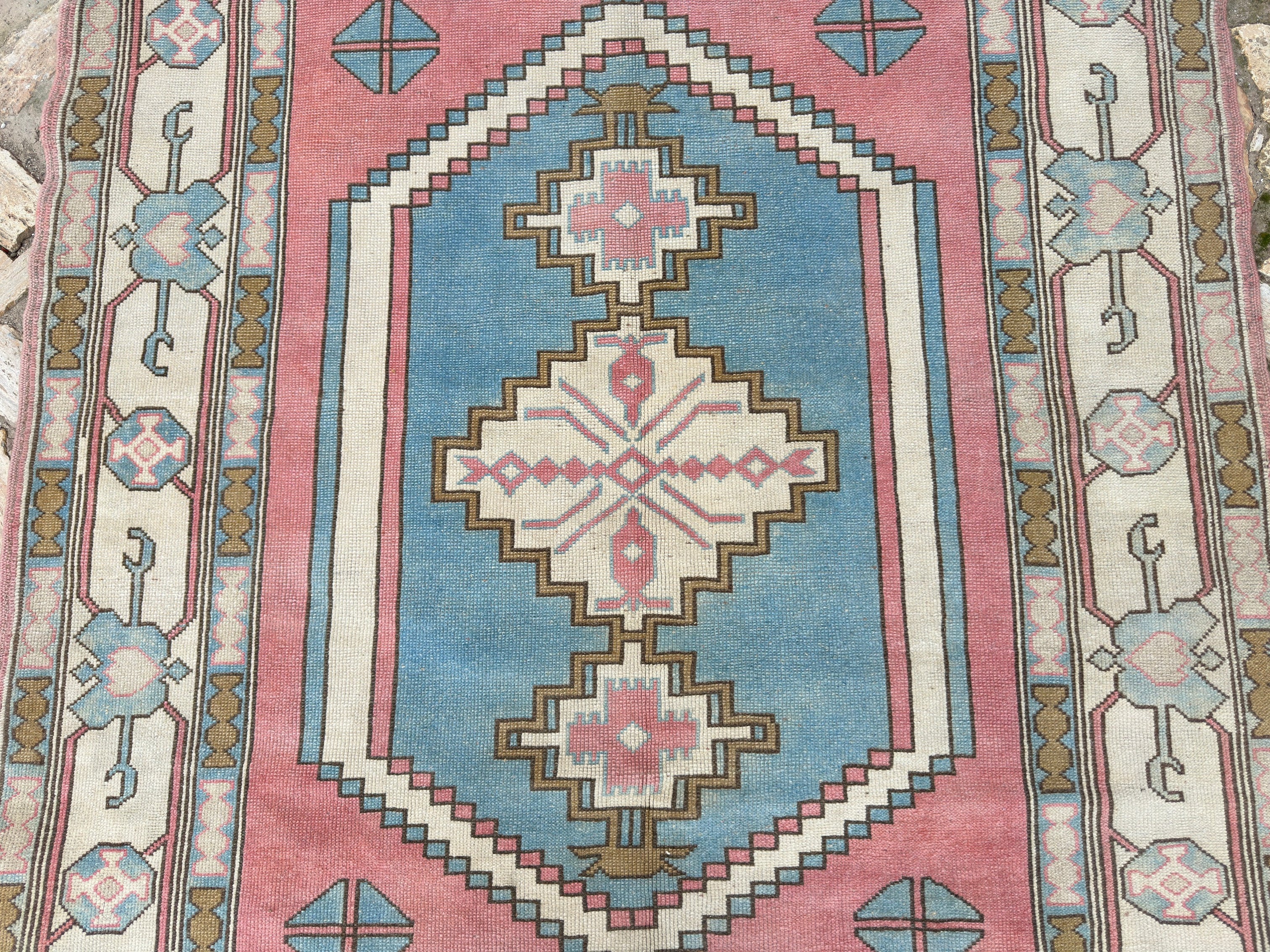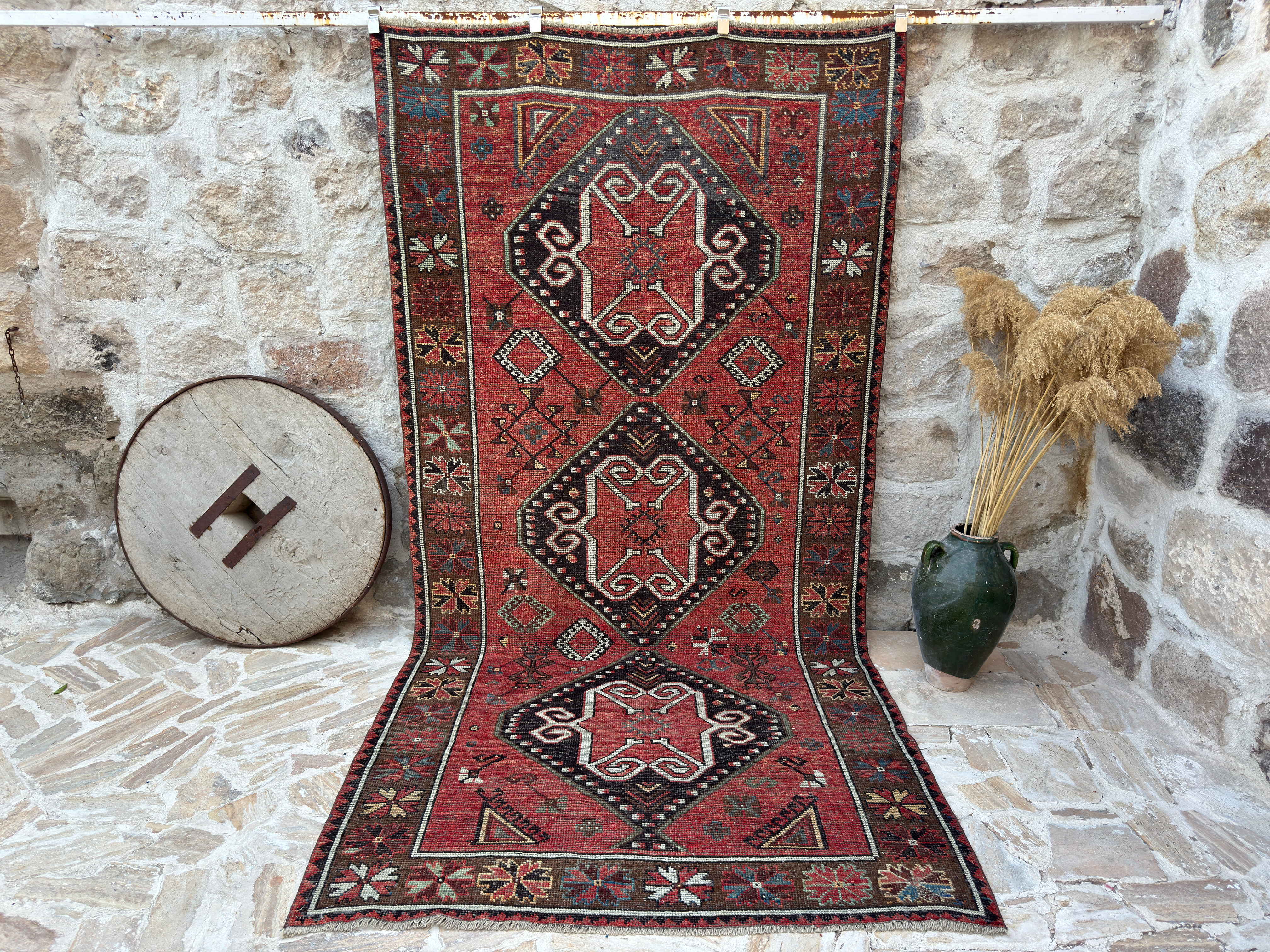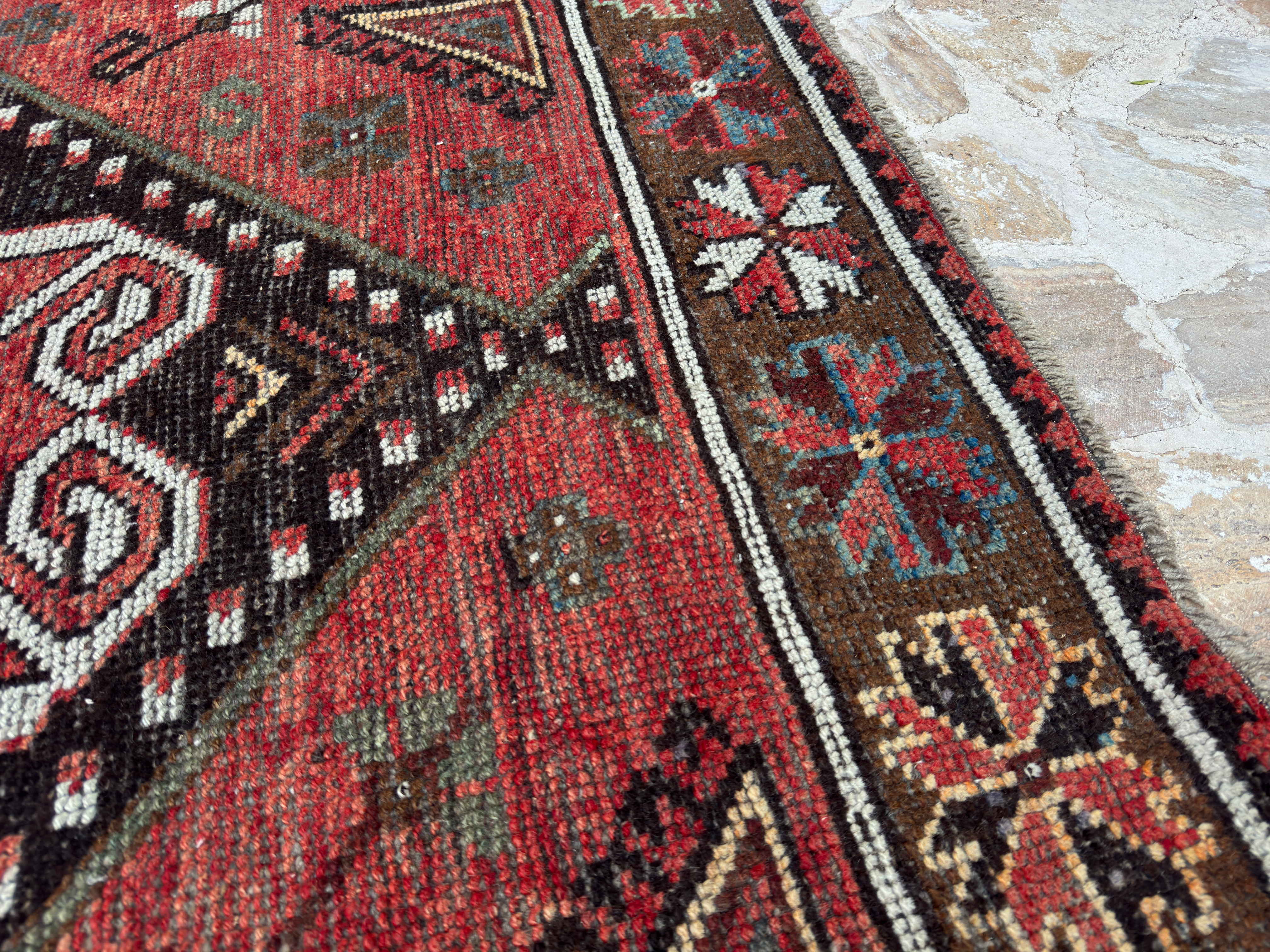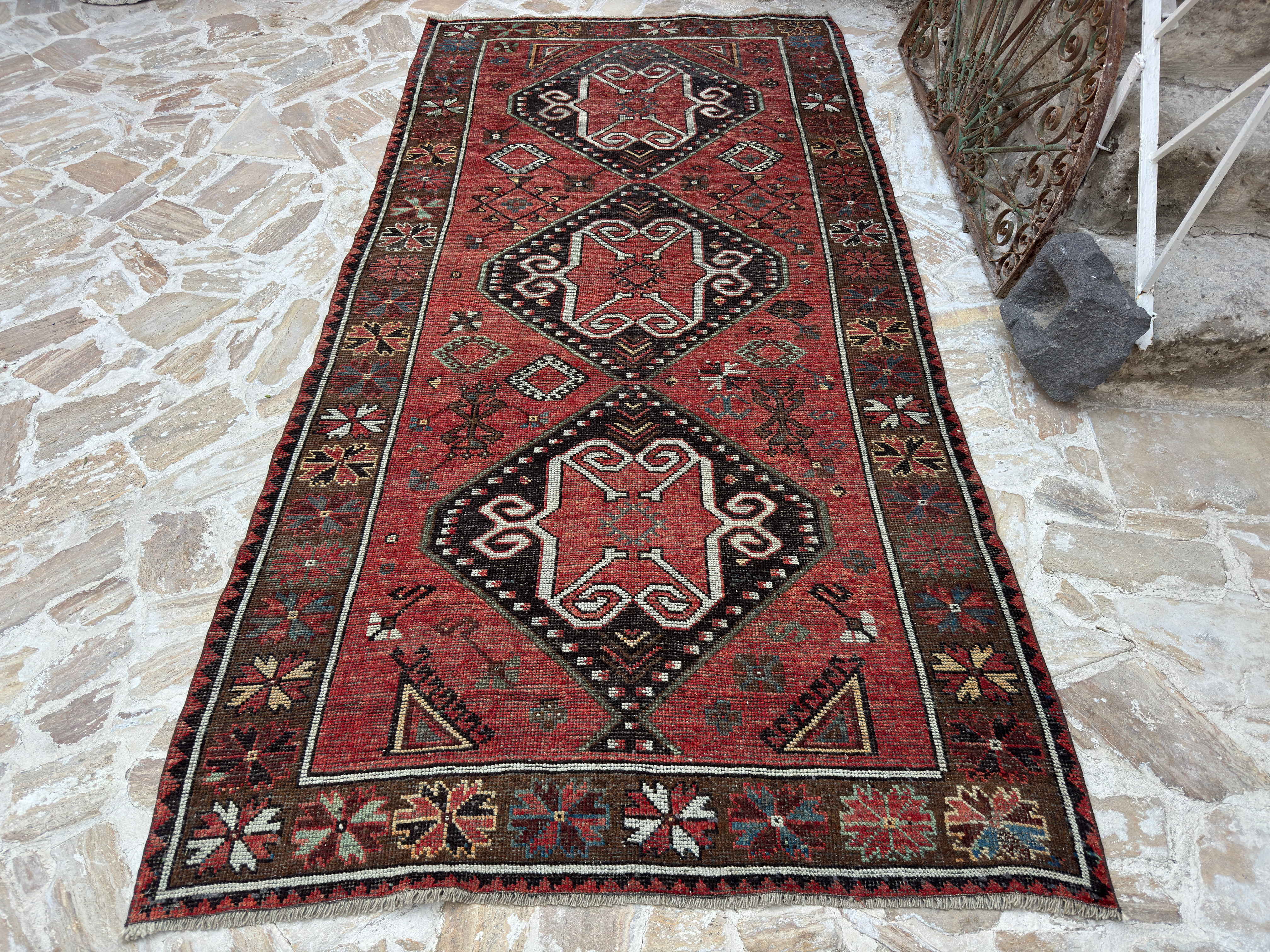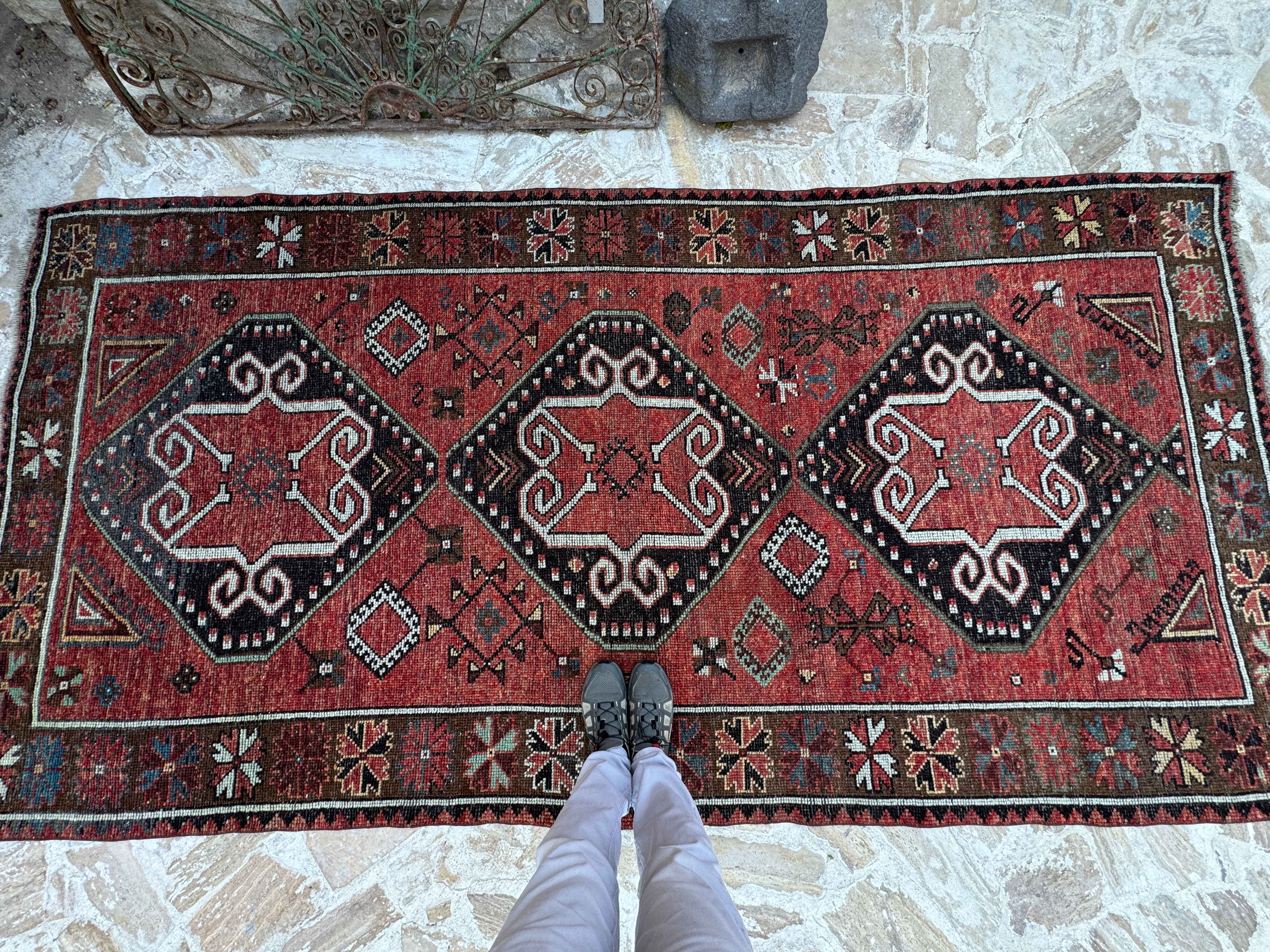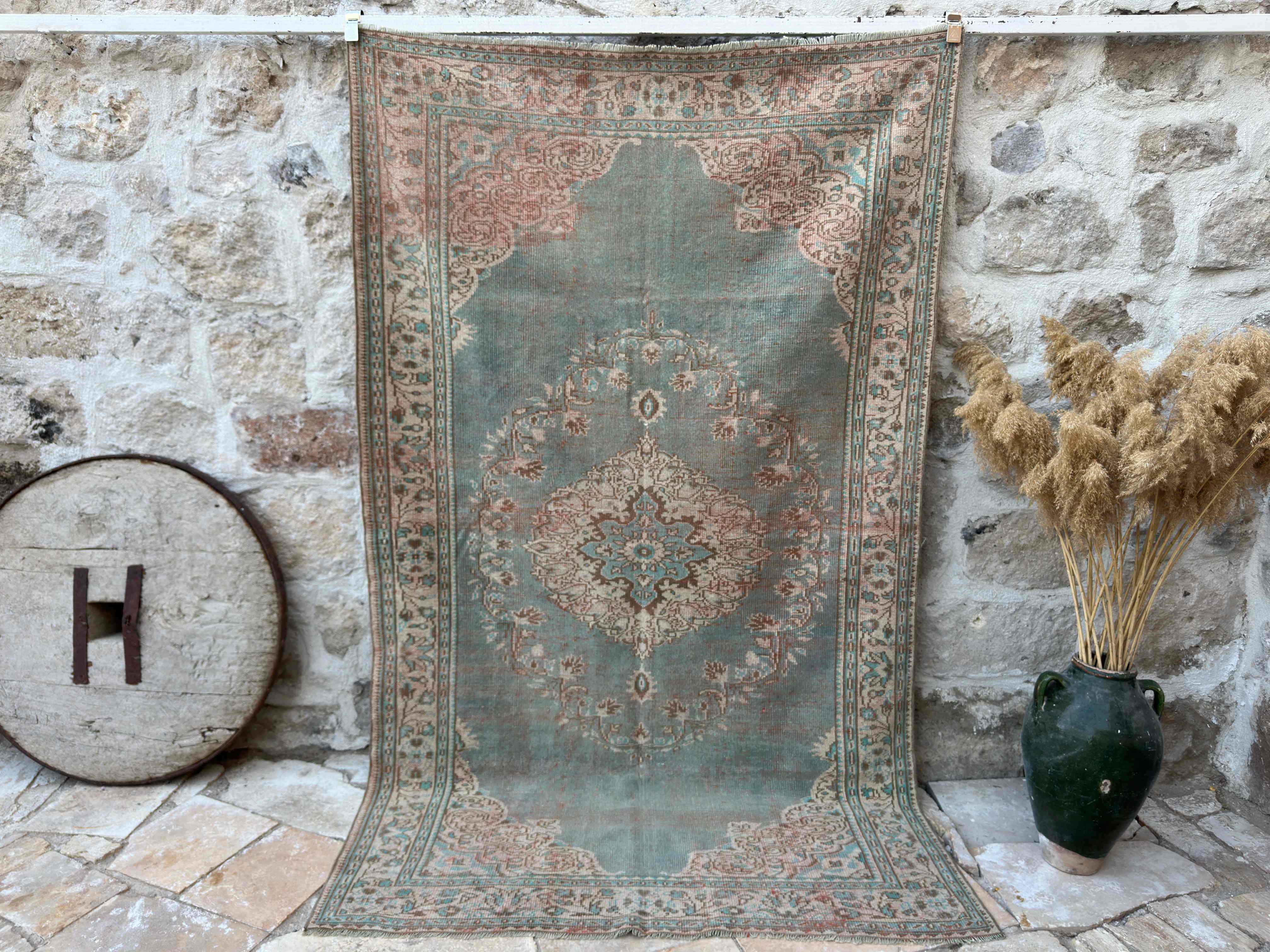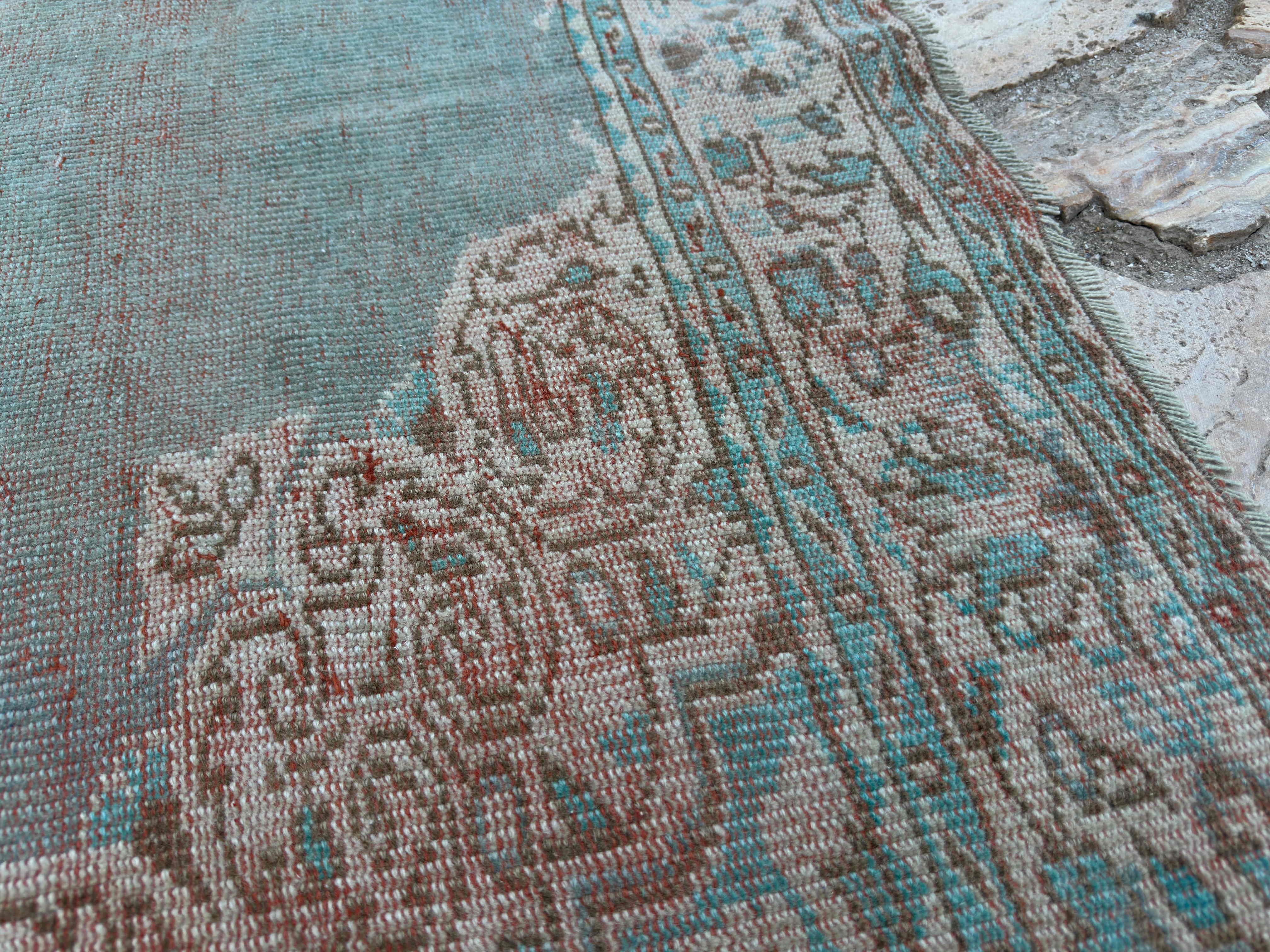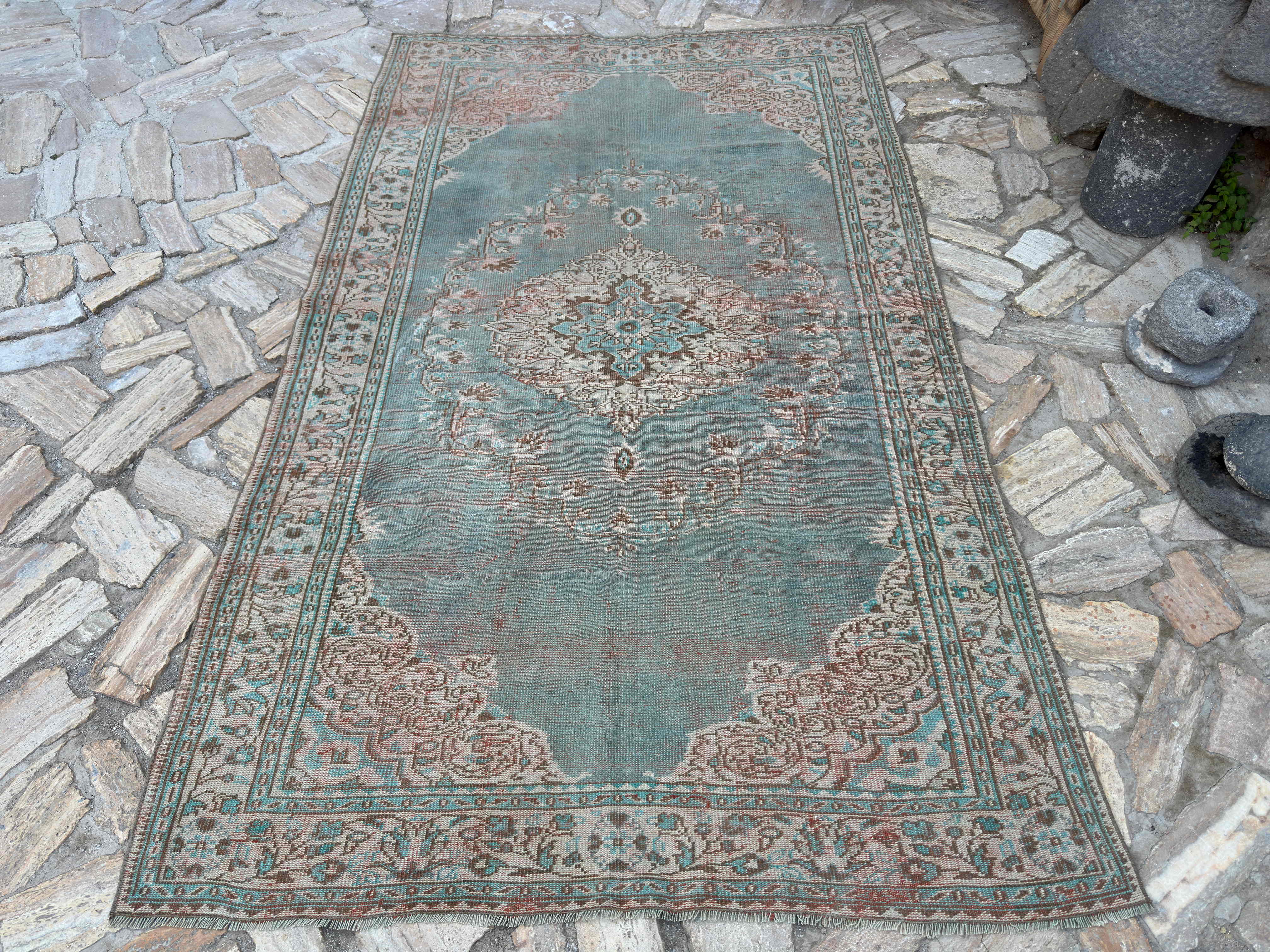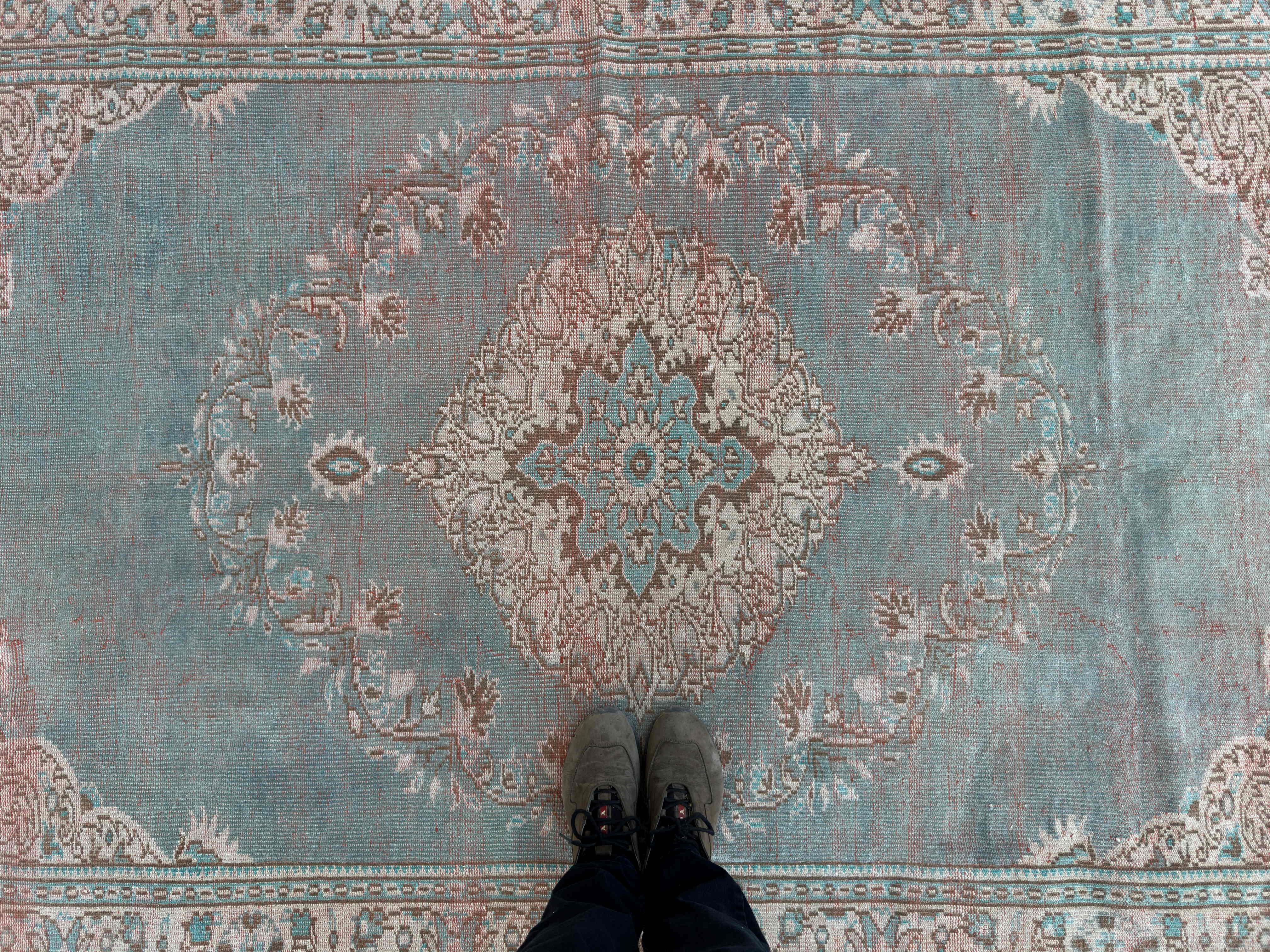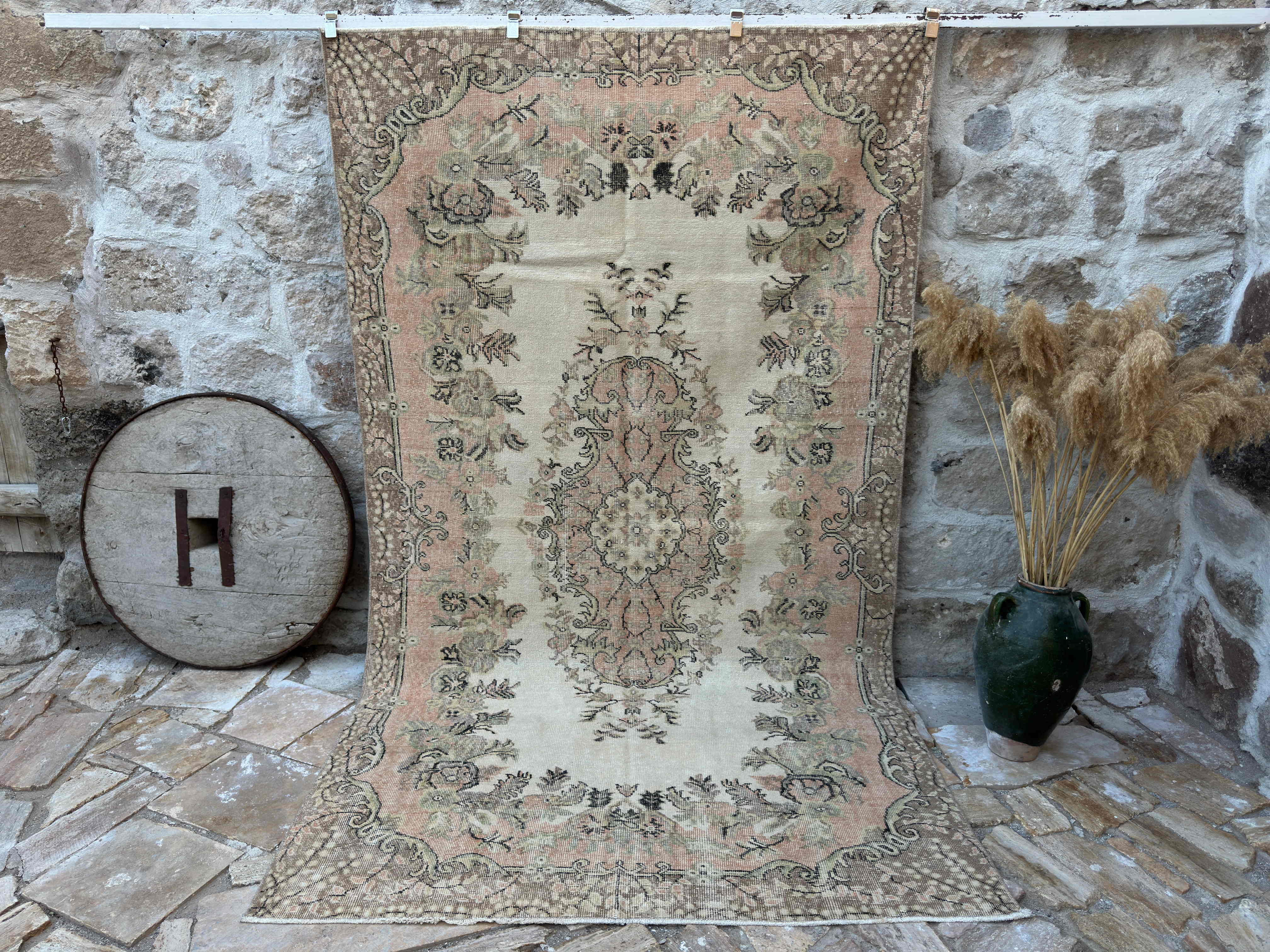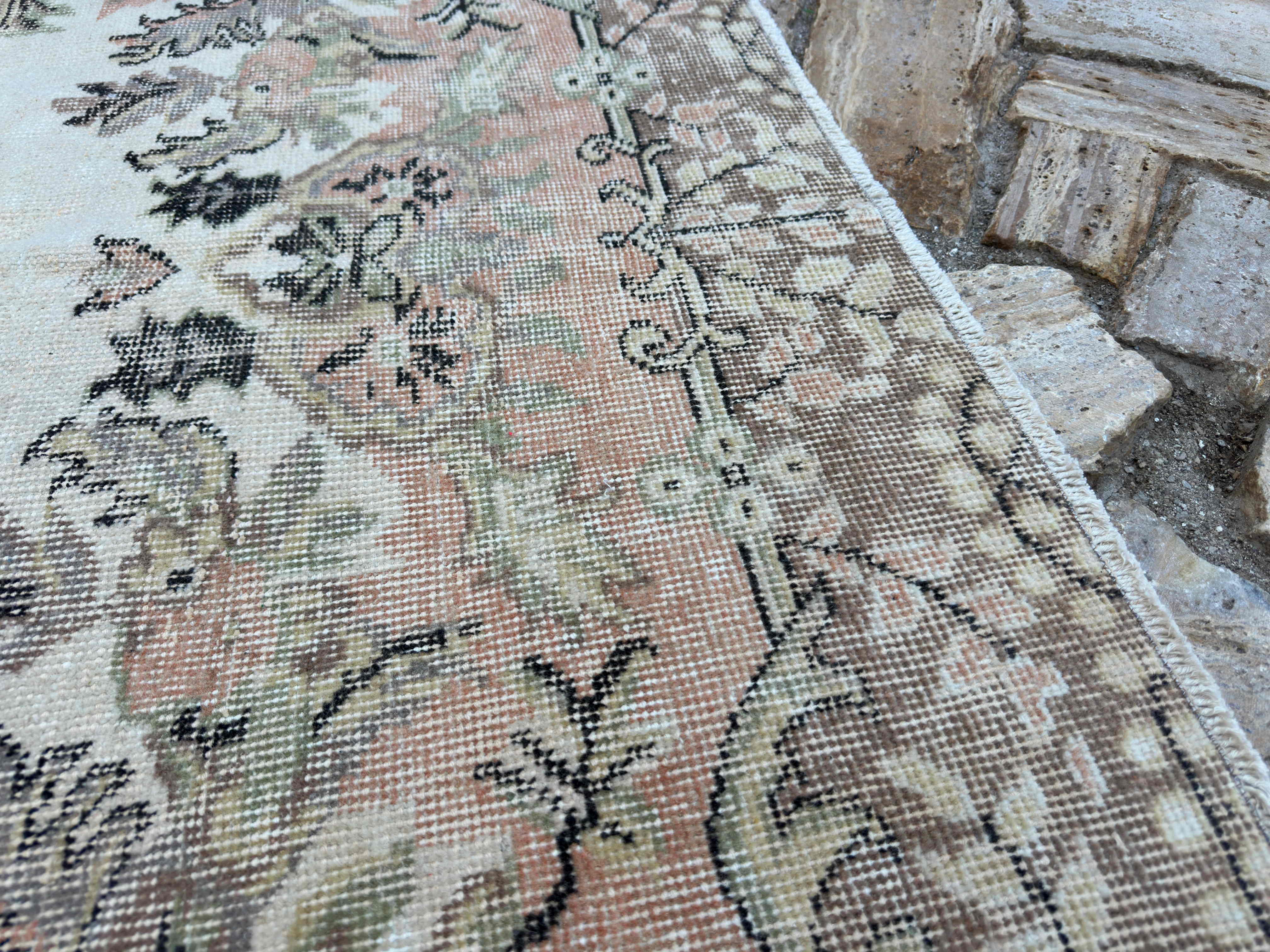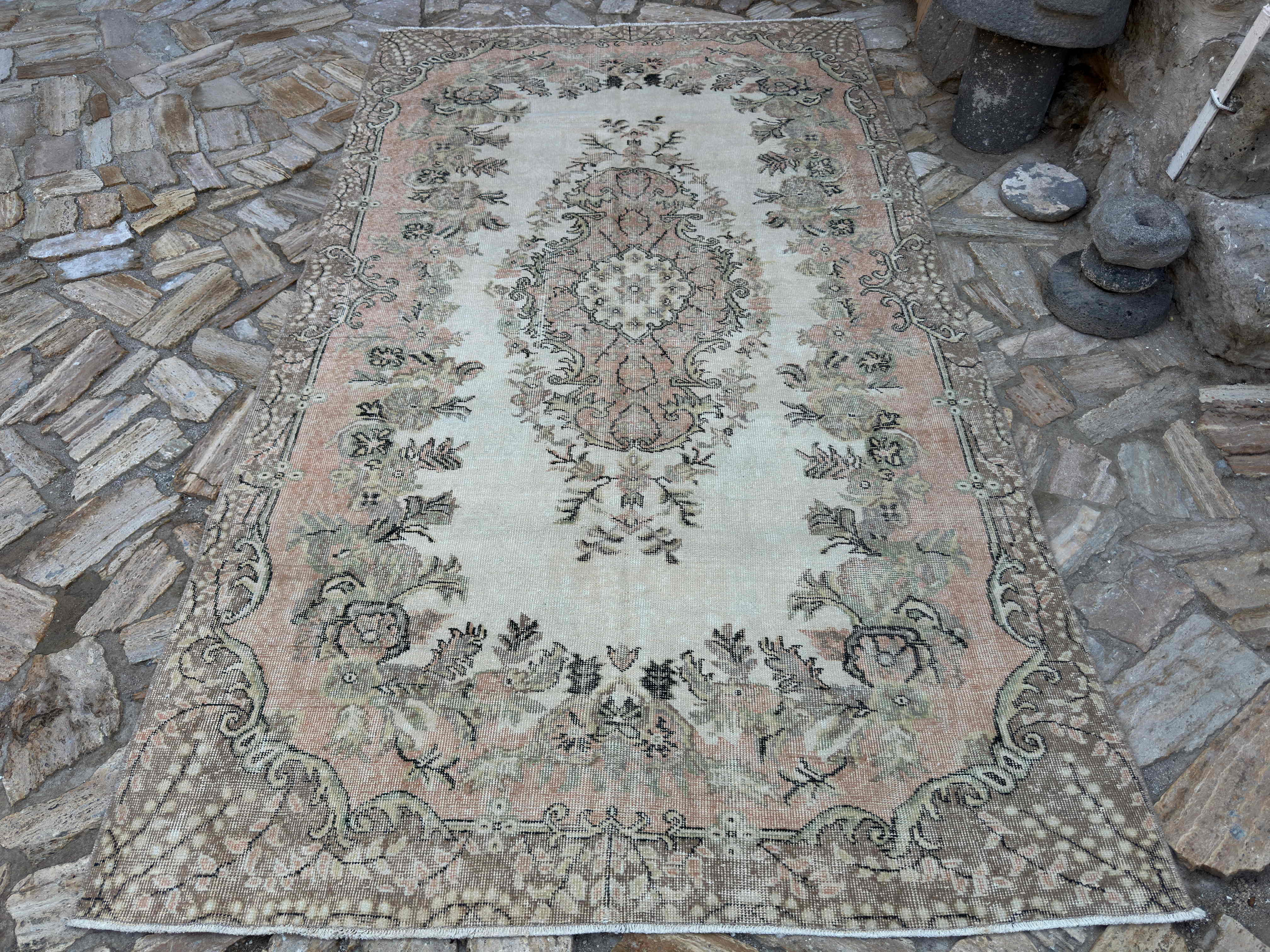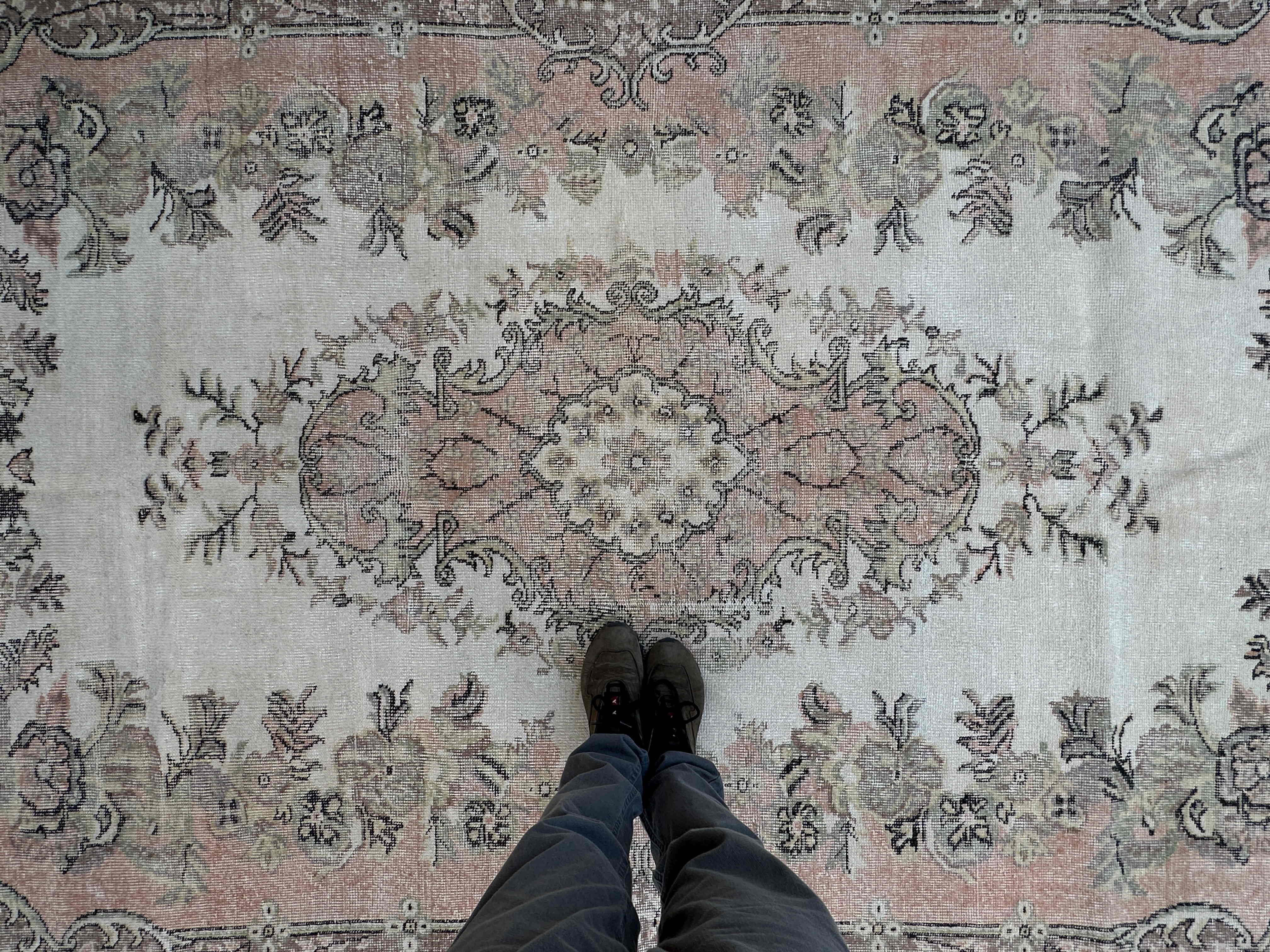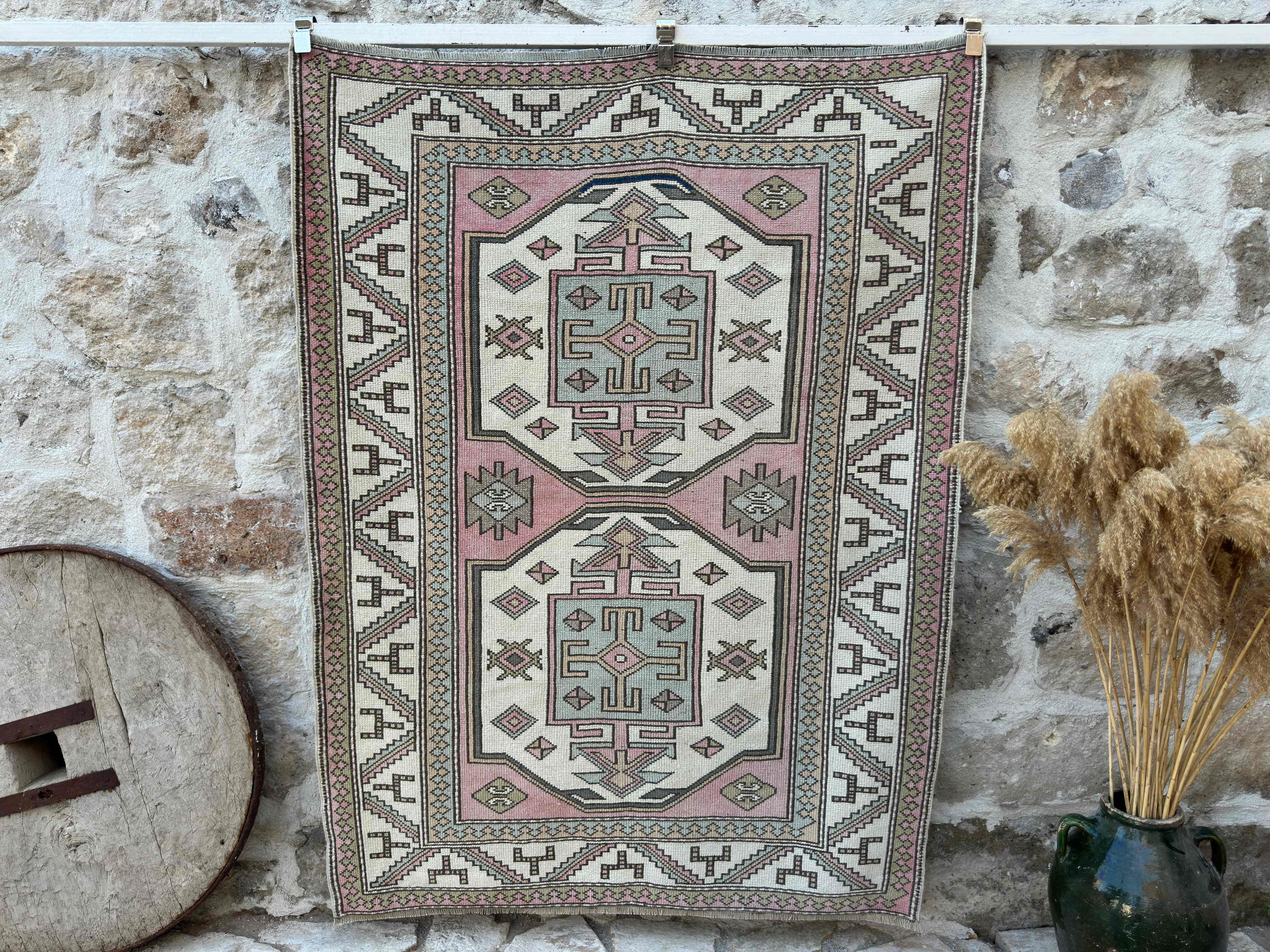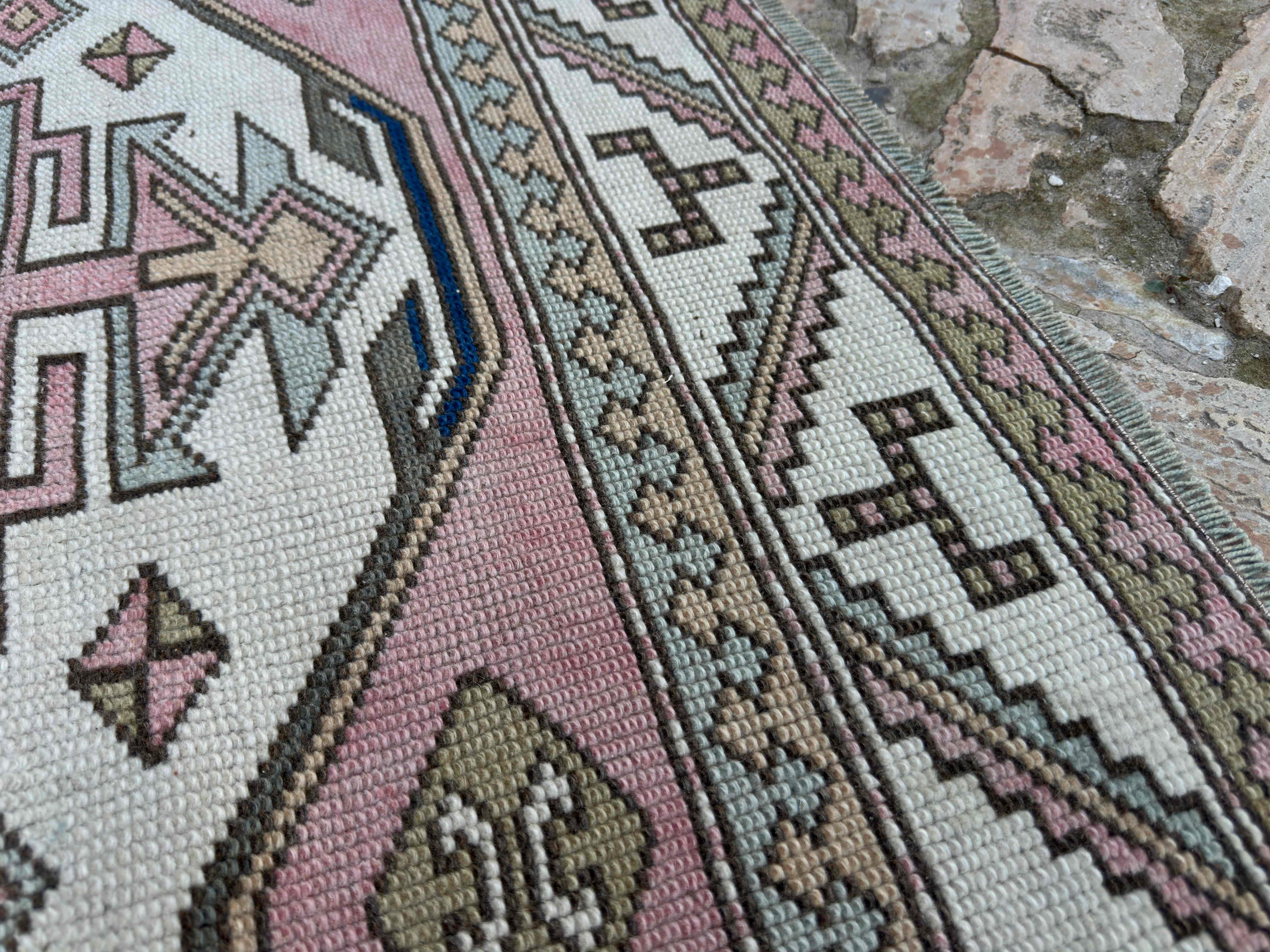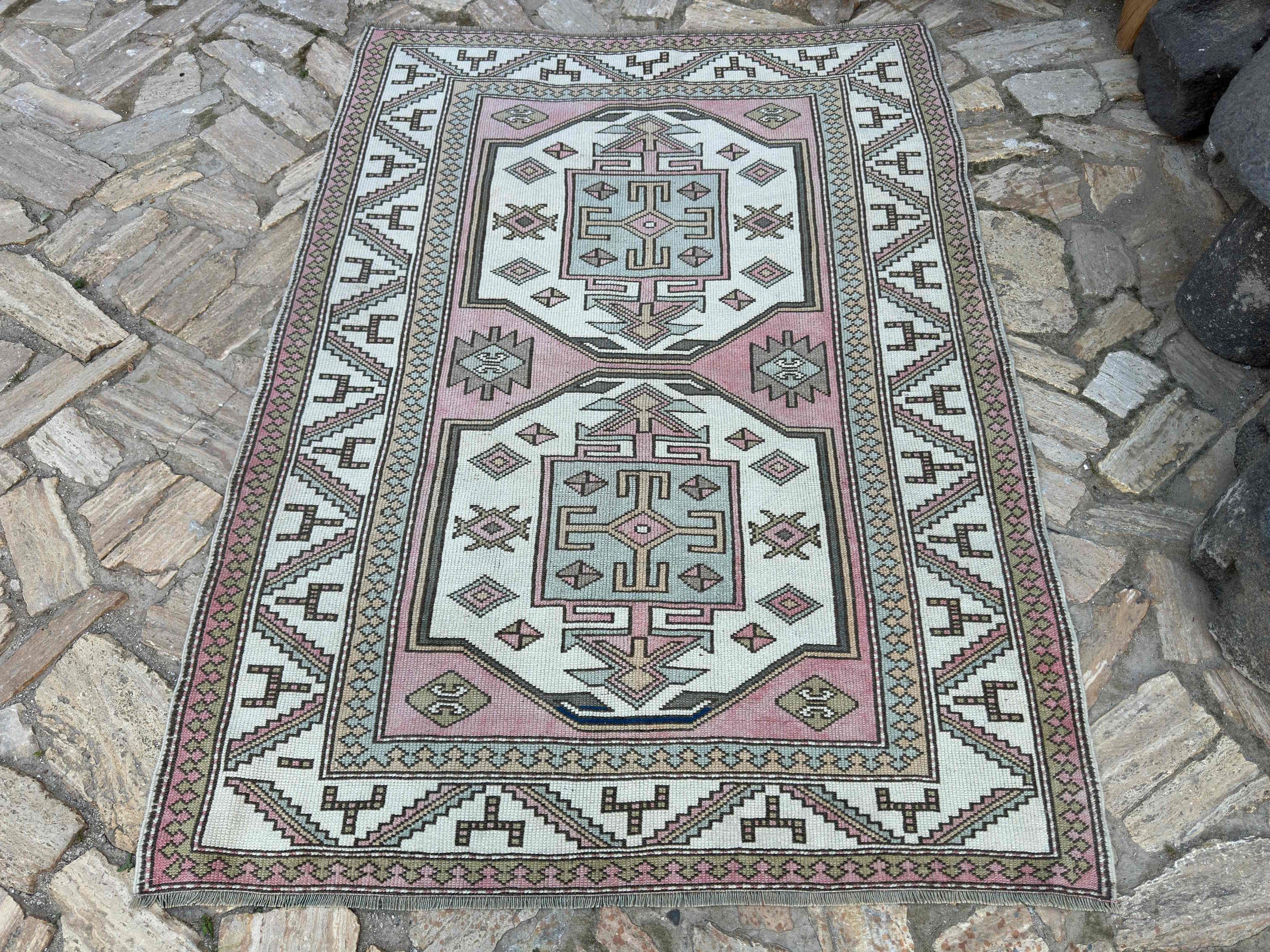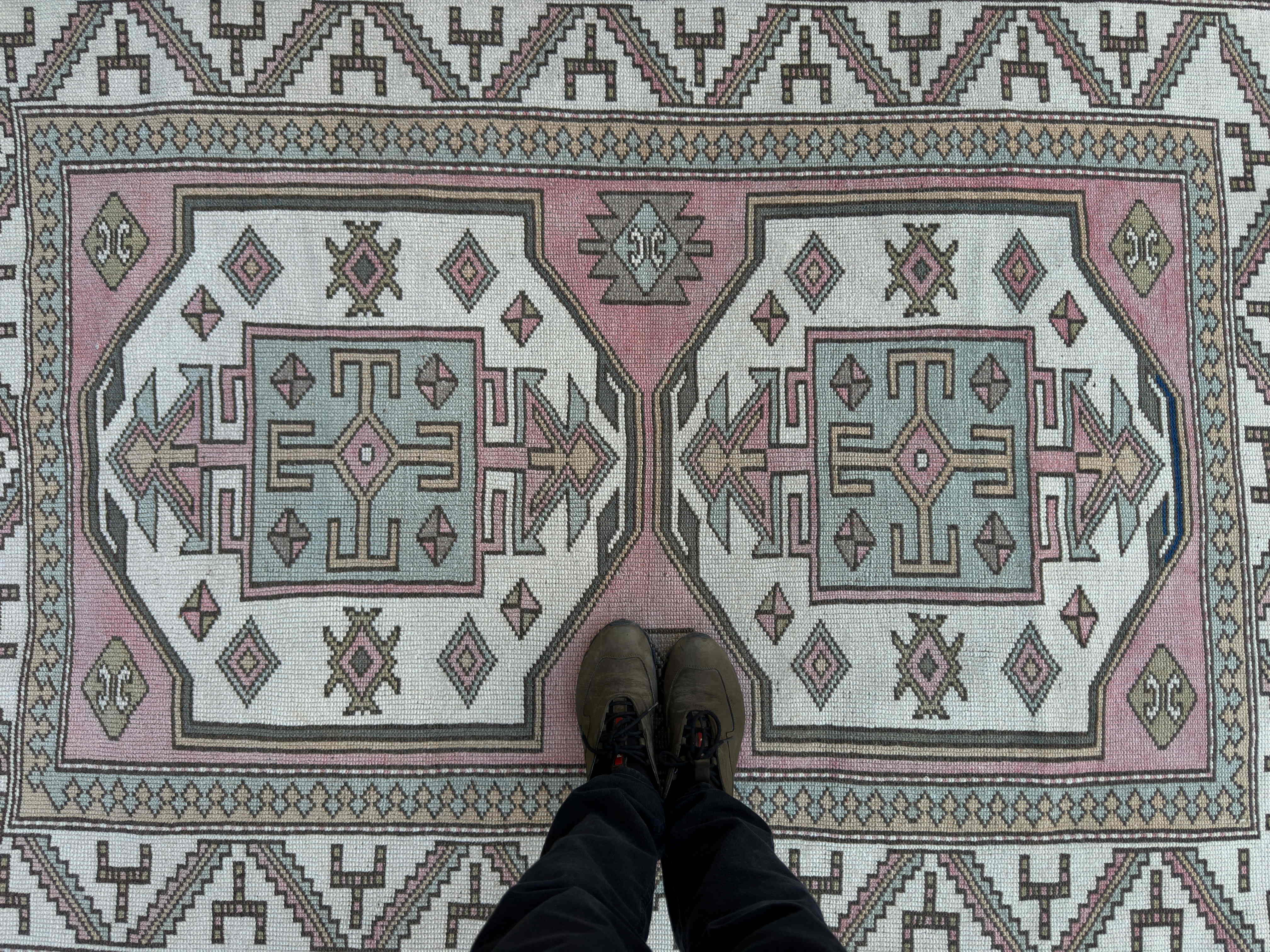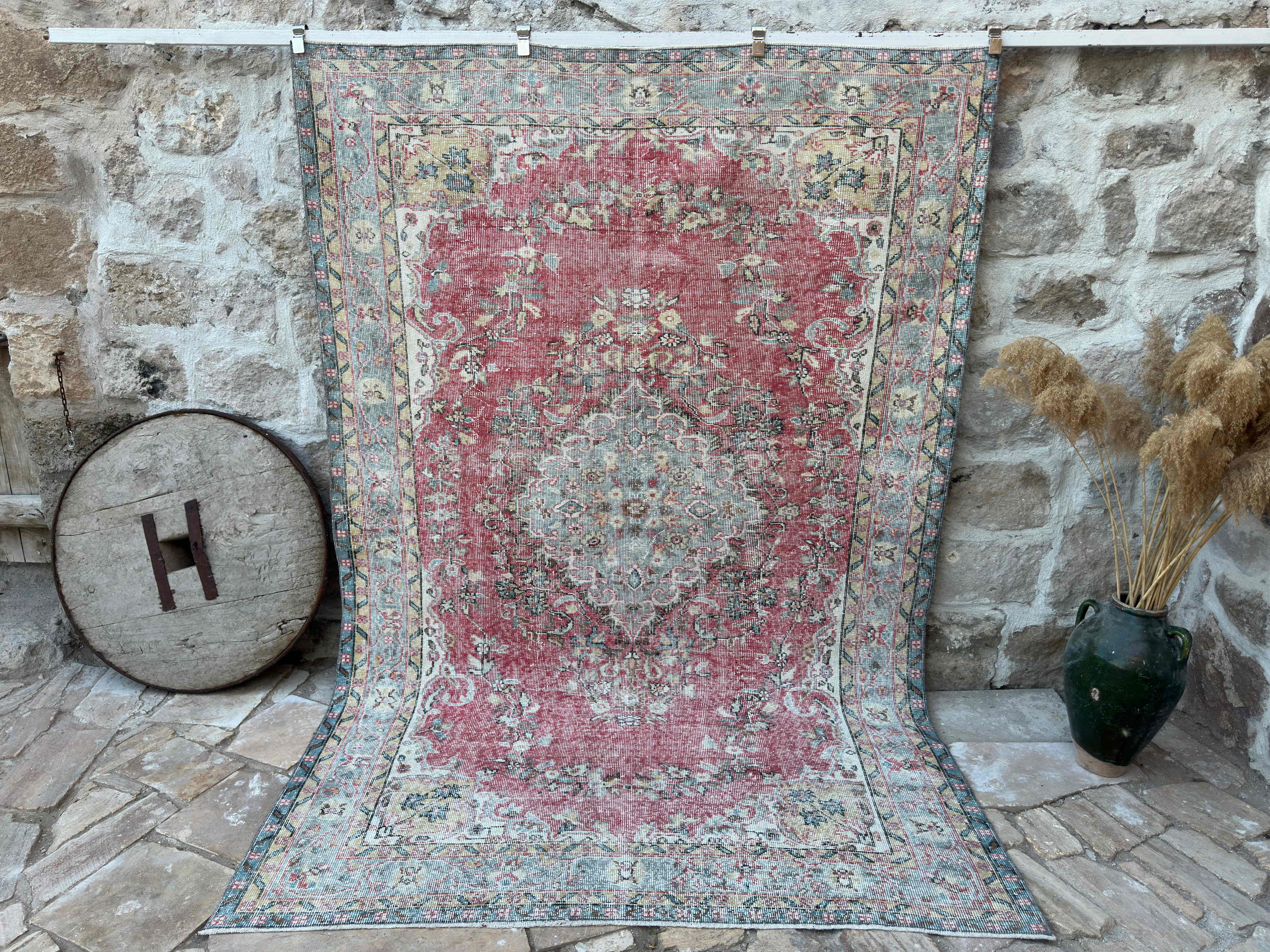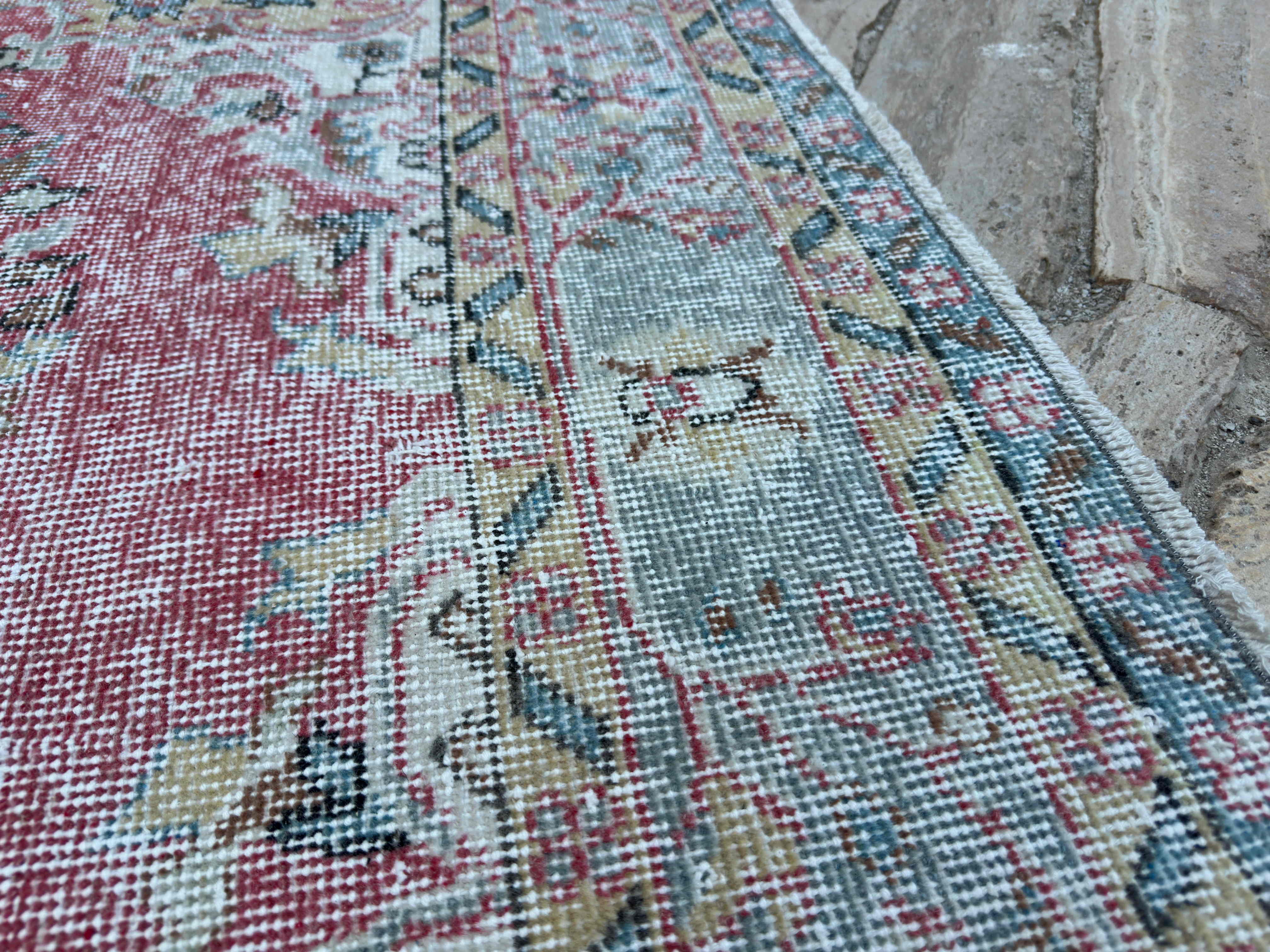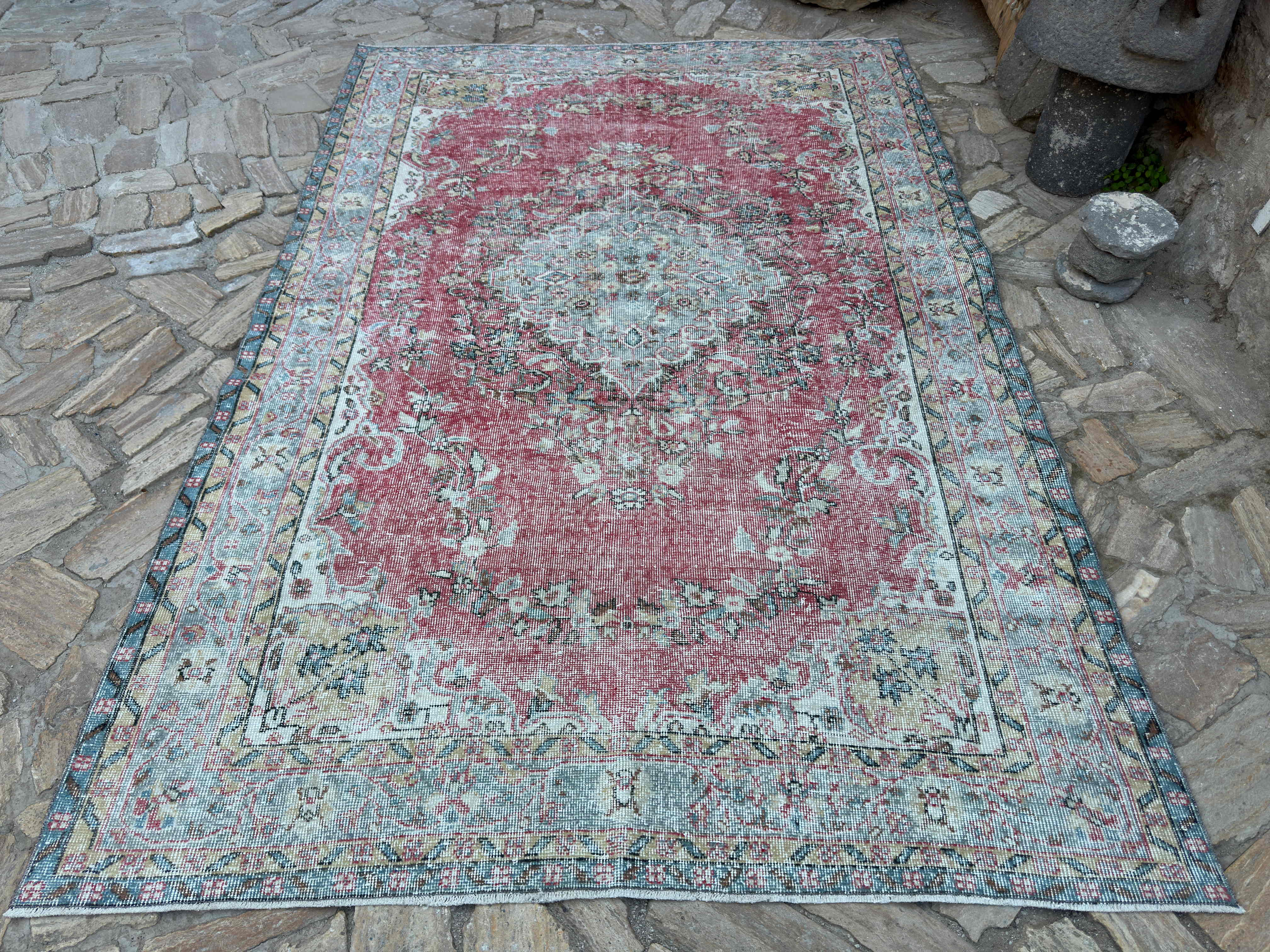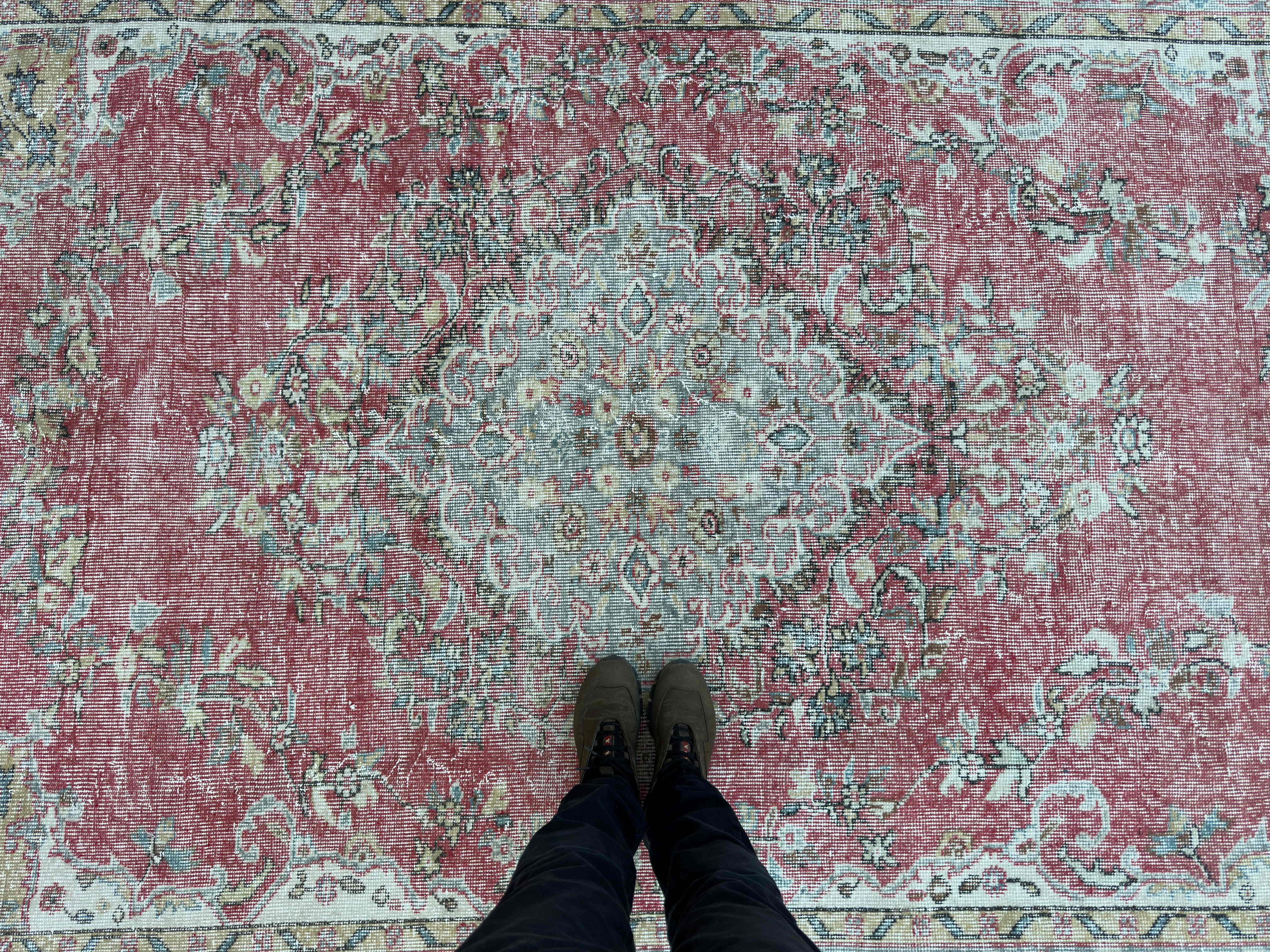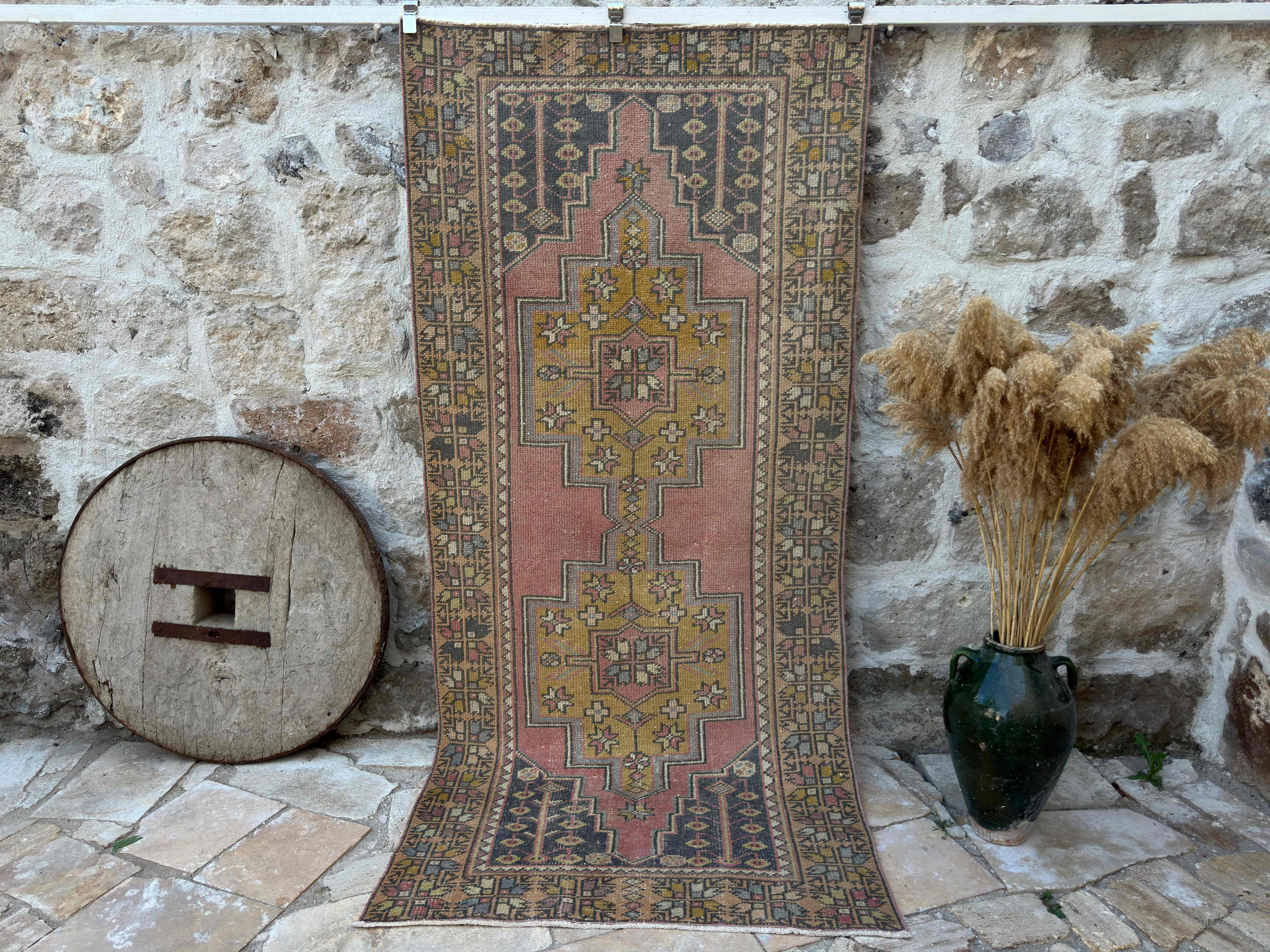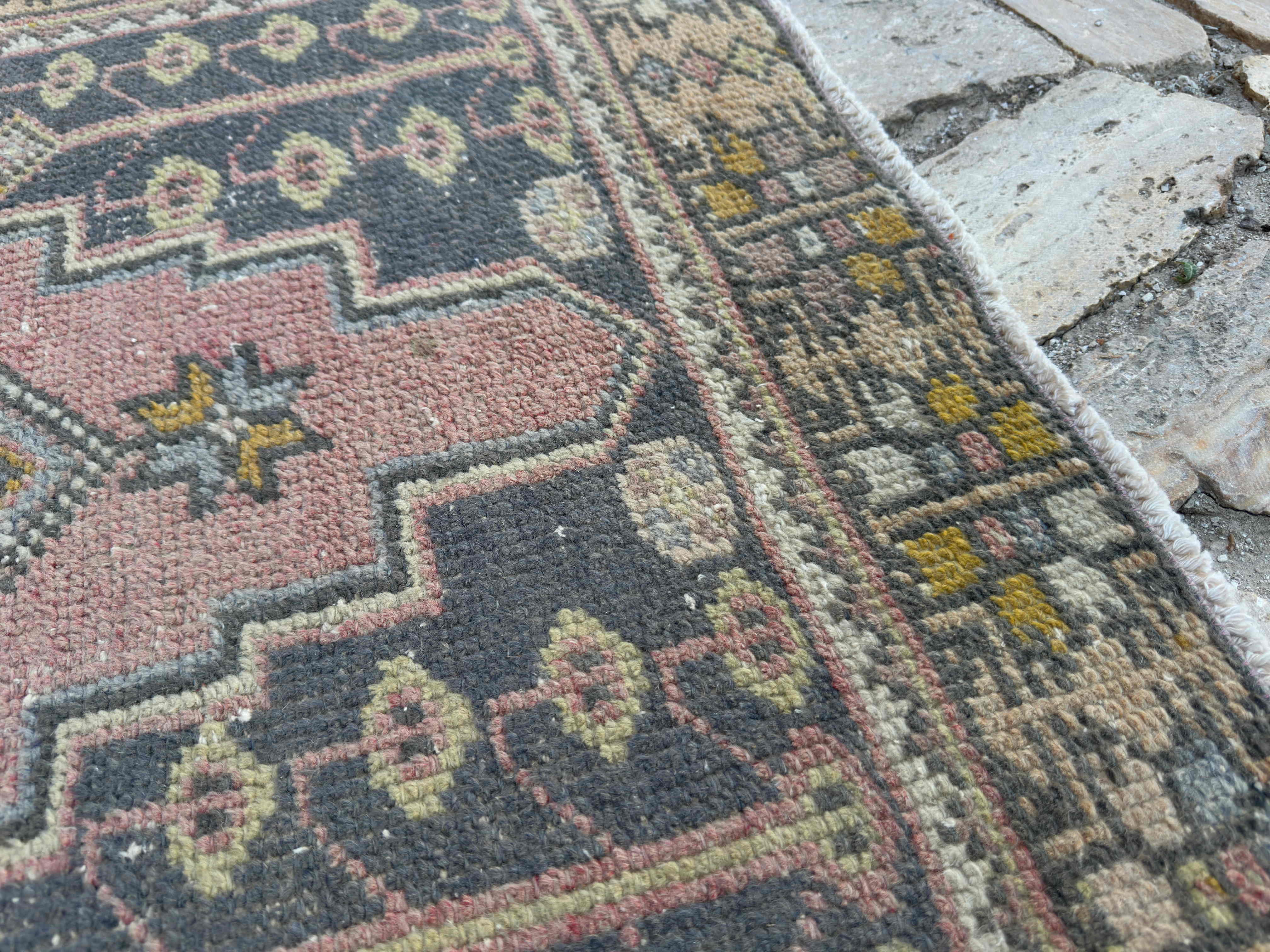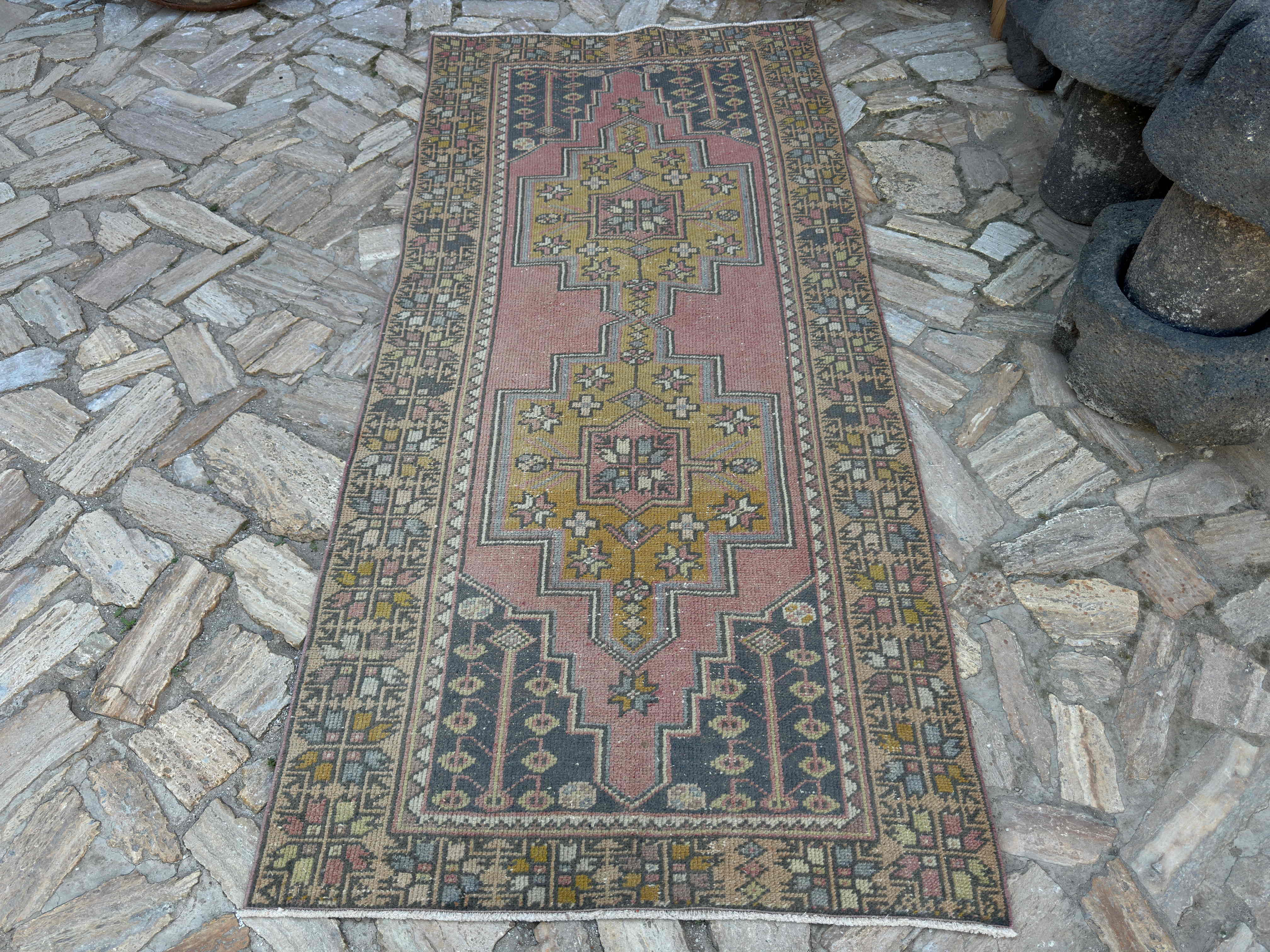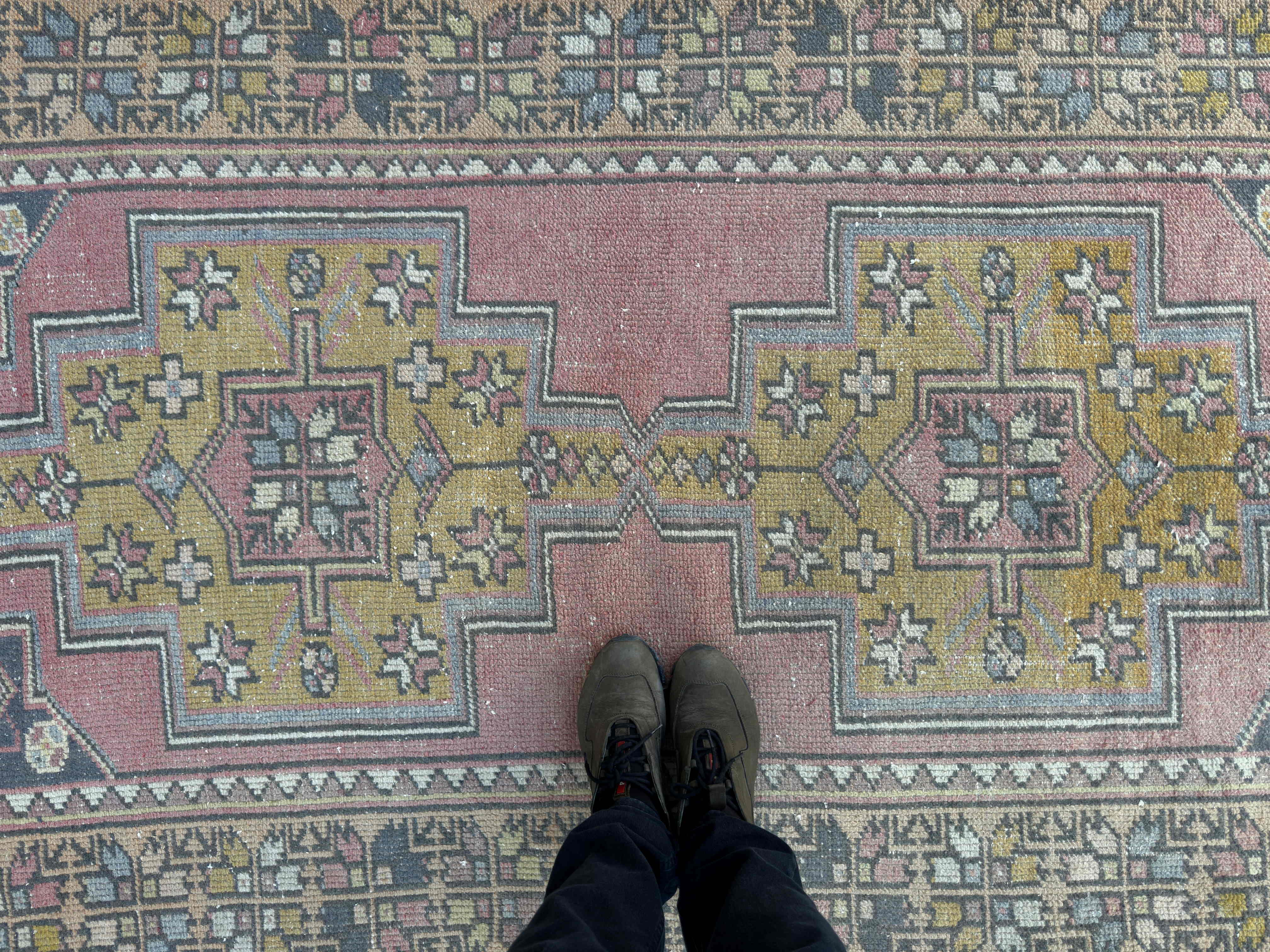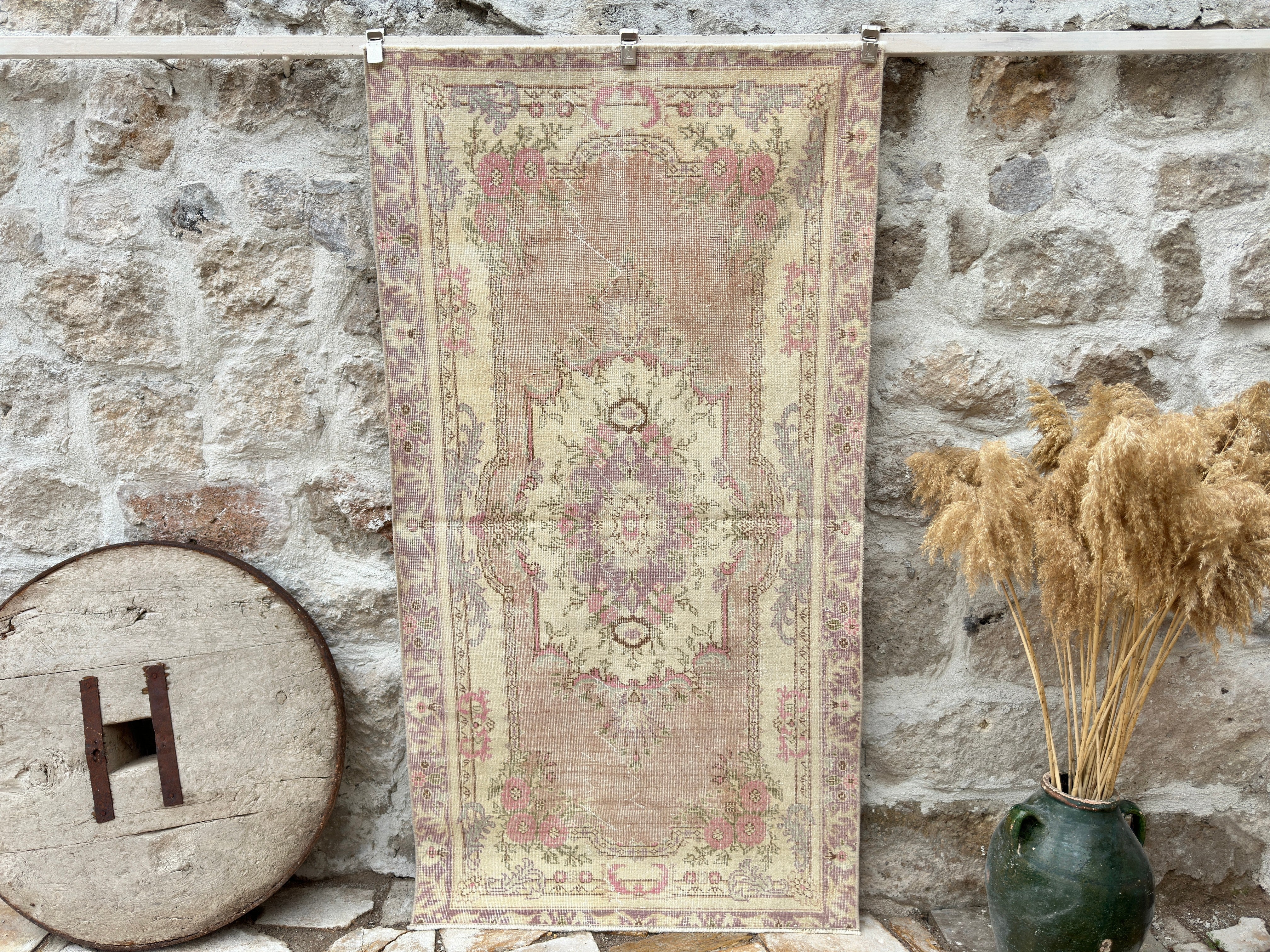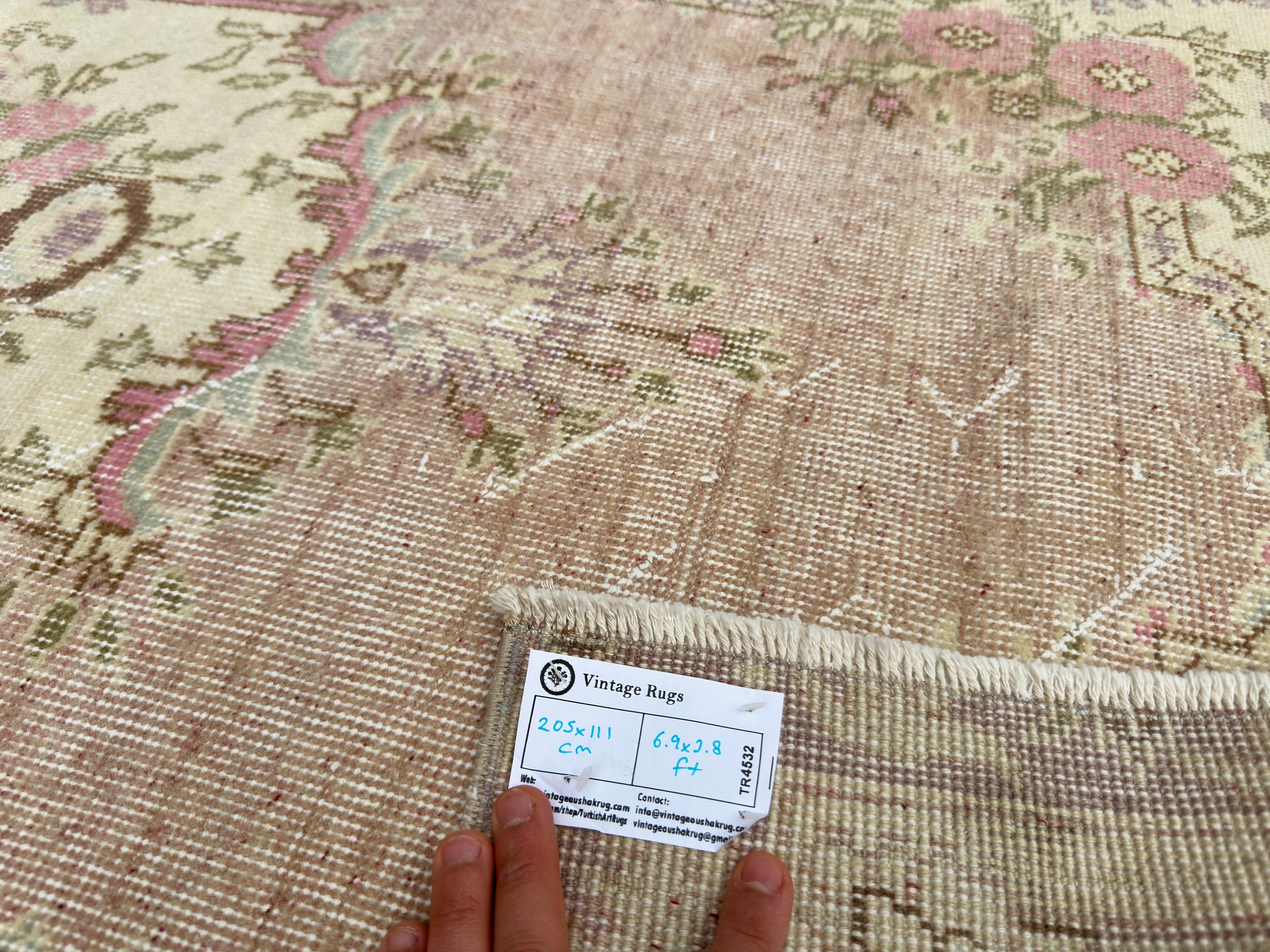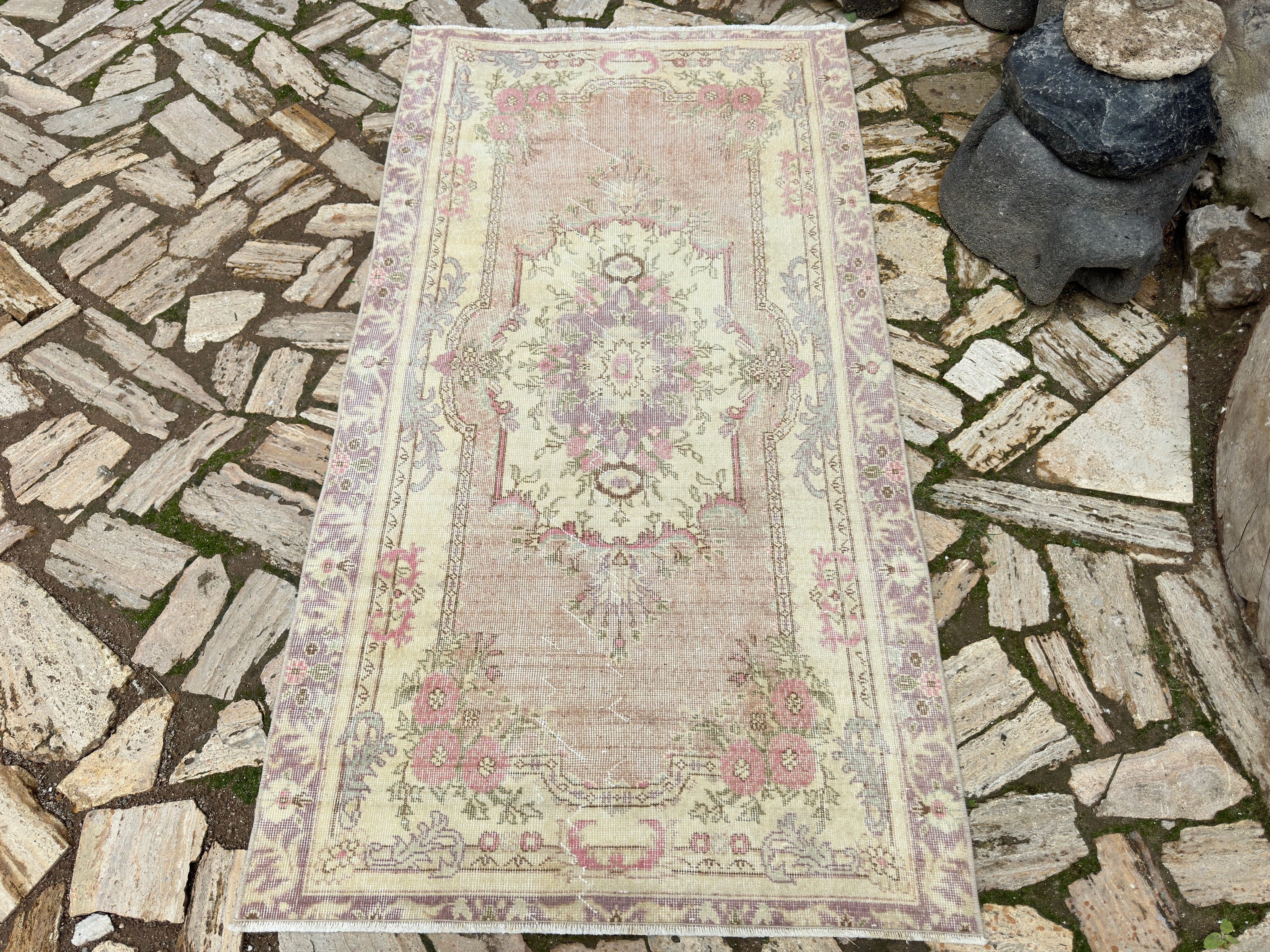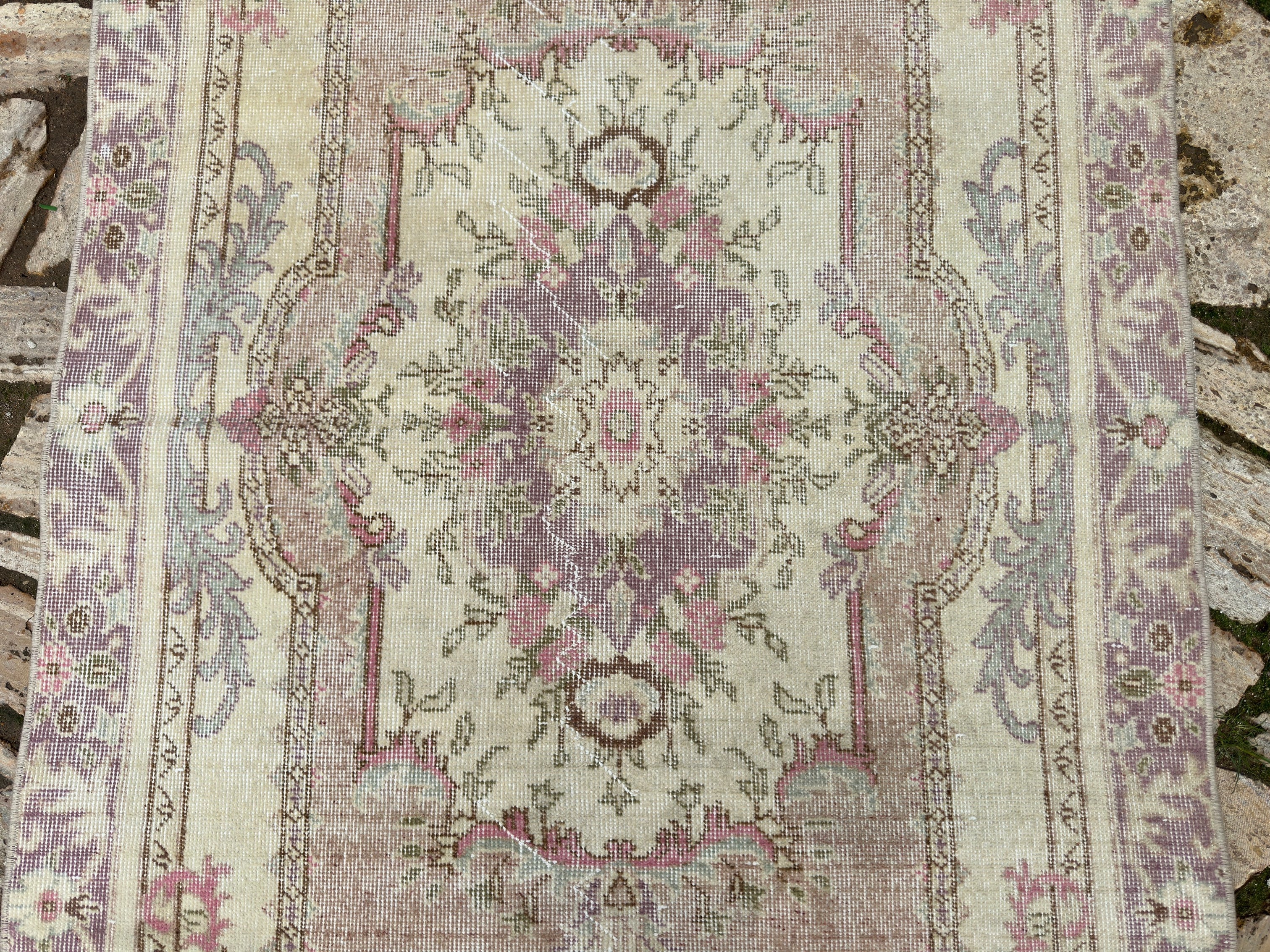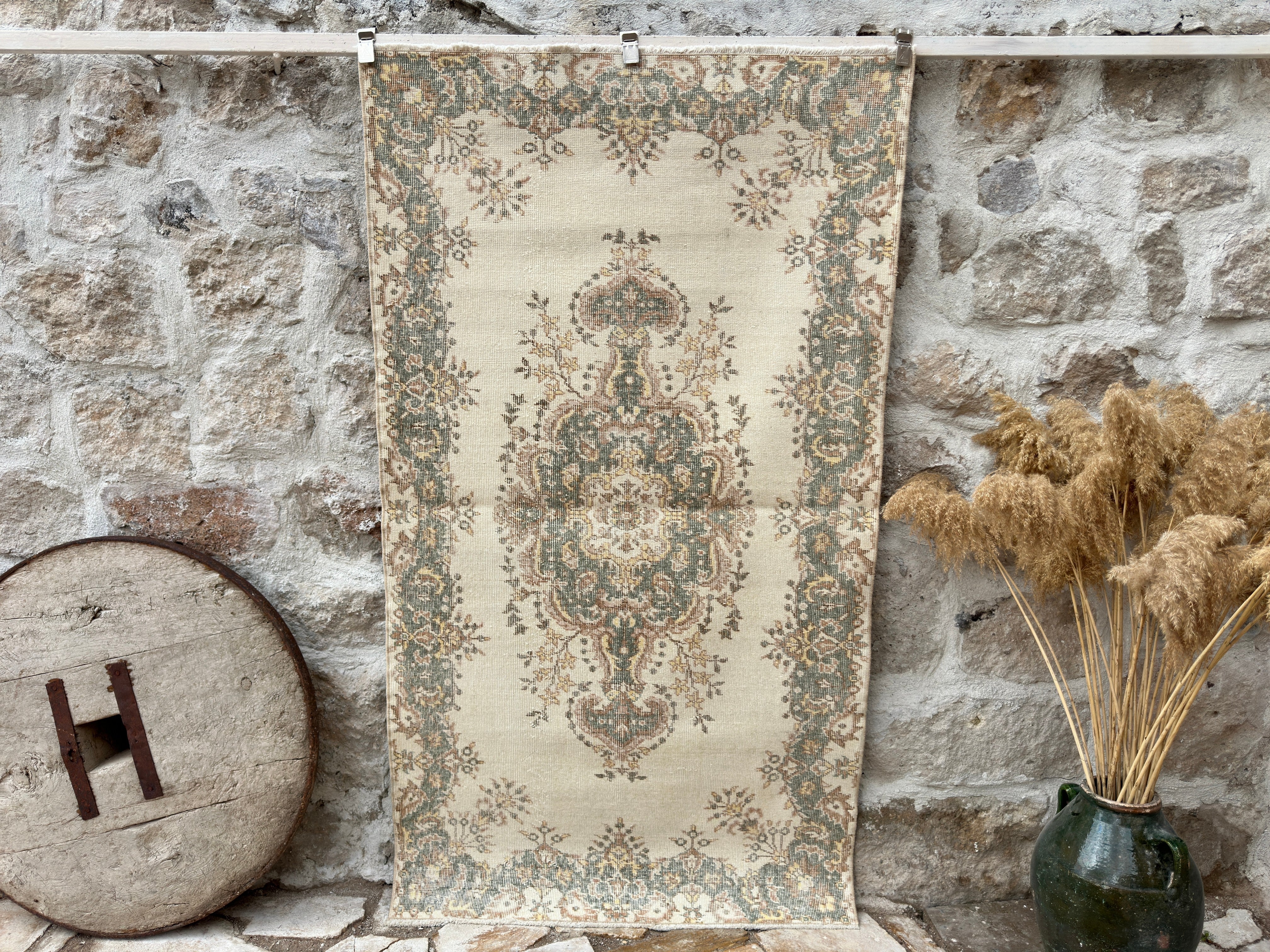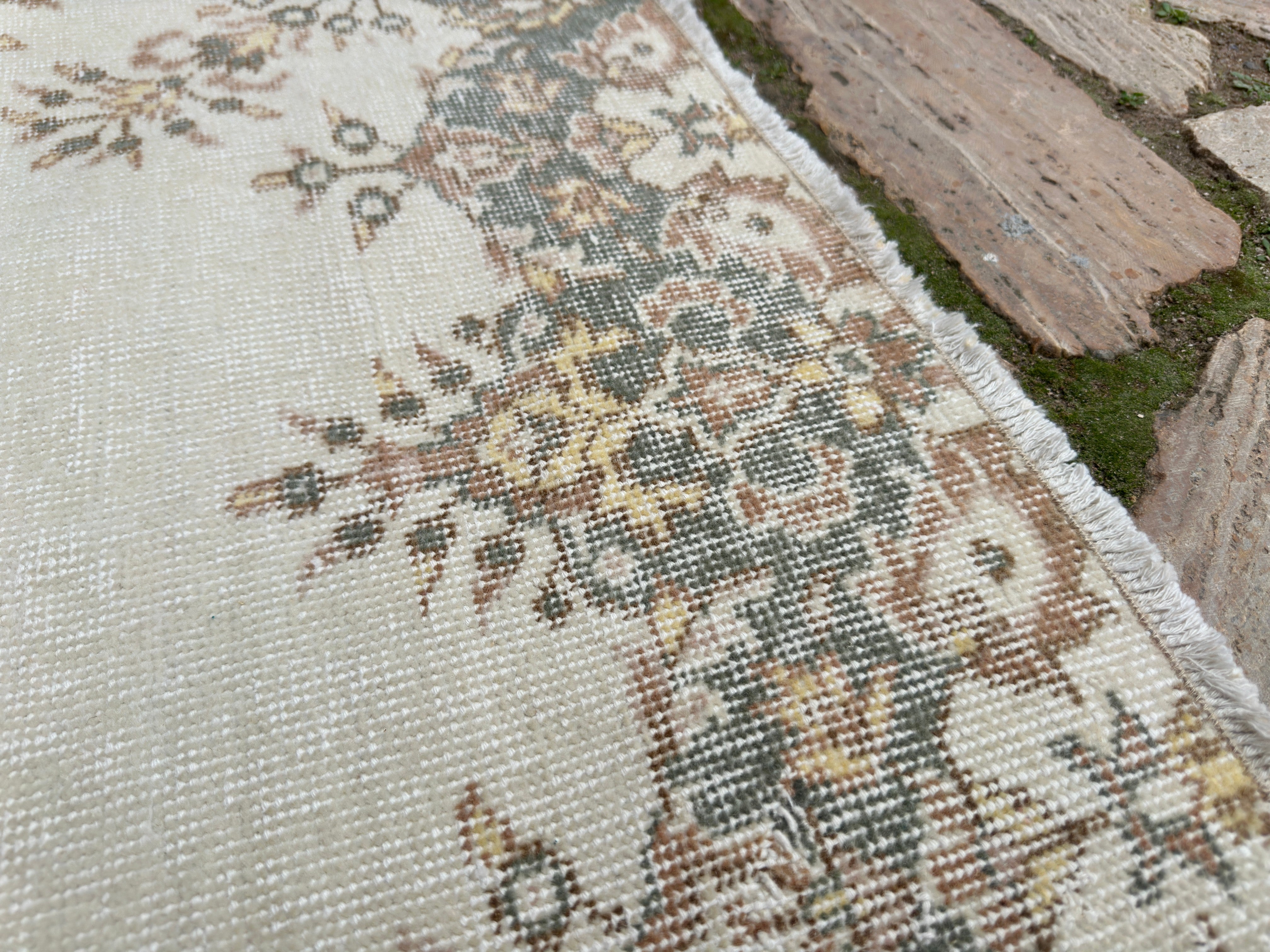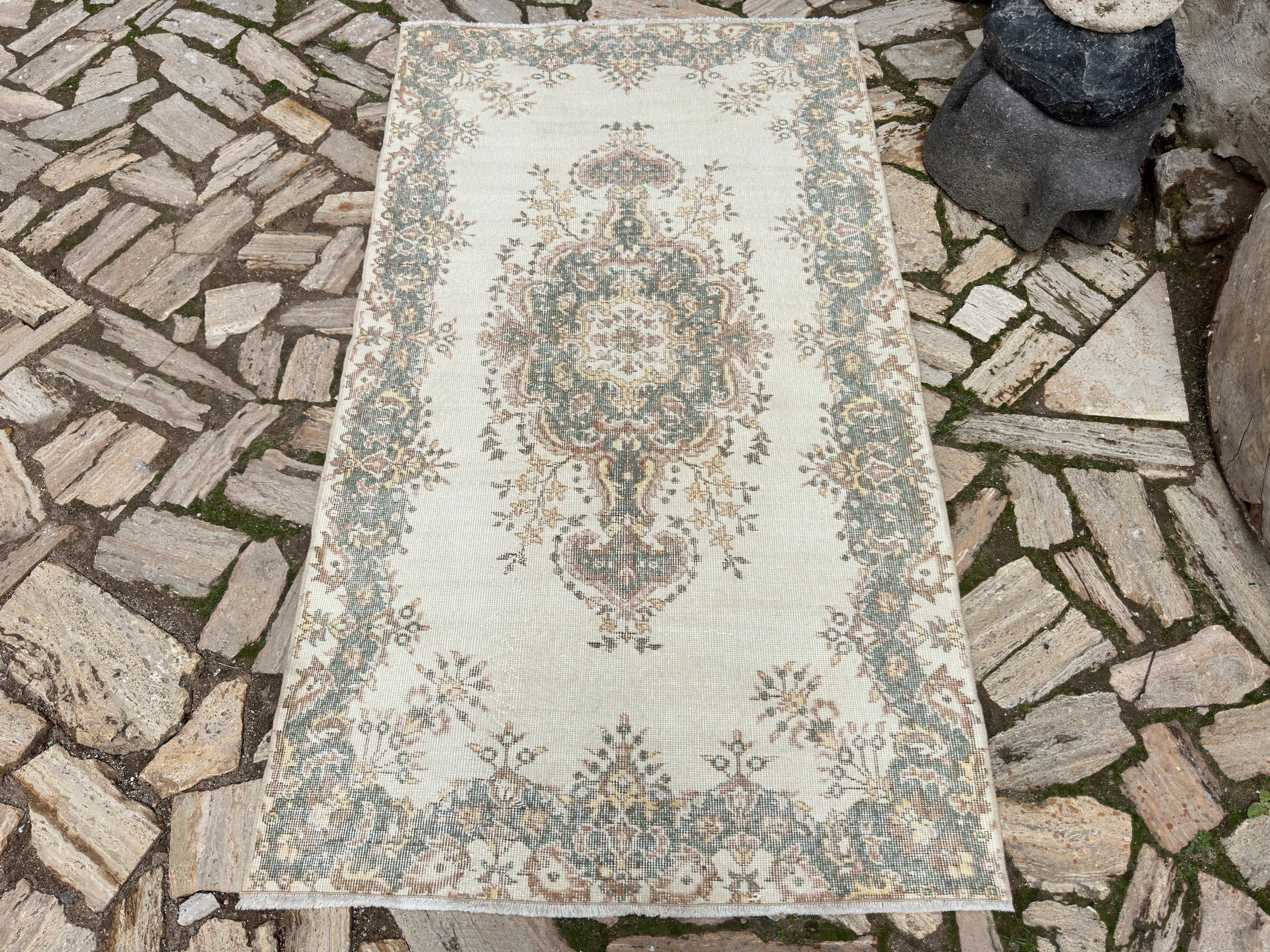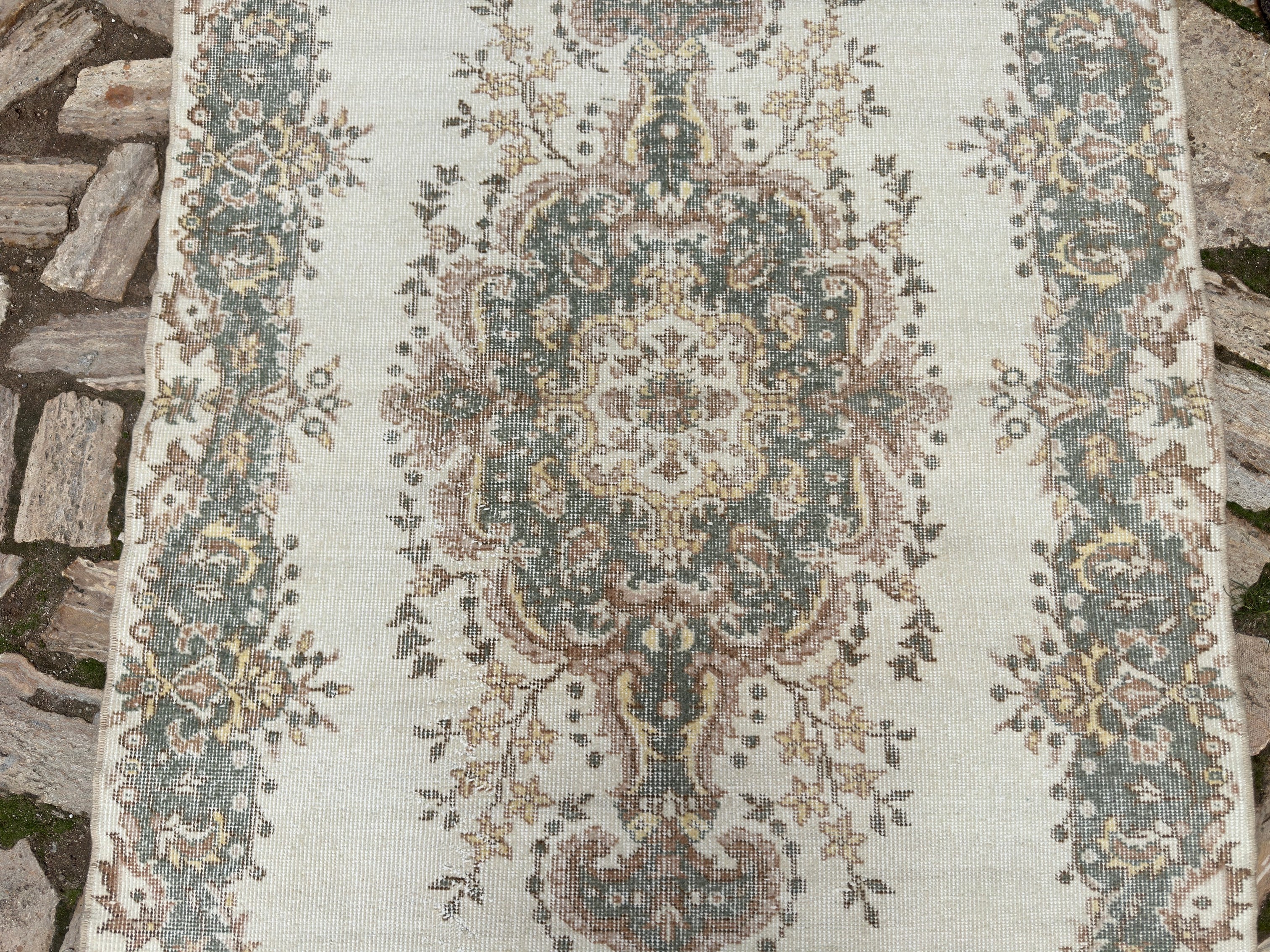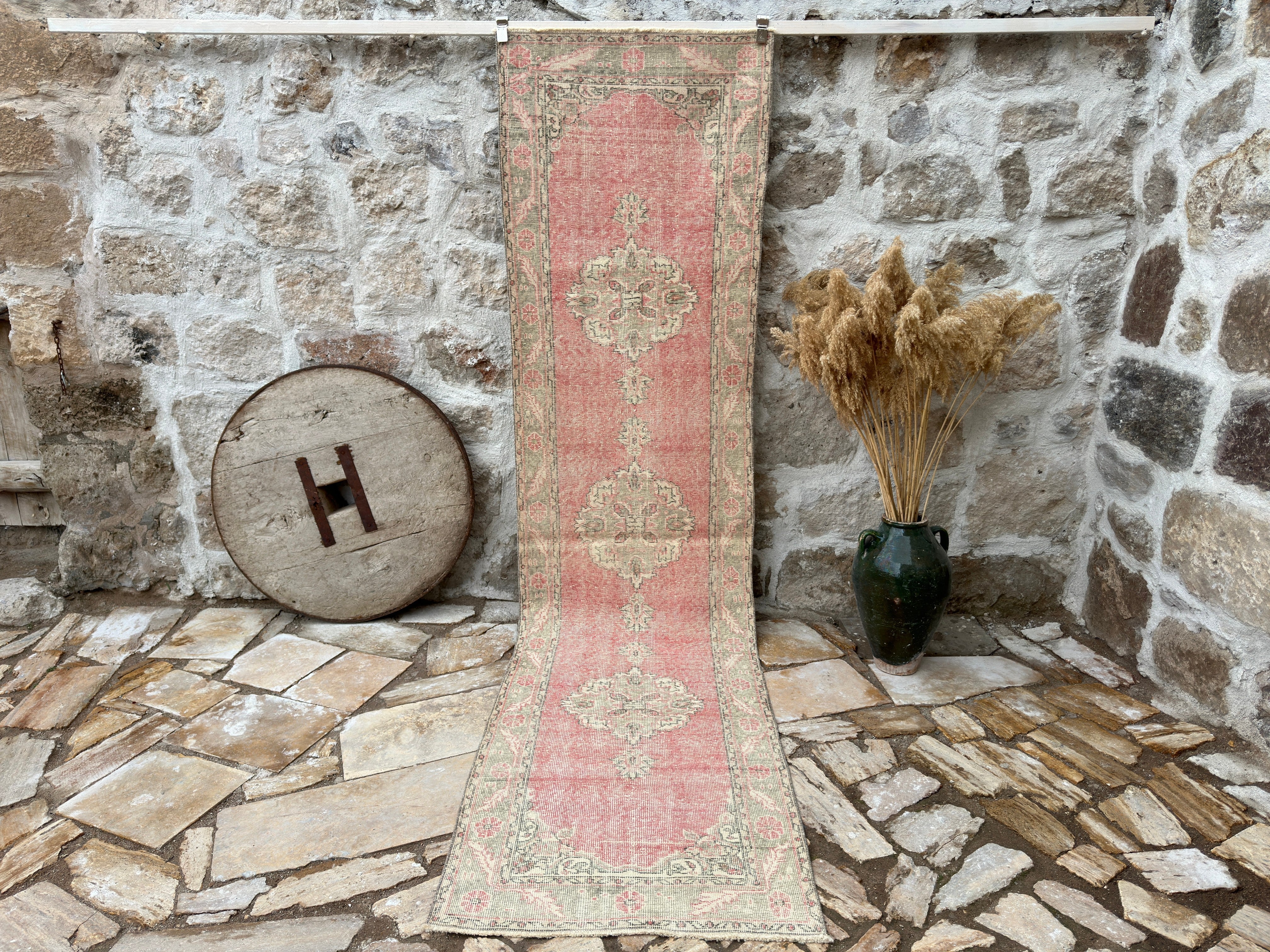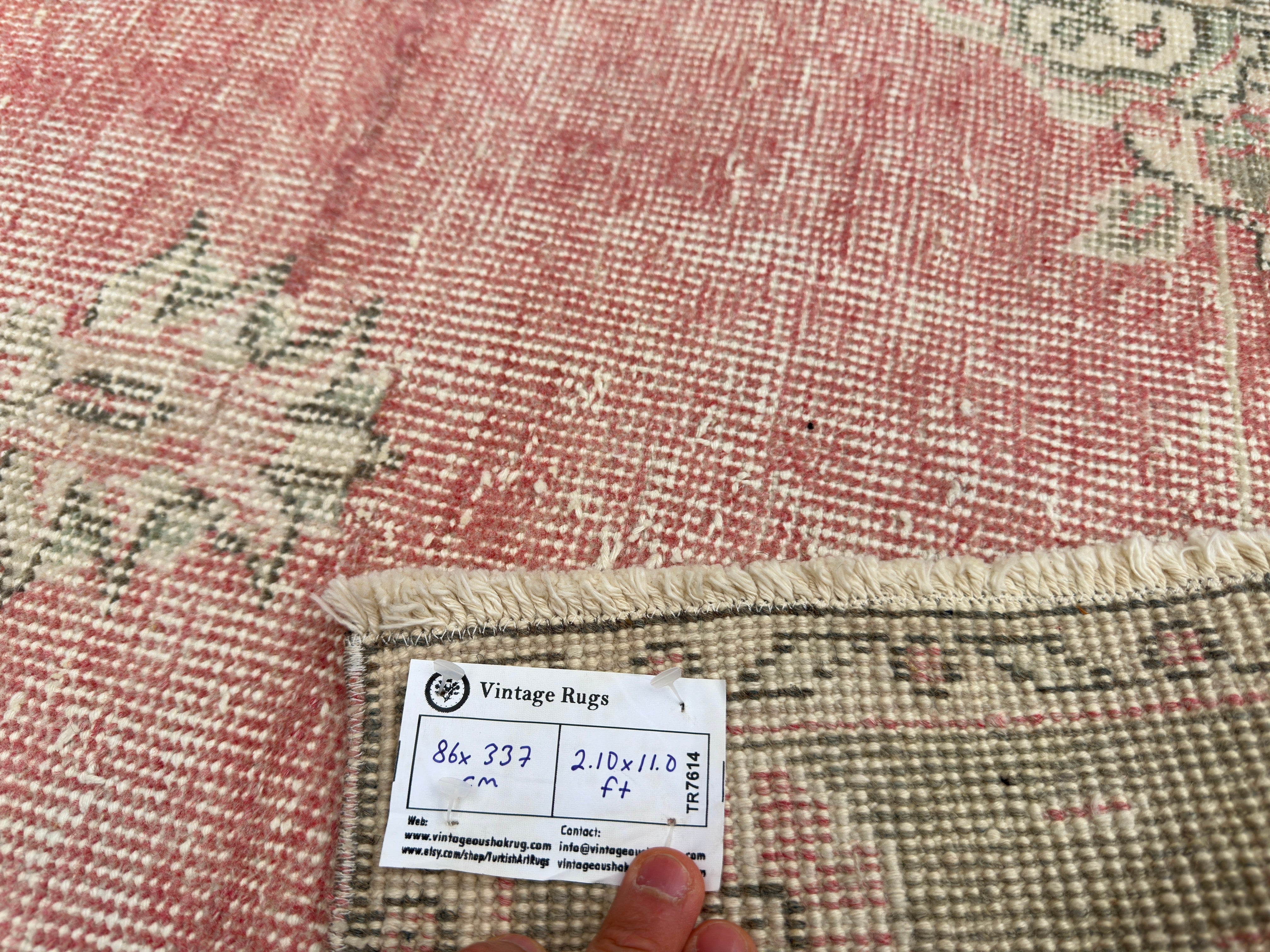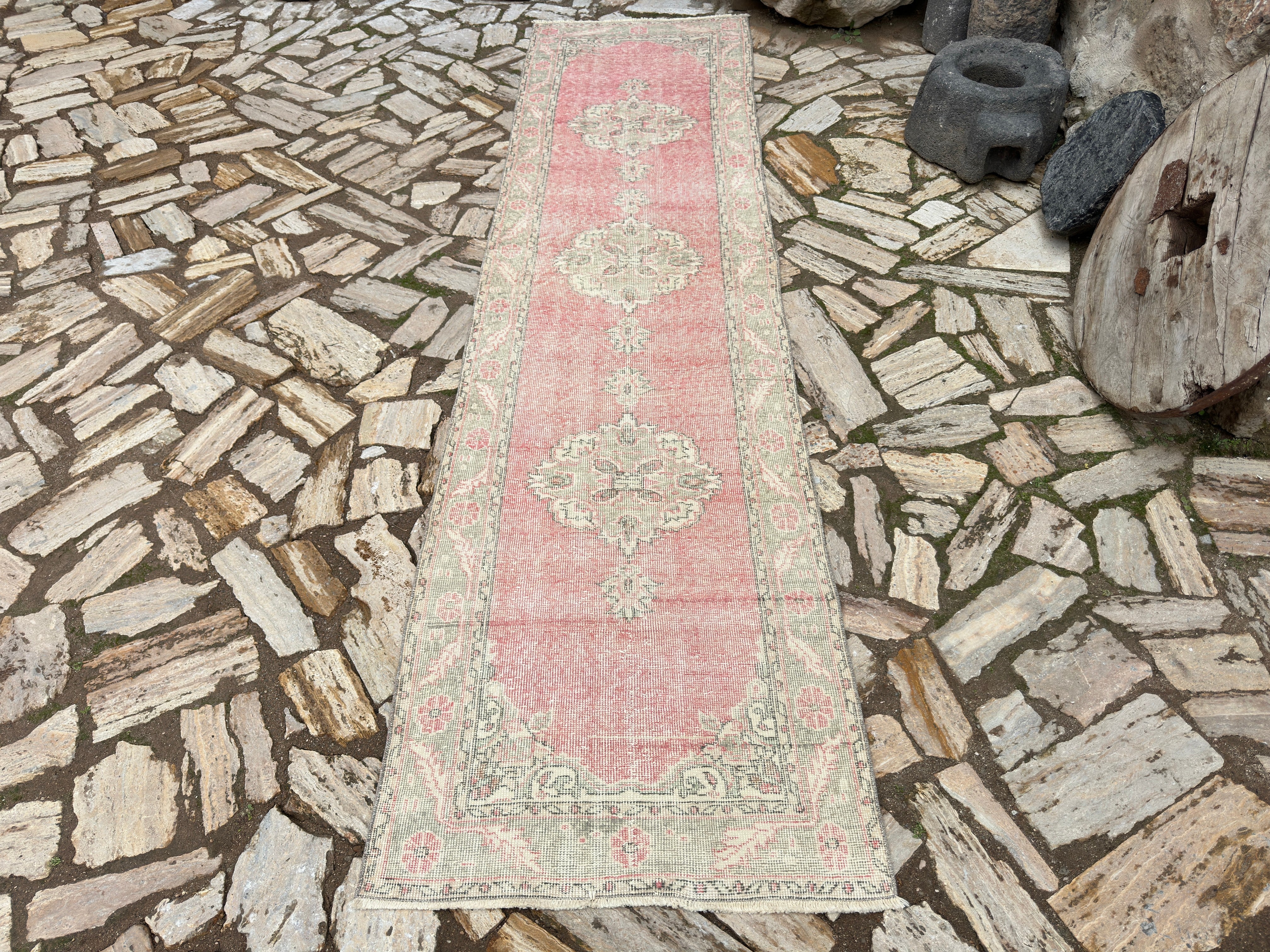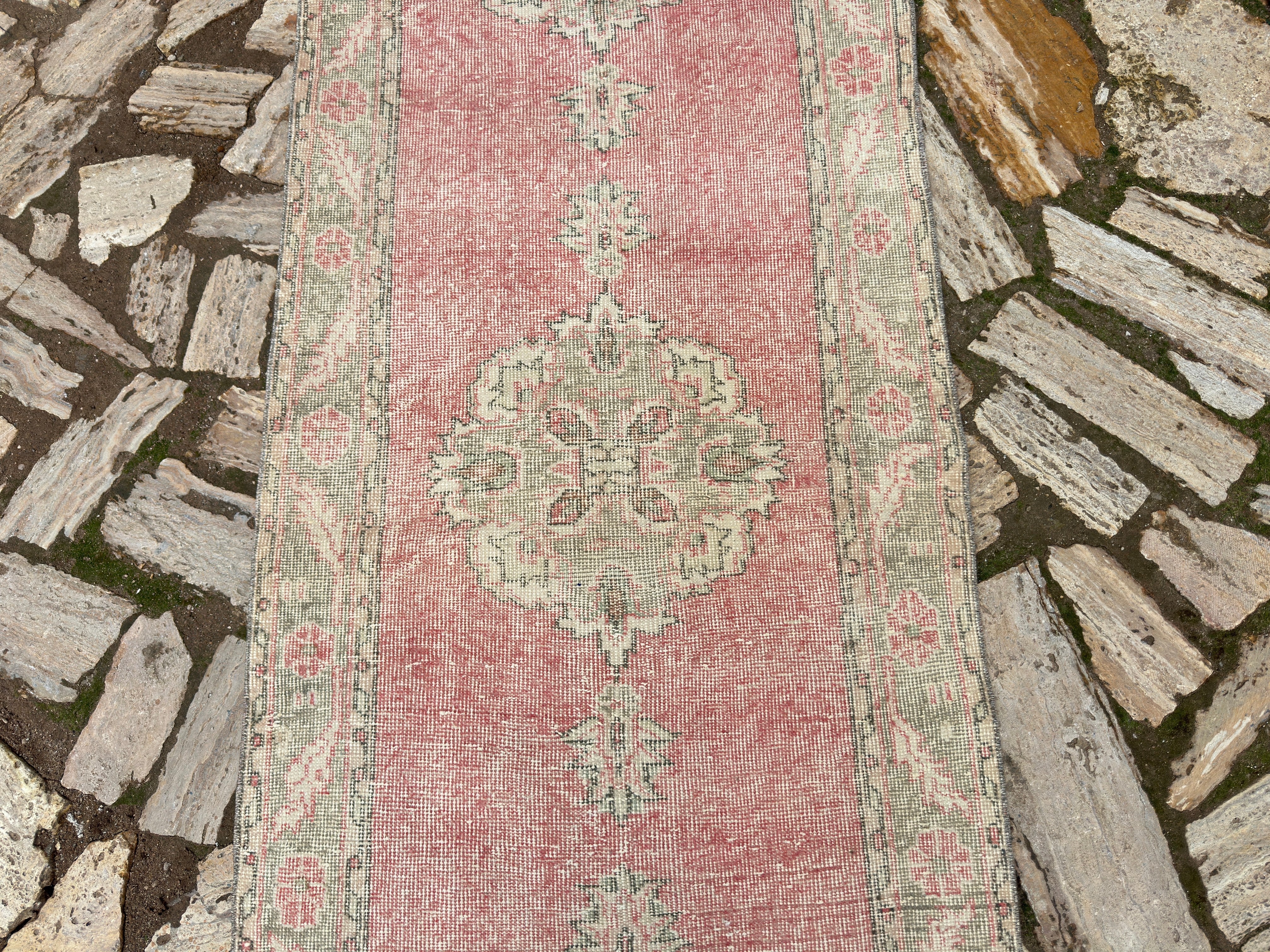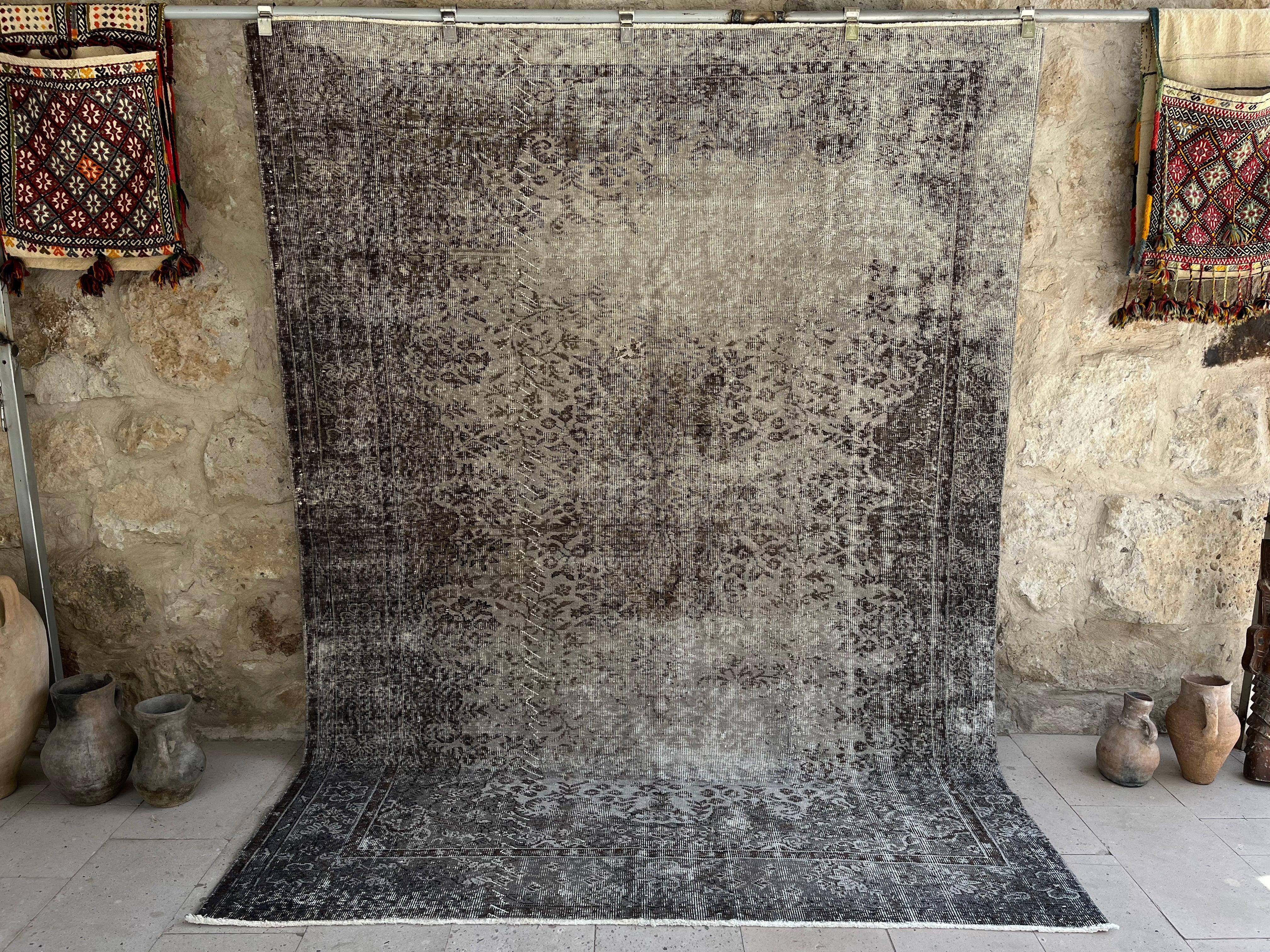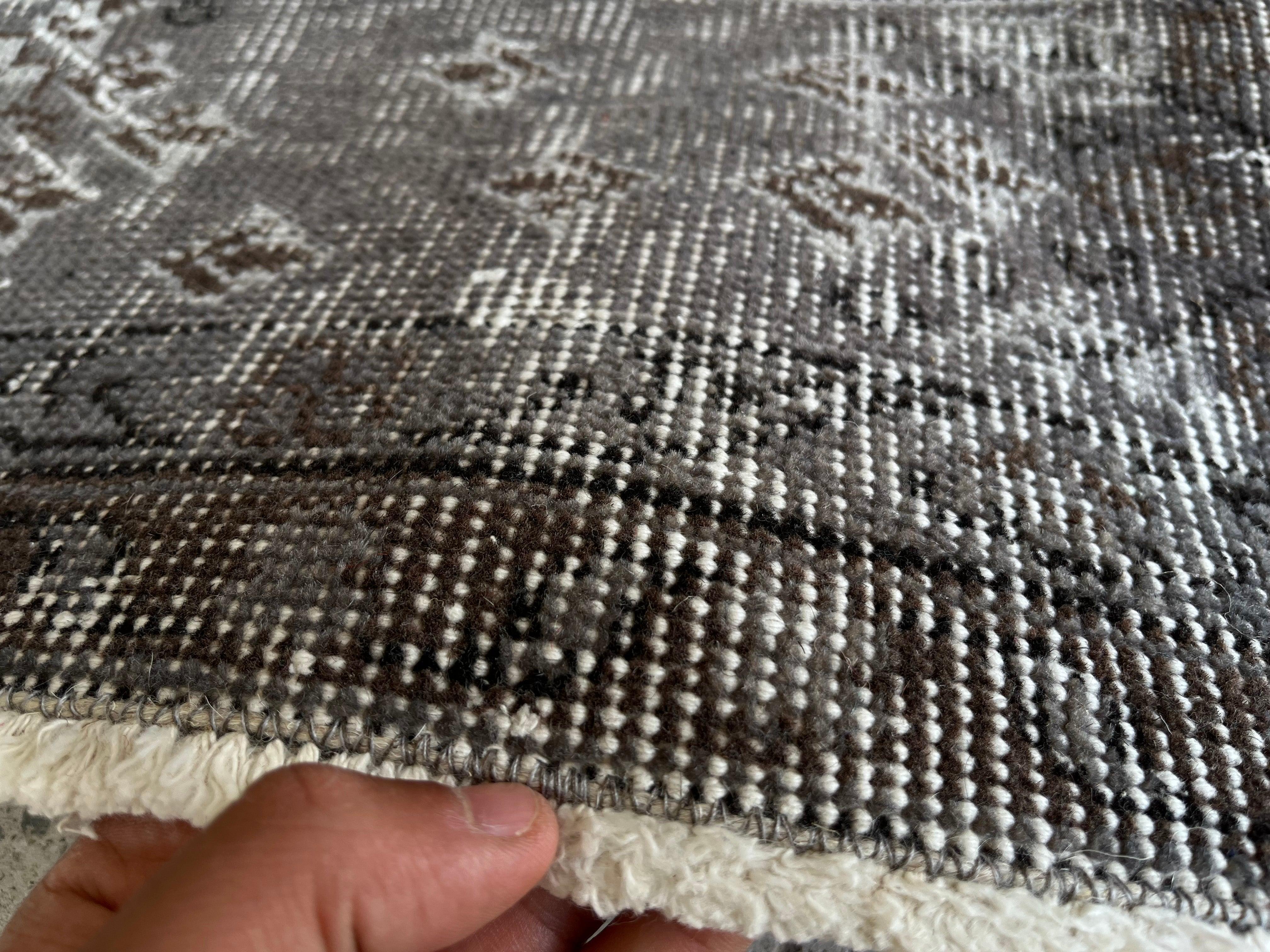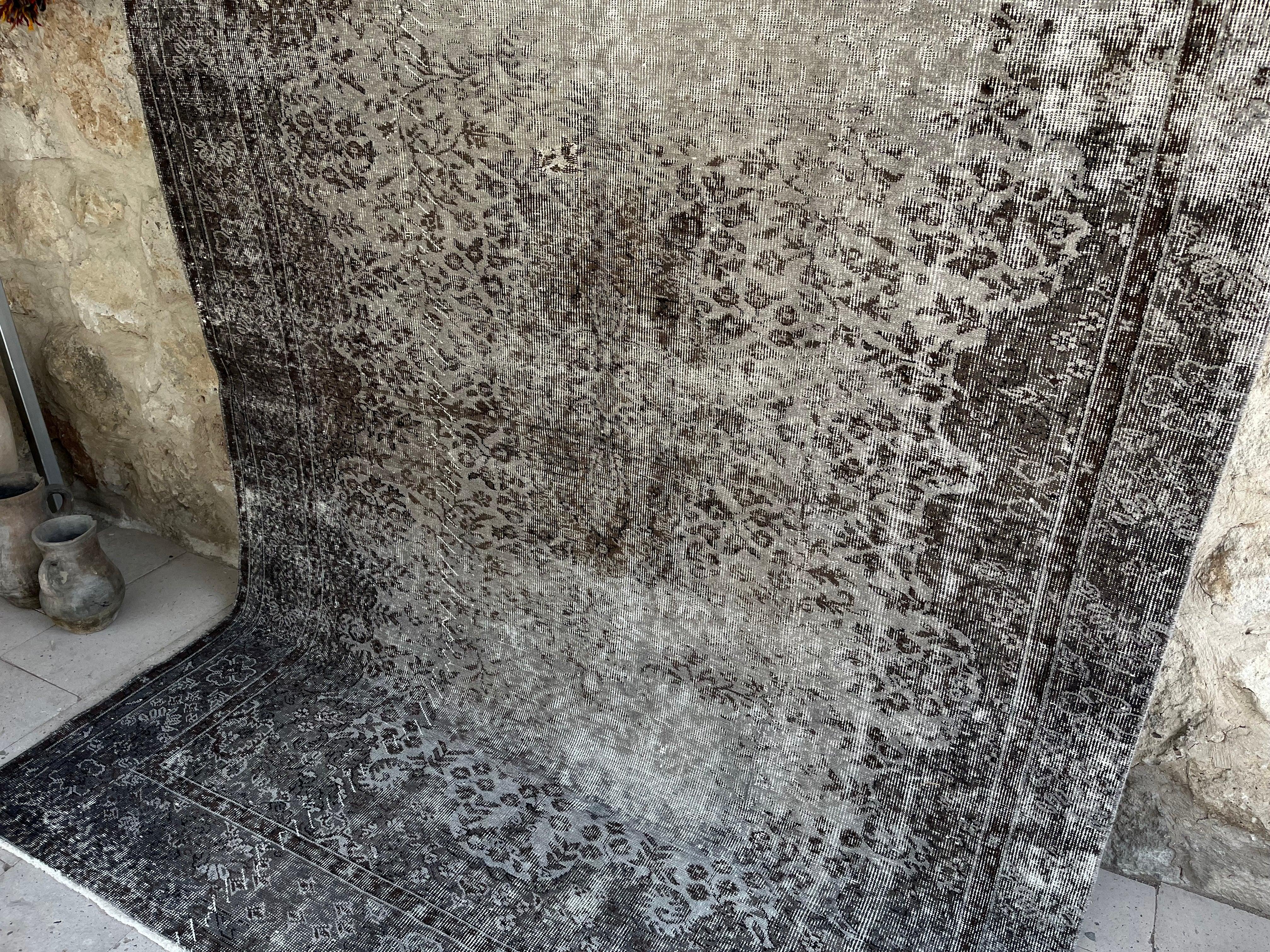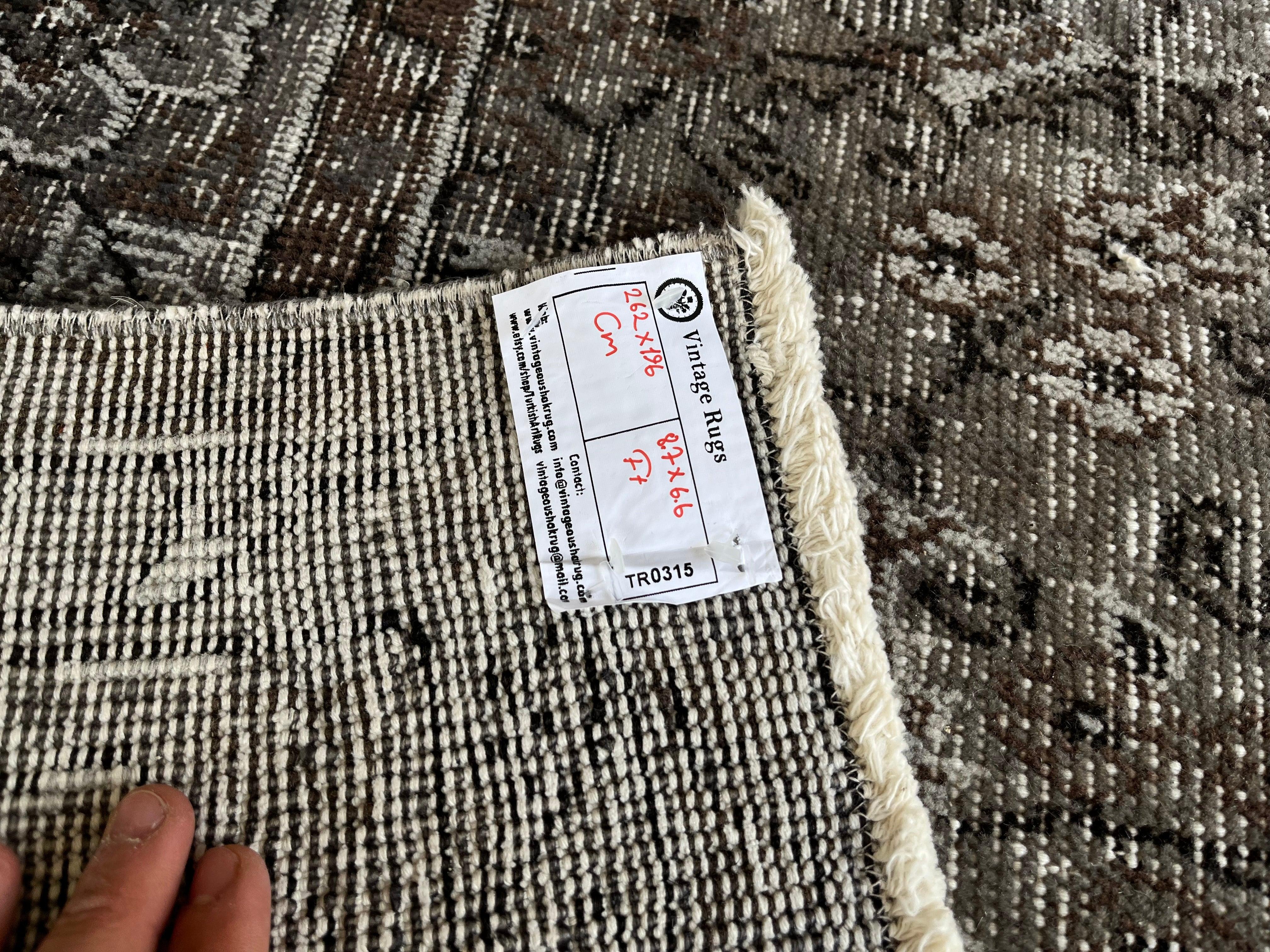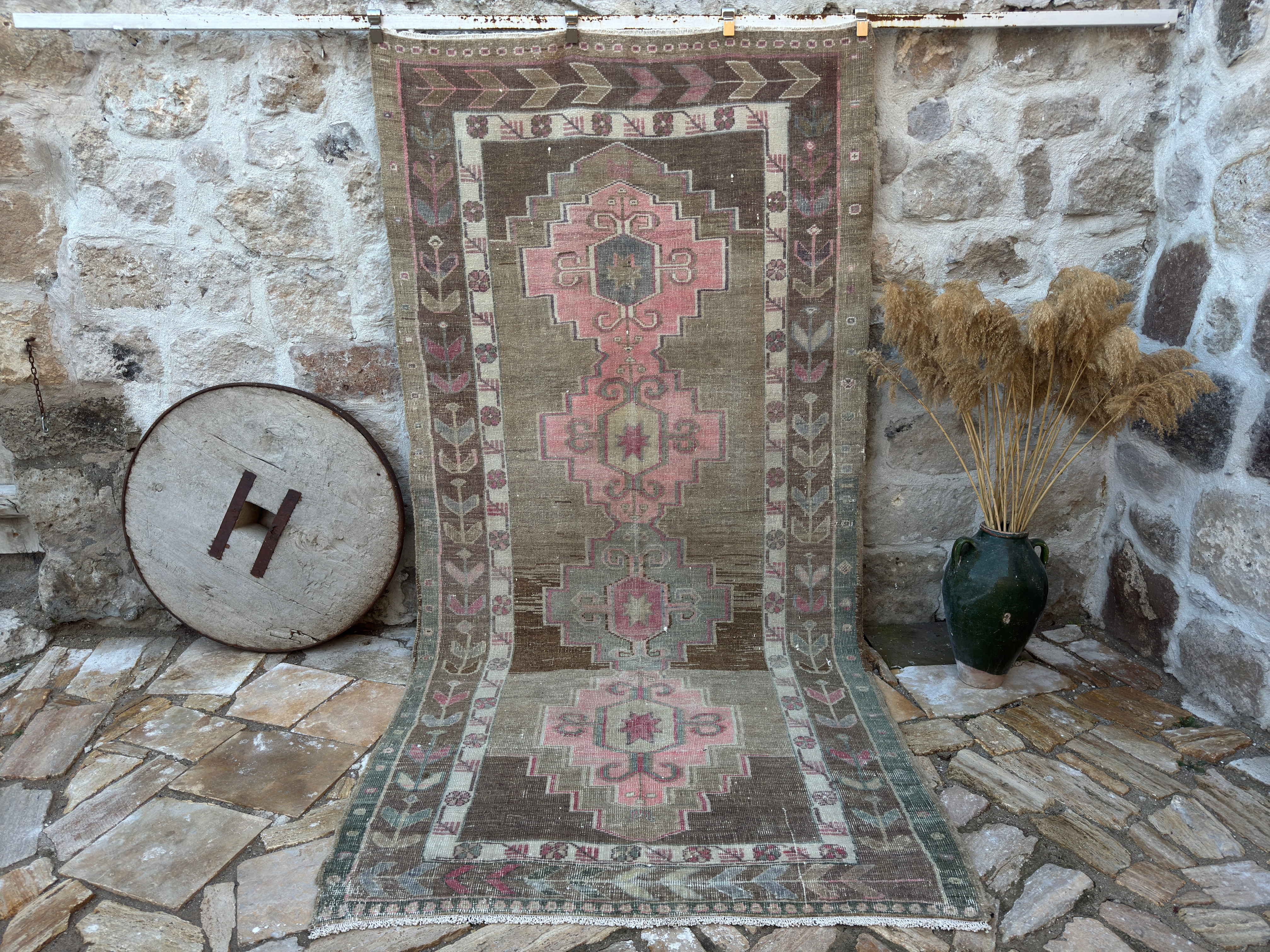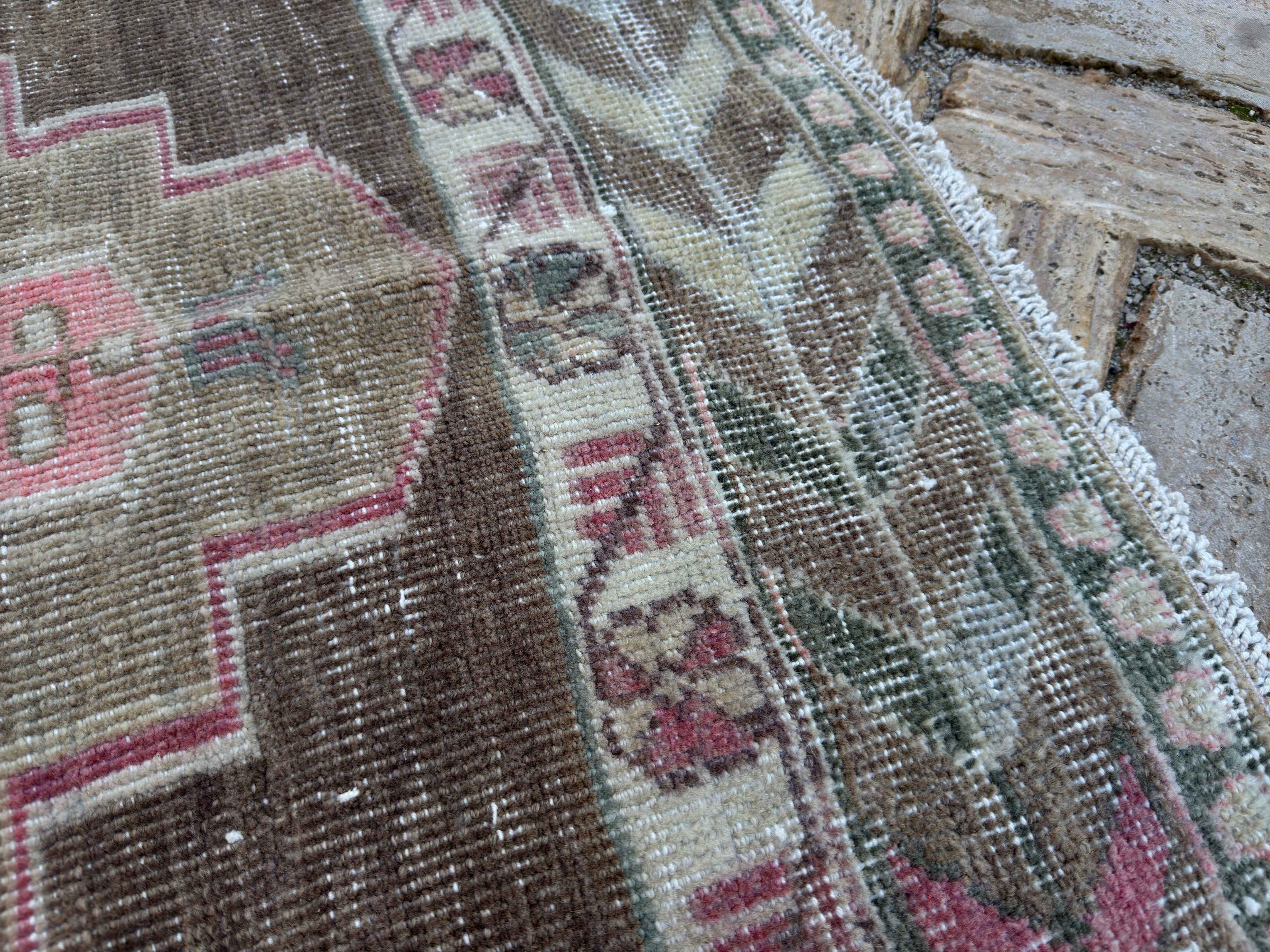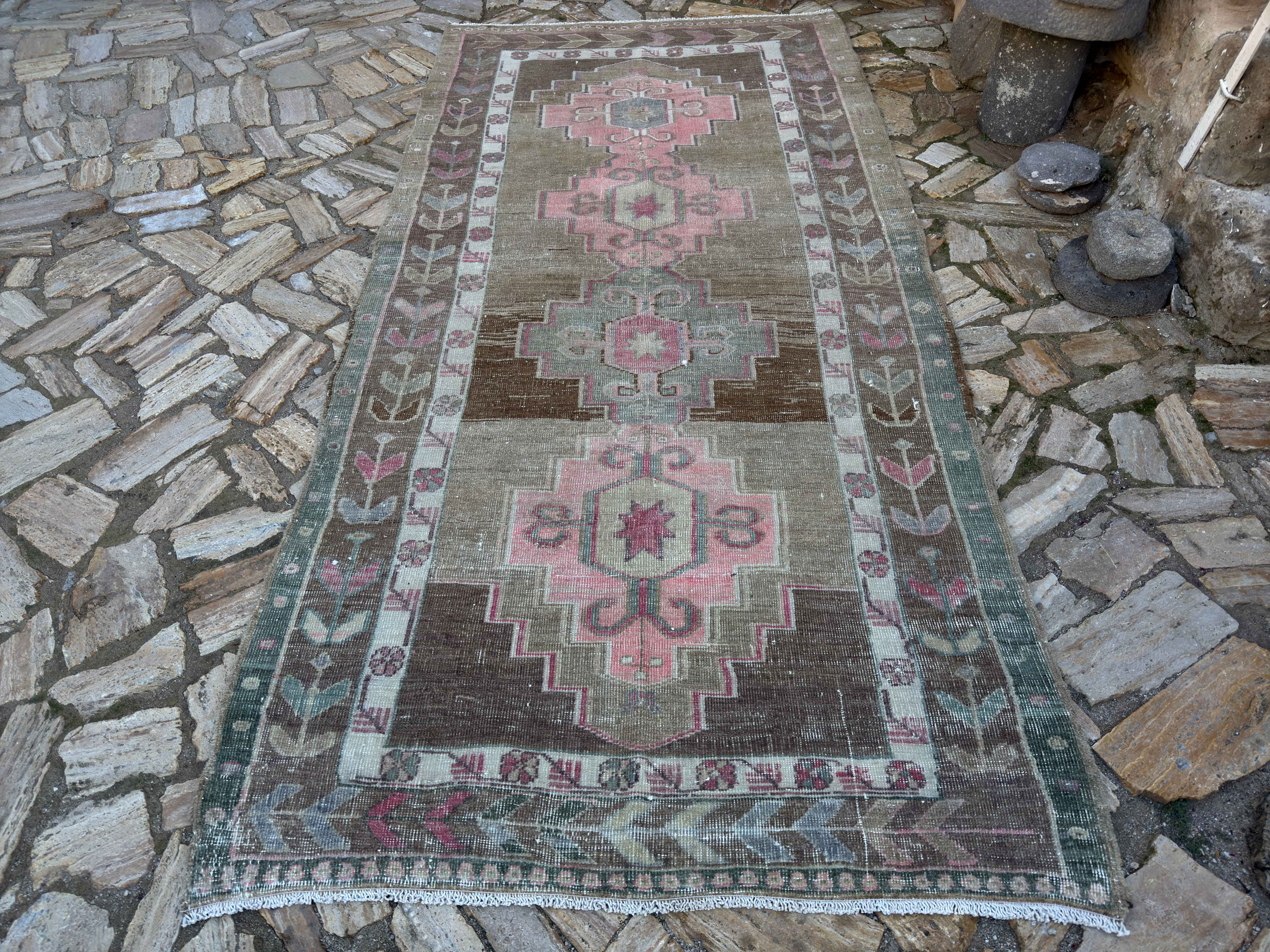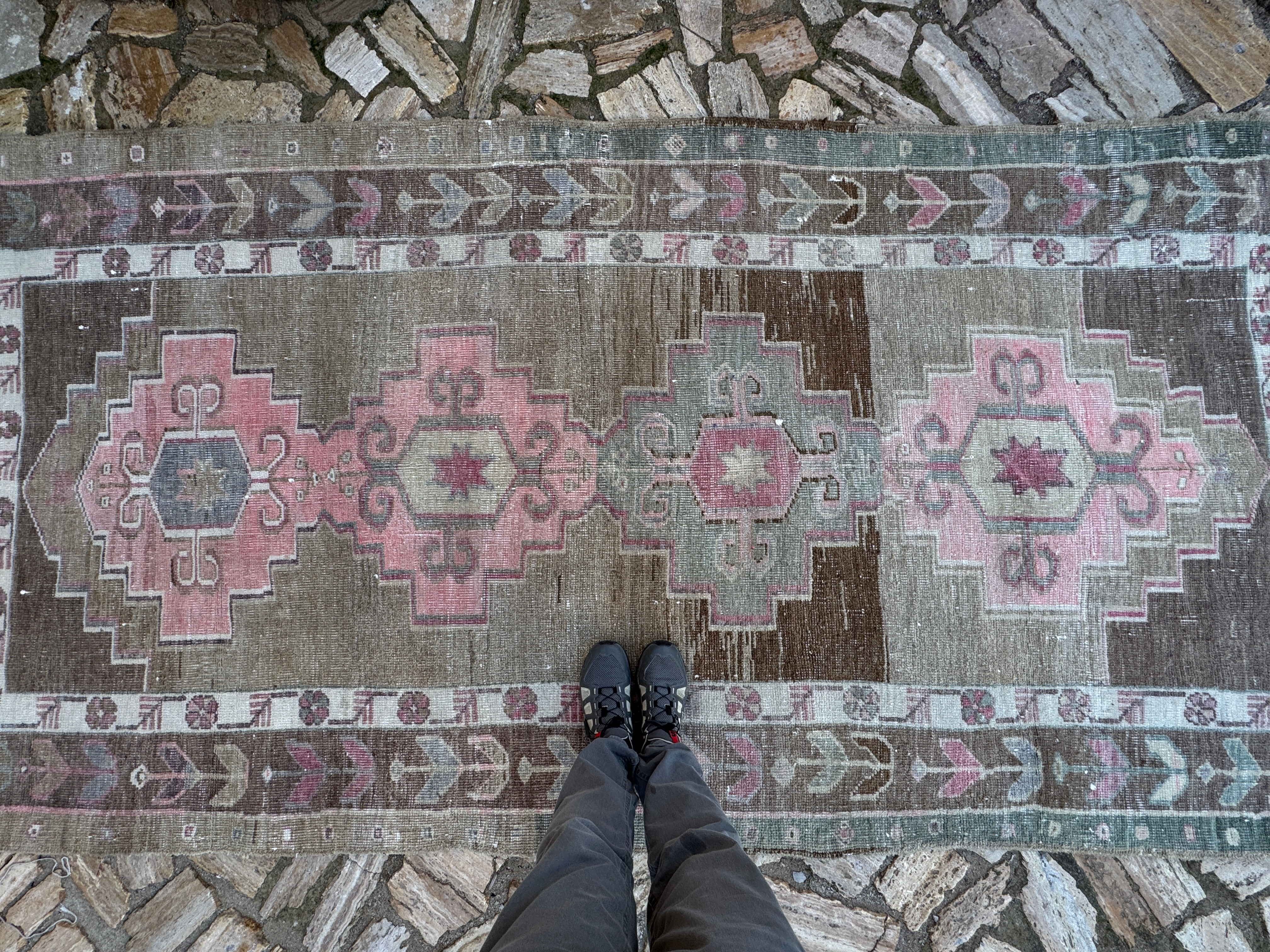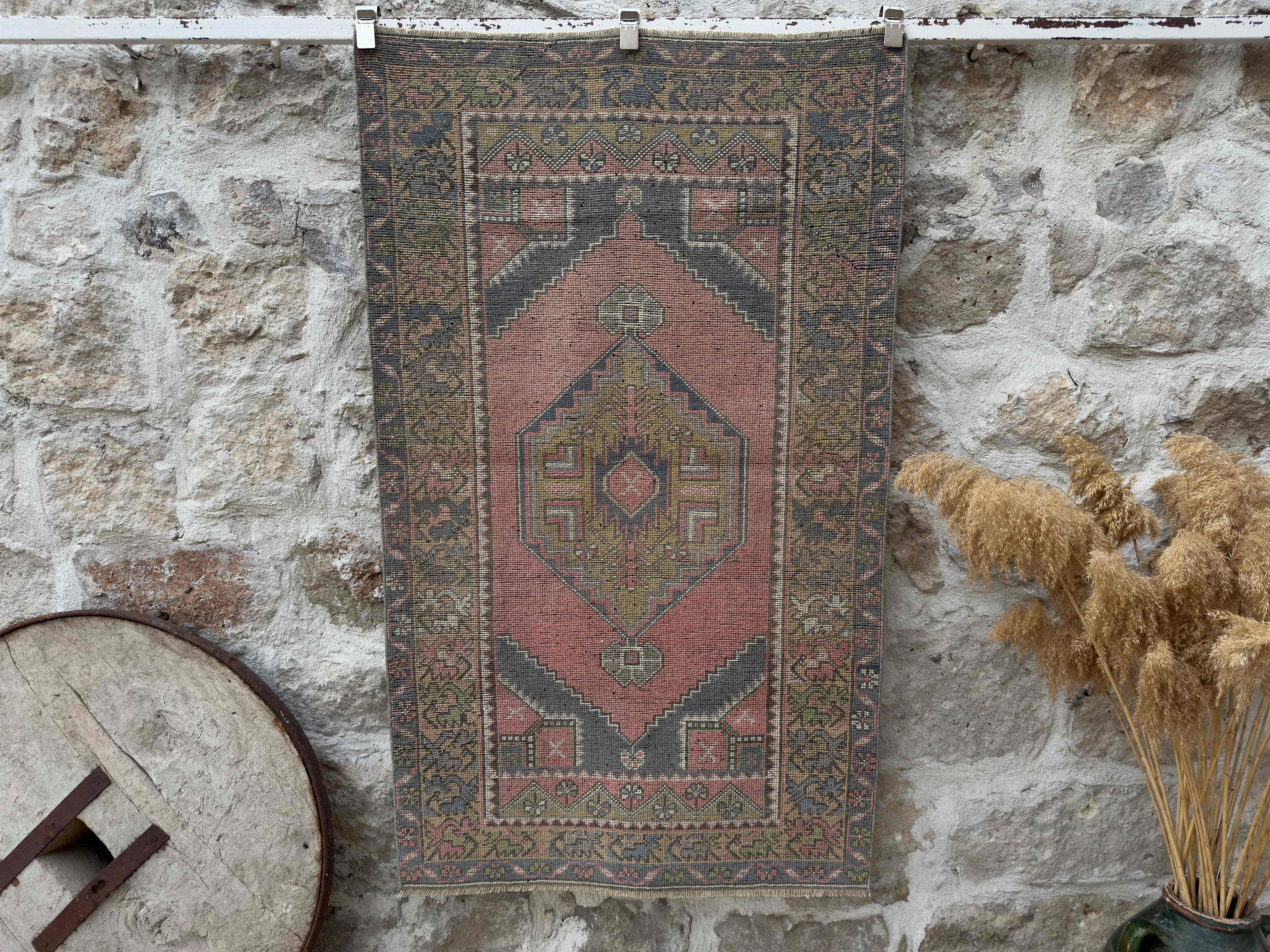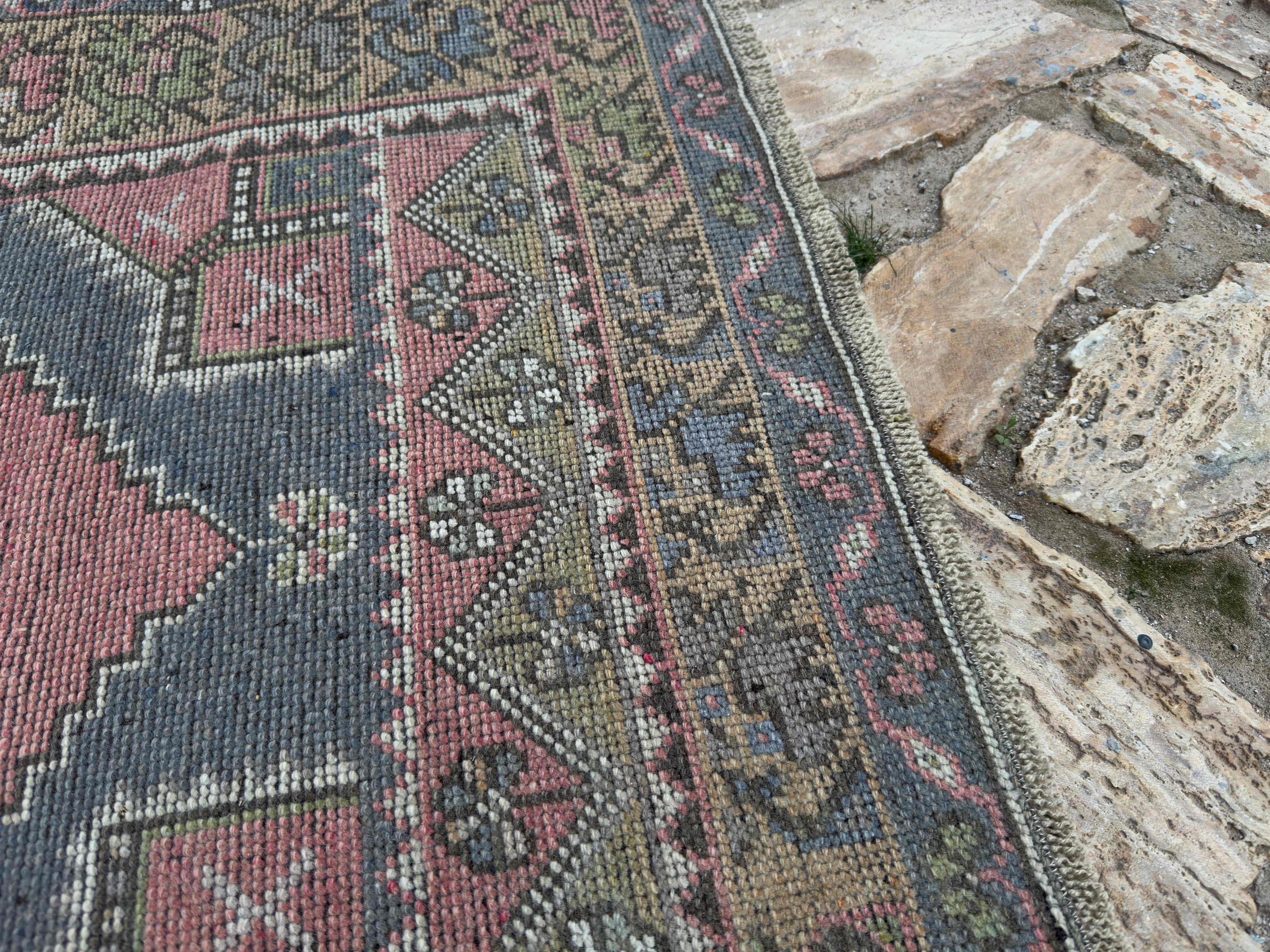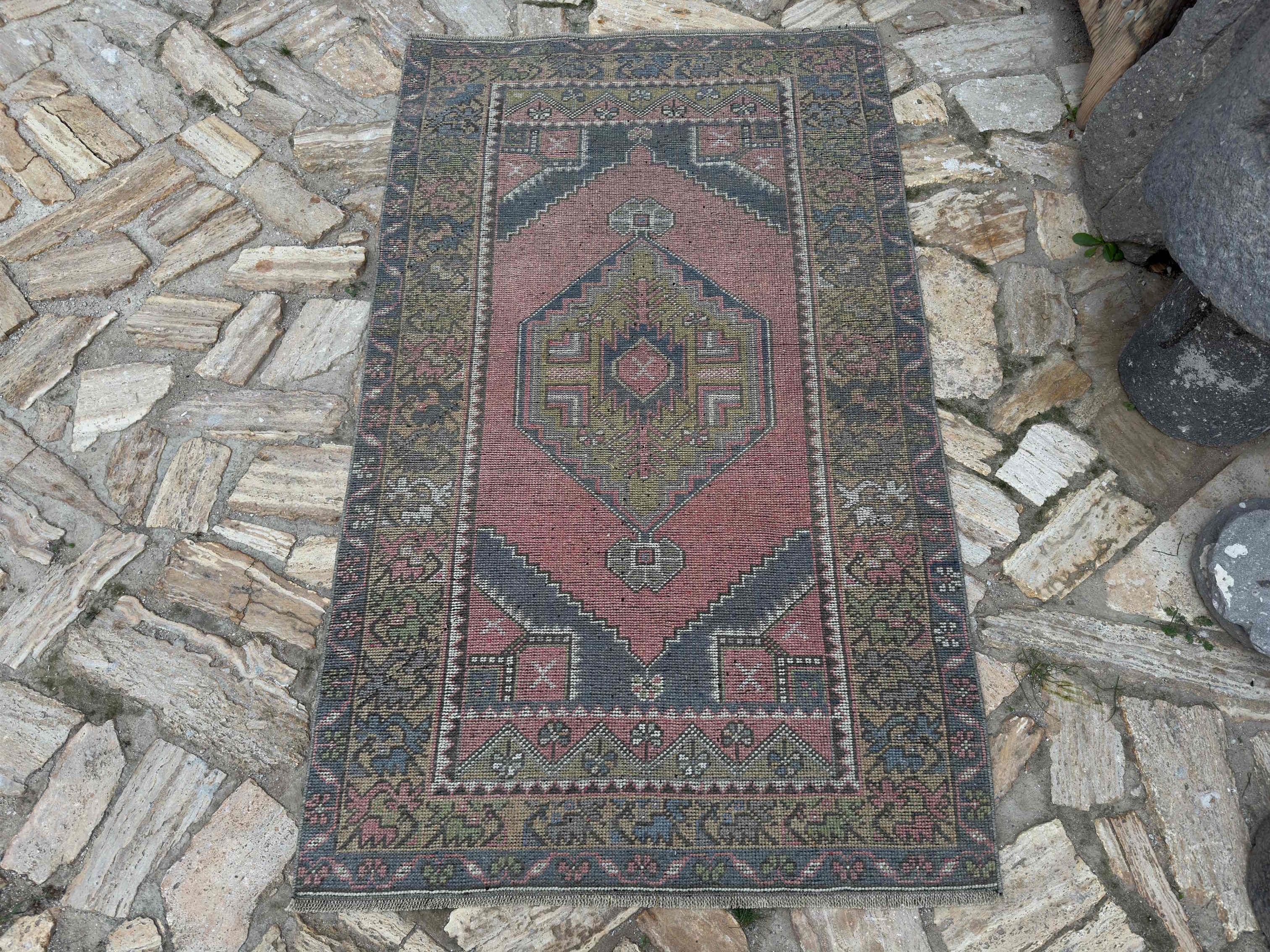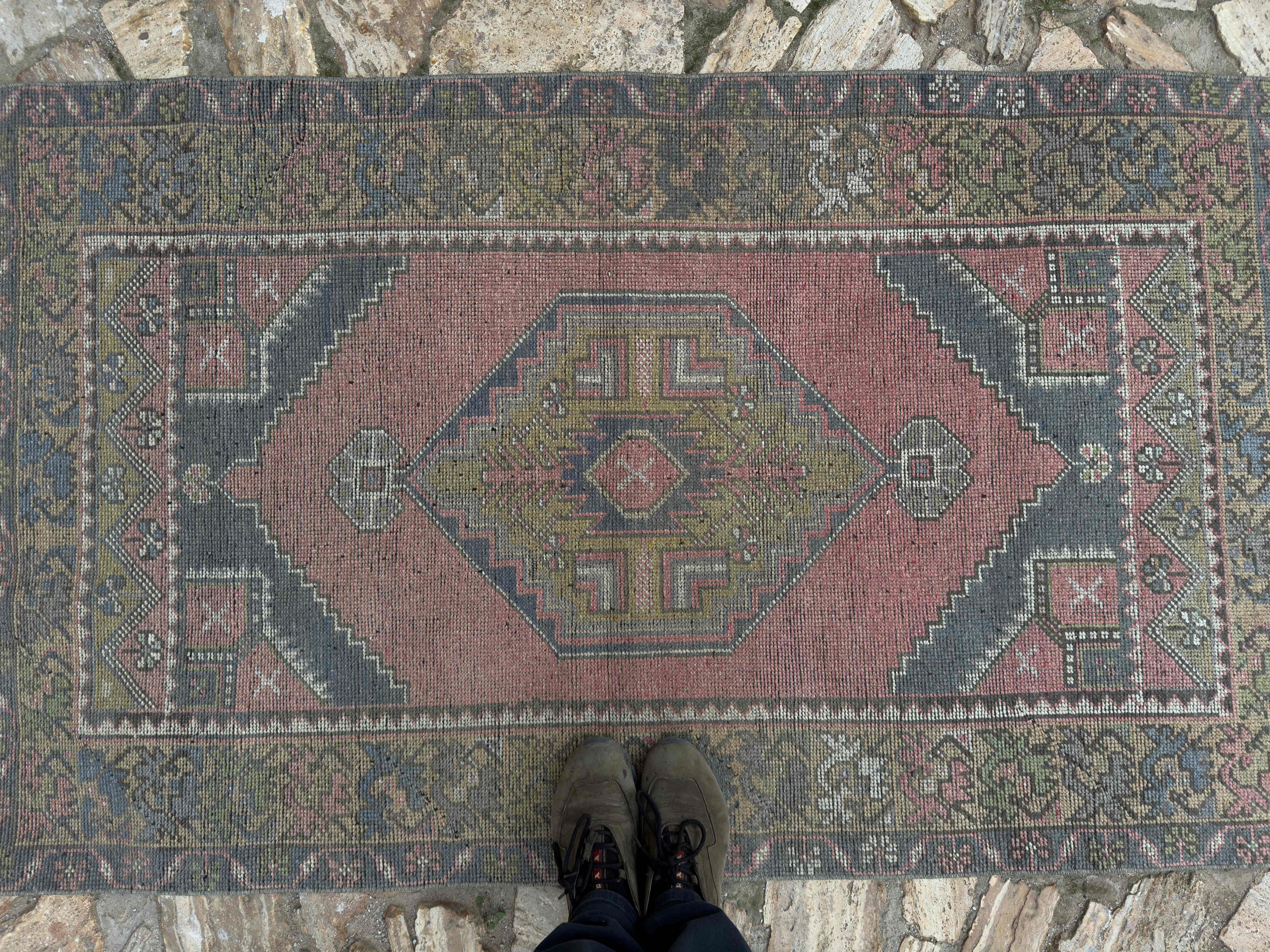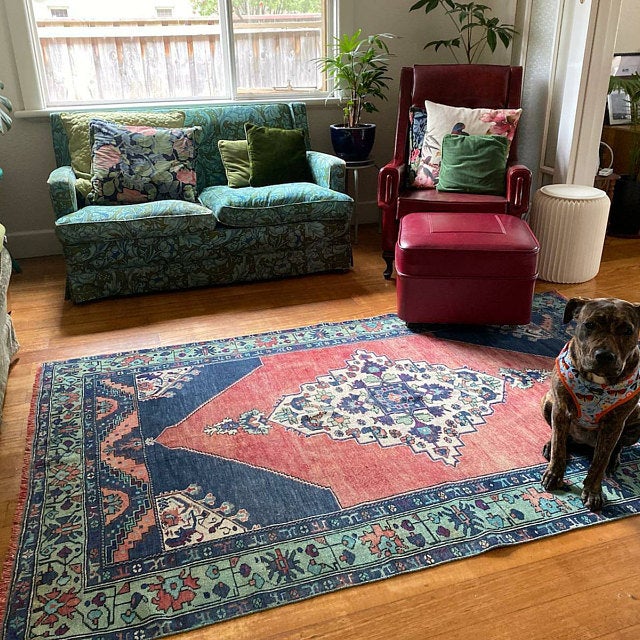It's not just about taking up floor space when you buy an vintage rug. This is a very personal choice that has to do with art, society, and history. The stories that are weaved into these rugs make them more than just pretty things. A well-chosen vintage rug can give your room stability, show off your style, and last for generations. How can you be sure you're making the right choice when there are so many options online and in stores? Before you buy something, here are some important things you should think about.

What Does “Vintage” Really Mean in Rugs?
In recent years, the word "vintage" has become very common, but it's not always what it seems to be. When talking about rugs, "vintage" usually means items that are at least 20 to 30 years old. Many of these rugs were made by skilled craftspeople using methods that have been passed down from generation to generation. They have a personality that new rugs that are made in factories can't match. But because vintage style has become so famous, there are now a lot of copies and fakes on the market.
The fact that Kirmen Rugs only sells real vintage rugs makes us very proud! Every piece in our collection has a fascinating history. They all come from different parts of Turkey and were made by hand by skilled artisans. Every rug we sell is unique, not like cheap copies that are mass-produced. We give a certificate of authenticity with every buy to be honest and build trust with our customers. This document proves where the rug came from, how old it is, and that it was made by hand, so there is no question that it is old.

How to Tell if a Rug Is Hand-Knotted
For first-time buyers, it can be hard to tell the difference between a machine-made rug and a hand-knotted one. But there are a few signs that point the way. Look at the back of the rug first. A hand-knotted rug should have a pattern that is almost as bright on the back as it is on the front. You'll also see small flaws like knots that don't line up right, small differences in size, or edges that aren't smooth. These are not flaws; they are beautiful signs of skillful work.
A hand-knotted rug is made with each knot tied by hand, making the structure strong and long-lasting. On the other hand, the back of machine-made rugs looks more regular and mechanical, and they usually have glue or latex backing. Every item at Kirmen Rugs has been carefully checked out, and we promise that we will only sell hand-knotted pieces. The kindness and personality of the person who made them are in each of our rugs in a subtle way.
Signs of Quality in a Vintage Rug
It's not enough to just look at how nice a rug is; it's also about how well it fits your needs and how long it lasts. The right blanket should look good and be useful at the same time. Wool, cotton, or a mix of the two are often used to make high-quality antique rugs. People love wool because it is strong and lasts a long time. Cotton, on the other hand, makes a rug softer and cozier.
What's important is that the rug's material and density fit what it will be used for. We suggest wool-cotton blends for areas that get a lot of use, like hallways and living rooms. They are the right mix of softness and toughness. A 100% wool rug from southern Turkey can be very soft and warm on your feet in quiet places like bedrooms or baths.
It's important to note that all of the rugs at Kirmen Rugs are very good. Each piece is carefully looked over, cleaned, and, if necessary, gently fixed up so that it doesn't lose any of its unique texture or personality. We think each rug we sell should last for decades, not just years.

How to Pick the Right Size for Your Room
It is very important to pick the right rug size. A rug that is too small can make a room feel empty, and a rug that is too big could take over the room. First, measure the room and make a note of how the furniture is set up. A rug should anchor the room's main pieces, like a sofa, bed, or eating table, and create a visual boundary that separates the space.
Here is a size guide that will help you:
Small rugs, like 2x3 or 2x4, look great in entryways, bathrooms, or as accents.
Medium-sized rugs are 4x6, 4x7, and 5x8 inches. They work well in bedrooms, study nooks, and smaller living rooms.
Large rugs (6x9, 7x10, and 8x10) are great for making living rooms and eating rooms feel more stable.
Runner rugs come in many sizes, but the most popular ones are 3x9 and 3x12. They are made for kitchens and hallways.
Extra-Large Rugs: 8x11, 9x12, and bigger. These are best for open floor plans or places with lots of space.
Want to find out more? Check out all of our vintage rugs, they come in a wide range of sizes and styles.
Are Distressed Rugs a Flaw or a Feature?
This is one of the things we get asked the most. What's the answer? The rug's story tells us what to do. Some vintage rugs are worn down naturally from years of use, while others are faded on purpose to make them look old. This isn't a flaw in either case; it's just a choice for looks.
Part of what makes faded rugs so appealing is that they have soft colors and feel like they've been used. They tell stories about time, the people who walked on them, and the places they used to be. Many of the rugs we sell at Kirmen Rugs have this real, worn-in look that wasn't made in a lab, but grew naturally over time. We want you to see wear as character instead of damage.

How to Care for a Vintage Rug at Home
It's surprisingly easy to take care of an vintage rug. If you take care of your rug regularly, it can last for decades and still look great. Every two weeks, you should slightly beat or shake your rug to get rid of dust and other things that are on it. Turn the rug over once a month to make it look new and give it even wear.
High-quality vintage rugs don't need to be deep cleaned as often as current synthetic rugs do. A well-kept rug can usually go three to five years without being cleaned by a professional. The rugs we sell at Kirmen Rugs are cleaned very well before they are sent out, so you can start using them right away.
Visit our page on how to care for vintage rugs for more specific care guides and methods.
What to Avoid When Shopping for Vintage Rugs
The biggest problem in the market for vintage rugs is making sure they are real. A lot of rugs that are made on a machine are sold as "vintage" or "handmade." Even though these items may look cute in pictures, they don't always last as long or be as unique as real hand-knotted rugs.
Always ask where the rug came from, what materials it is made of, and how it was put together. Stay away from sellers who aren't clear or who give you a lot of information. Prices that seem too low to be true may be a sign that something is wrong.
At Kirmen Rugs, we ship all over the world for free and include a proof with every rug that says it is real, hand-knotted, and old. We think that quality and openness should go hand in hand.

Why You Don’t Need to Be an Expert to Buy One
It can be hard to find your way around the world of vintage rugs when there are so many types and claims that don't match up. The good news is that you don't need to be an expert to buy a real, beautiful rug. You do need a source you can trust.
There are a lot of online stores that sell rugs that say they are "handmade" or "vintage" when they are actually made by machines. All too often, people do this. That's why it's so important to buy from a seller who has a good name for honesty and quality. Kirmen Rugs can give low prices without sacrificing quality because we are based in Turkey. There aren't any middle guys. This not only keeps our prices low, but it also makes sure that every rug we buy, clean, and sell is honest.
Our goal is to make real rugs easy to find. We've made the whole process easy and stress-free, from the free shipping around the world to the full product descriptions and simple returns.
Want to find the right thing for your house? Check out our selection of vintage rugs that are now for sale.


